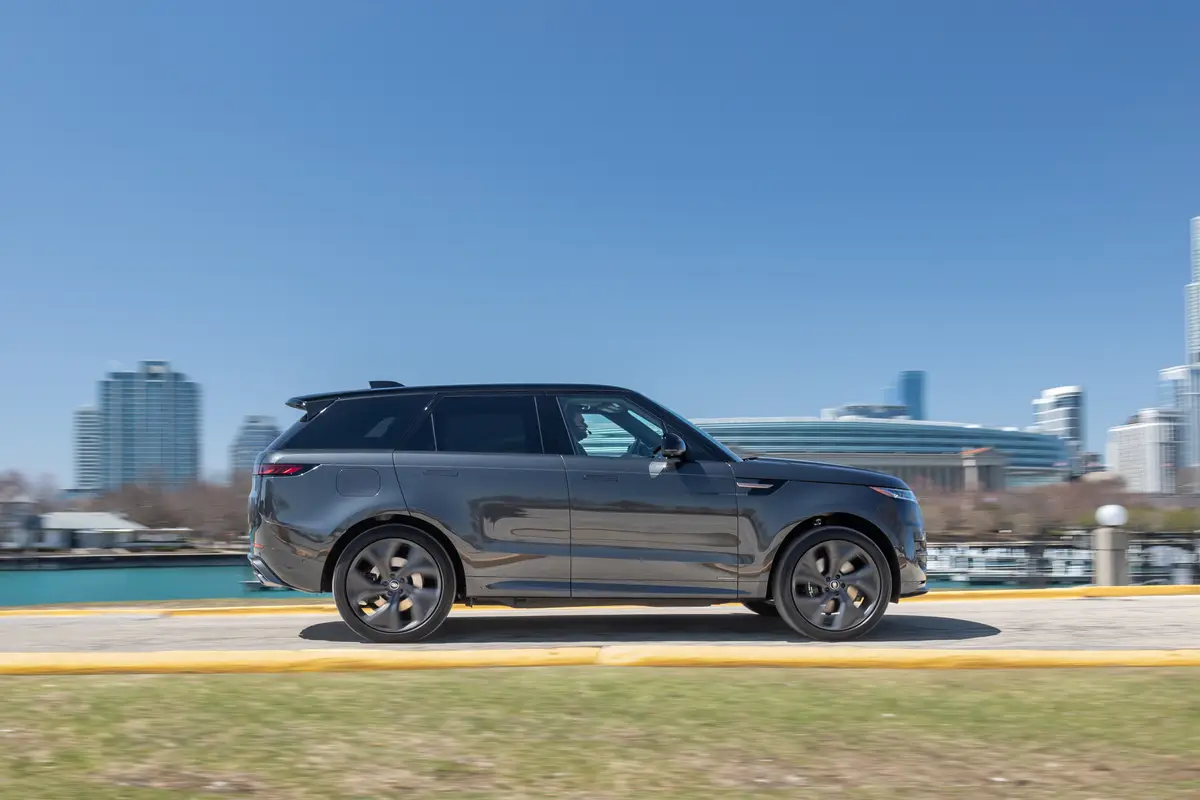2025 Mazda CX-30 Review: Pushing Toward Premium
Is the Mazda CX-30 a Good SUV?
- If quick acceleration, athletic handling and an upscale interior are more important to you than generous backseat and cargo space — and you’re willing to pay a bit extra for those traits — the 2025 Mazda CX-30 is a standout subcompact SUV you should consider.
How Does the Mazda CX-30 Compare With Other Subcompact SUVs?
- Mazda’s recent effort to push the brand upmarket means the CX-30 straddles the line between mainstream and luxury marques — particularly the top-of-the-line 2.5 Turbo Premium Plus trim. Turbocharged versions of the Hyundai Kona and Kia Seltos are appropriate rivals of the base-engine CX-30, while the turbocharged Mazda compares favorably with the Audi Q3, BMW X1, Mercedes-Benz GLA and Mini Countryman S — even without the same brand prestige those rivals have.
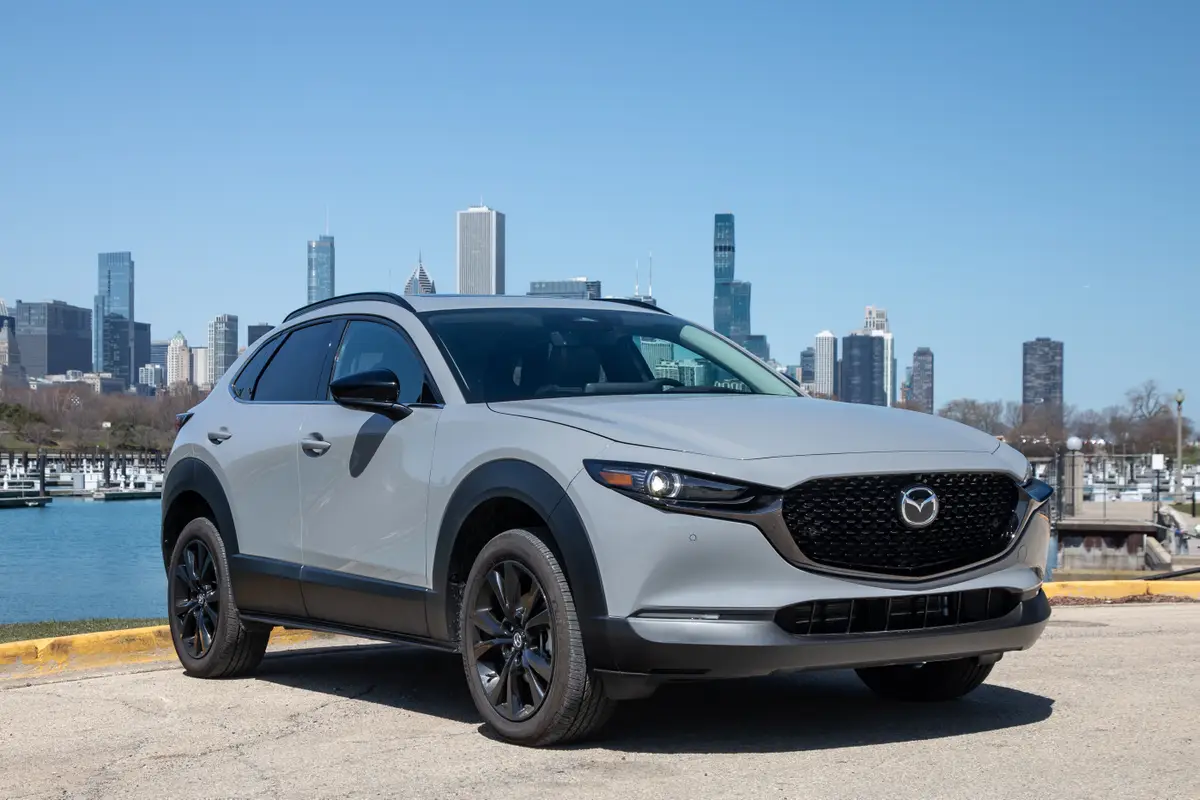
2025 Mazda CX-30 | Cars.com photo by Christian Lantry
What Is the Mazda CX-30?
The CX-30 is Mazda’s smallest and most affordable SUV; it slots beneath the compact CX-5 and CX-50 in Mazda’s lineup. The CX-30 hasn’t changed a lot since its debut for the 2020 model year; the biggest update so far has been an available turbocharged 2.5-liter four-cylinder engine that arrived for 2021, joining the normally aspirated 2.5-liter four-cylinder that comes standard. For 2025, the CX-30 gets available Alexa Built-In voice control and online navigation with live traffic data and over-the-air updates, as well as a new available extra-cost paint color called Aero Gray Metallic.
Related: 2025 Mazda CX-30: Alexa Built-In Now Available, Priced From $26,415

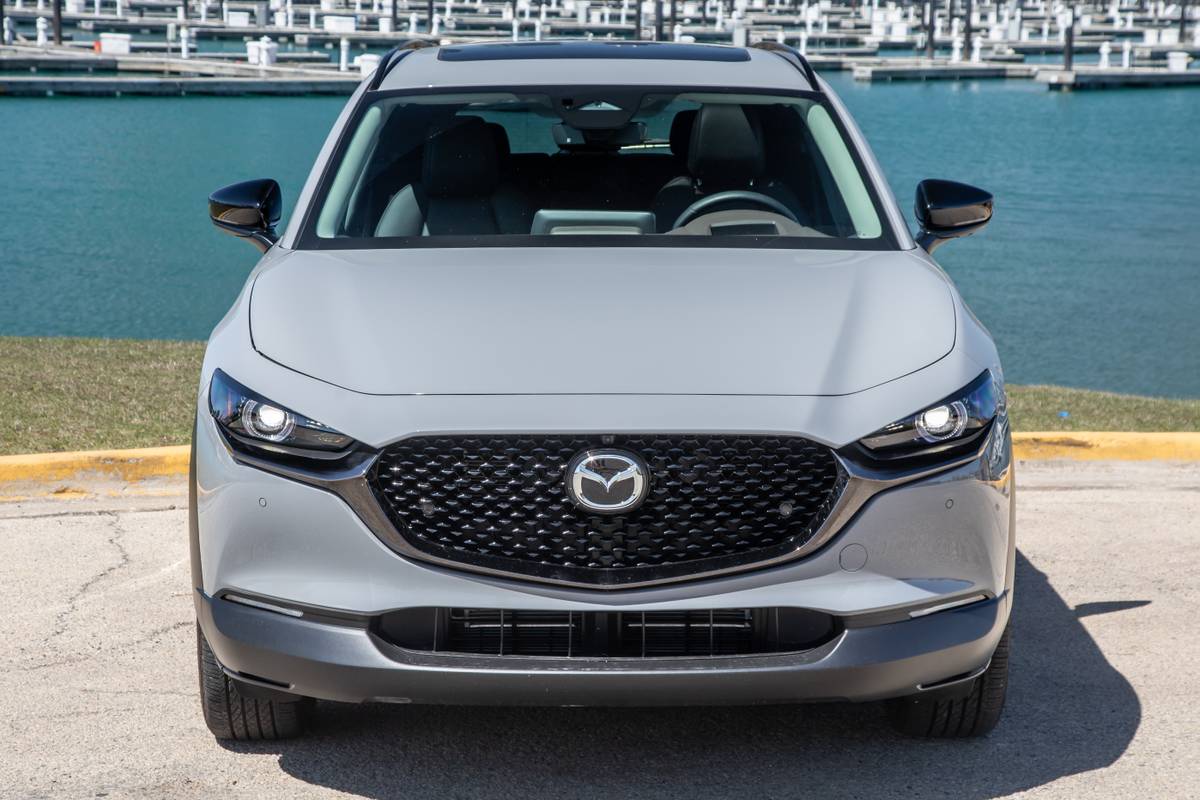

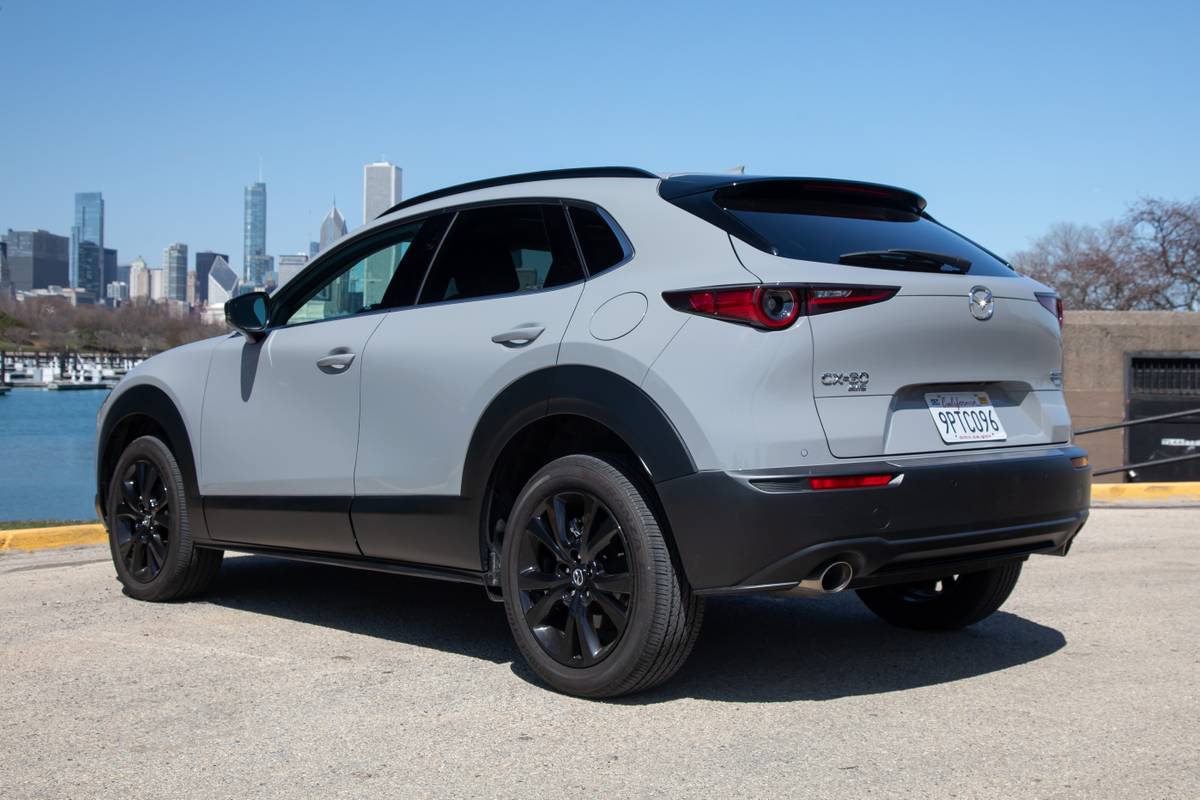
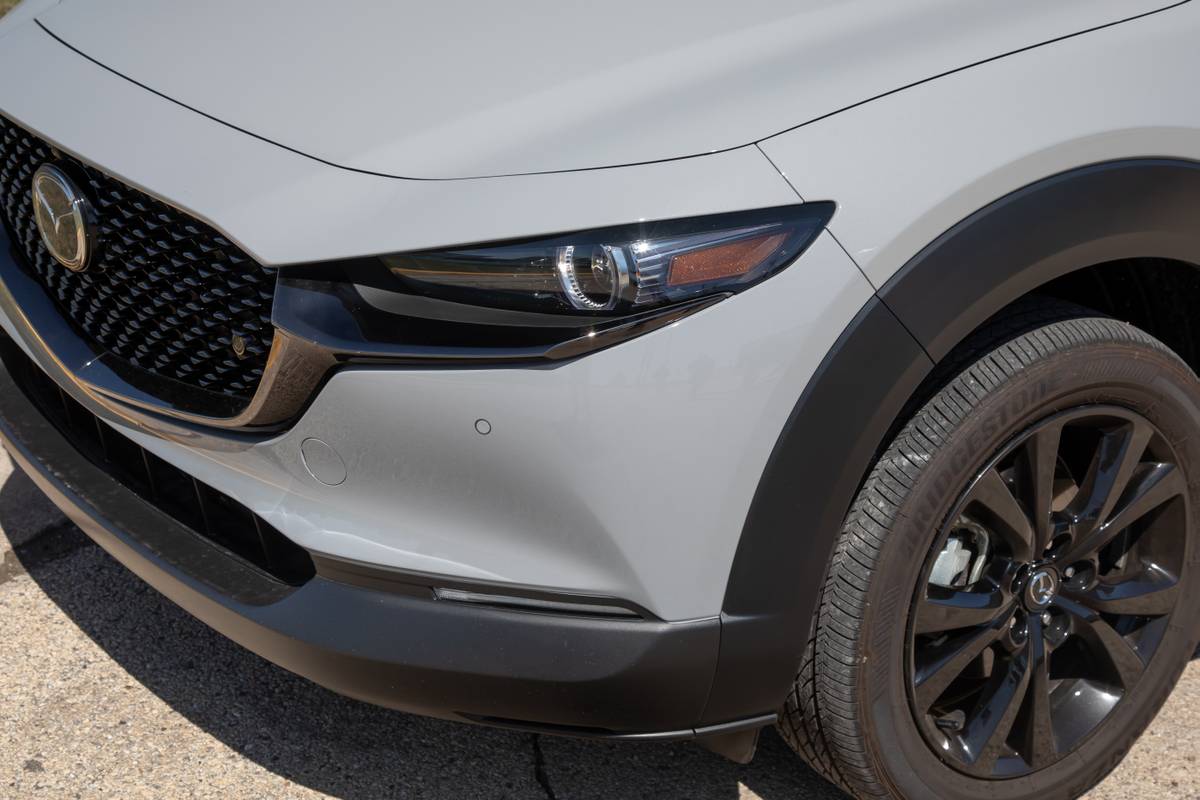

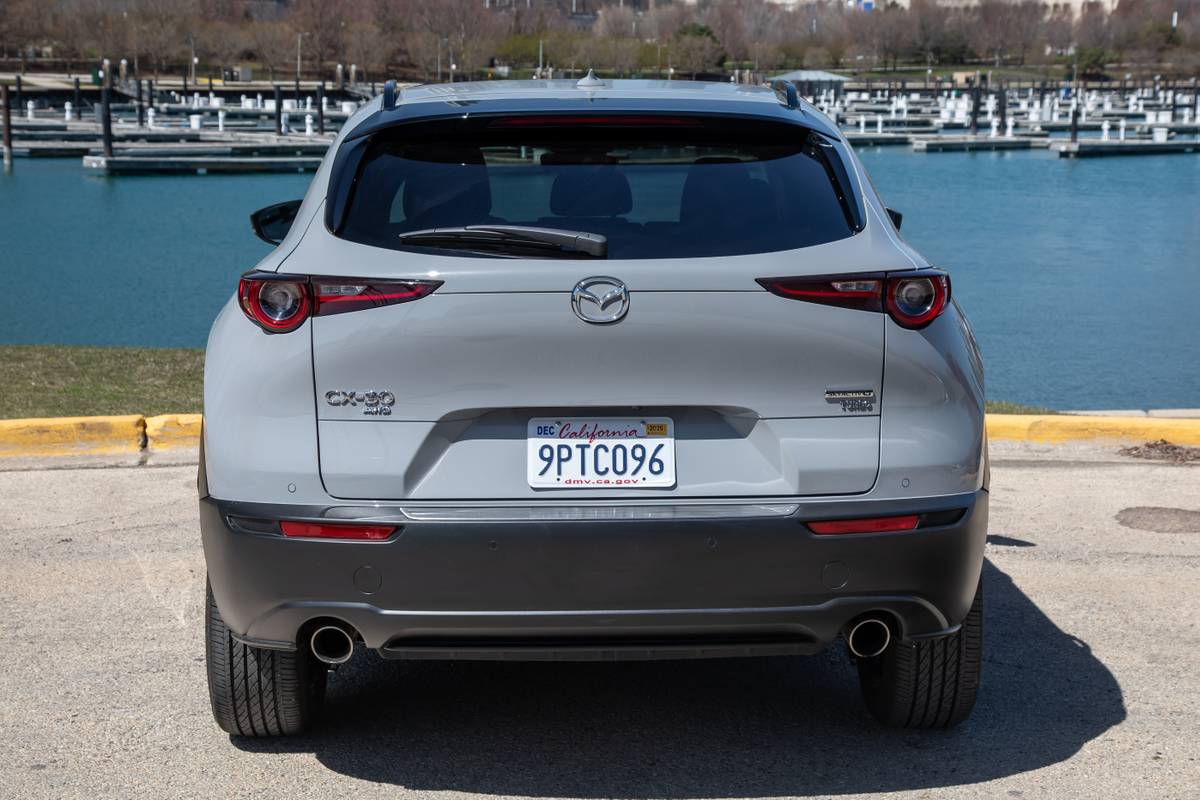
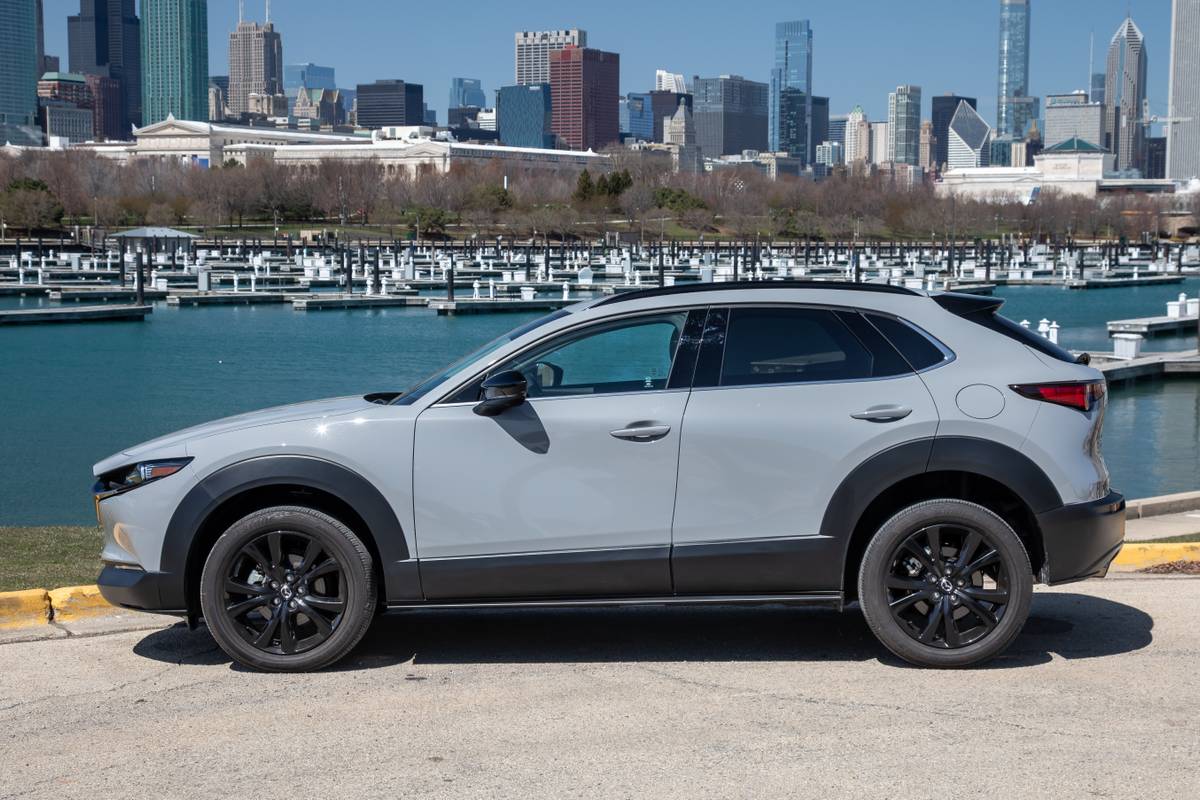
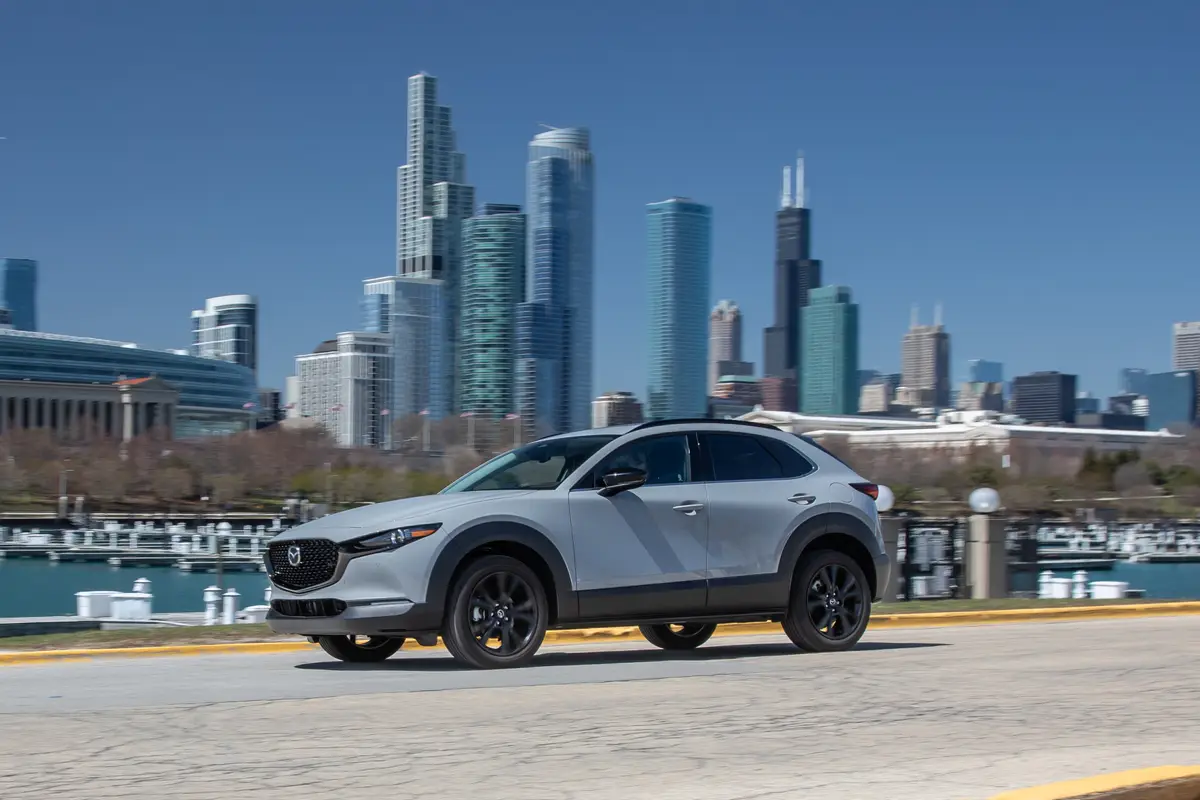
1 / 92025 Mazda CX-30 | Cars.com photo by Christian Lantry
All-wheel drive is standard on every CX-30. The base engine makes a respectable 191 horsepower, while the turbo version increases output to 227 hp when running on regular gas and 250 hp on 93-octane premium fuel. The turbo engine’s numbers handily top every mainstream-brand subcompact SUV, but turbo versions of the Hyundai Kona and Kia Seltos are on par with the base CX-30’s output, as is the new-for-2025, near-luxury Acura ADX.
At least on the horsepower front, the turbo CX-30’s closest competitors are entry-level versions of European luxury subcompact SUVs, all of which are powered by turbocharged 2.0-liter four-cylinder engines: the Audi Q3 (228 hp), BMW X1 xDrive28i (241 hp), Mercedes-Benz GLA250 (221 hp), Mini Countryman S (also 241 hp, as the Countryman shares its platform and engines with the X1) and Volvo XC40 (247 hp).
Related Video:https://players.brightcove.net/1578086878/HyOJ1bP6_default/index.html?videoId=6372797425112
How Does the Mazda CX-30 Drive?
We drove a CX-30 2.5 Turbo Premium Plus on premium gas, and it feels as gutsy as its horsepower rating implies. The engine delivers linear power with minimal turbo lag — briskly getting up to speed on freeway on-ramps or zipping forward to an opening in traffic feels smooth and relatively effortless. The CX-30’s lone transmission is a six-speed automatic, which is a bit behind the times; seven-, eight- and nine-speed automatics are the norm these days. Even so, Mazda’s gearbox is just fine, matching nicely with the engine to deliver crisp, timely shifts.
In addition to that healthy horsepower rating, the rest of the CX-30’s driving personality is athletic, too. The steering feel is wonderfully responsive and communicative while still effectively filtering out harshness from rough pavement and other road imperfections. Likewise, the suspension strikes an excellent balance between cornering prowess and ride quality. Among the current crop of mainstream-brand subcompact SUVs, the turbo CX-30 is the most agile and fun to drive, and its handling compares favorably to those European luxury-brand SUVs.
How Nice Is the Mazda CX-30’s Interior?
In Premium Plus trim, the CX-30’s cabin ambiance is a step above its mainstream rivals. Supple leather upholstery and high-quality materials provide a convincingly luxurious feel, as do standard features like a head-up display, 360-degree camera system and excellent Bose premium audio system.
About the make
Mazda
Mazda is a Japanese automaker known for driver-focused vehicles with premium interiors that are a step above what other mainstream brands offer.
Latest news
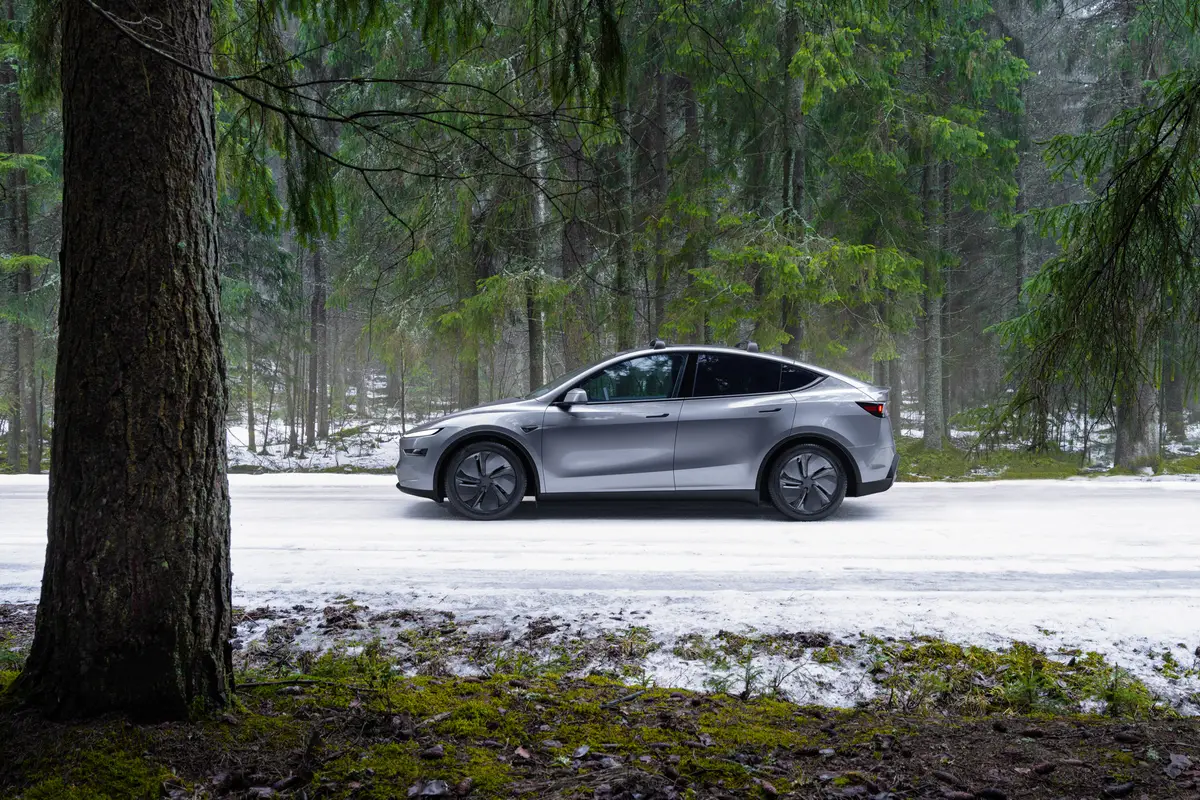
News
Cheaper Tesla Model Y Expected to Debut Oct. 7
By Jared Gall
October 6, 2025
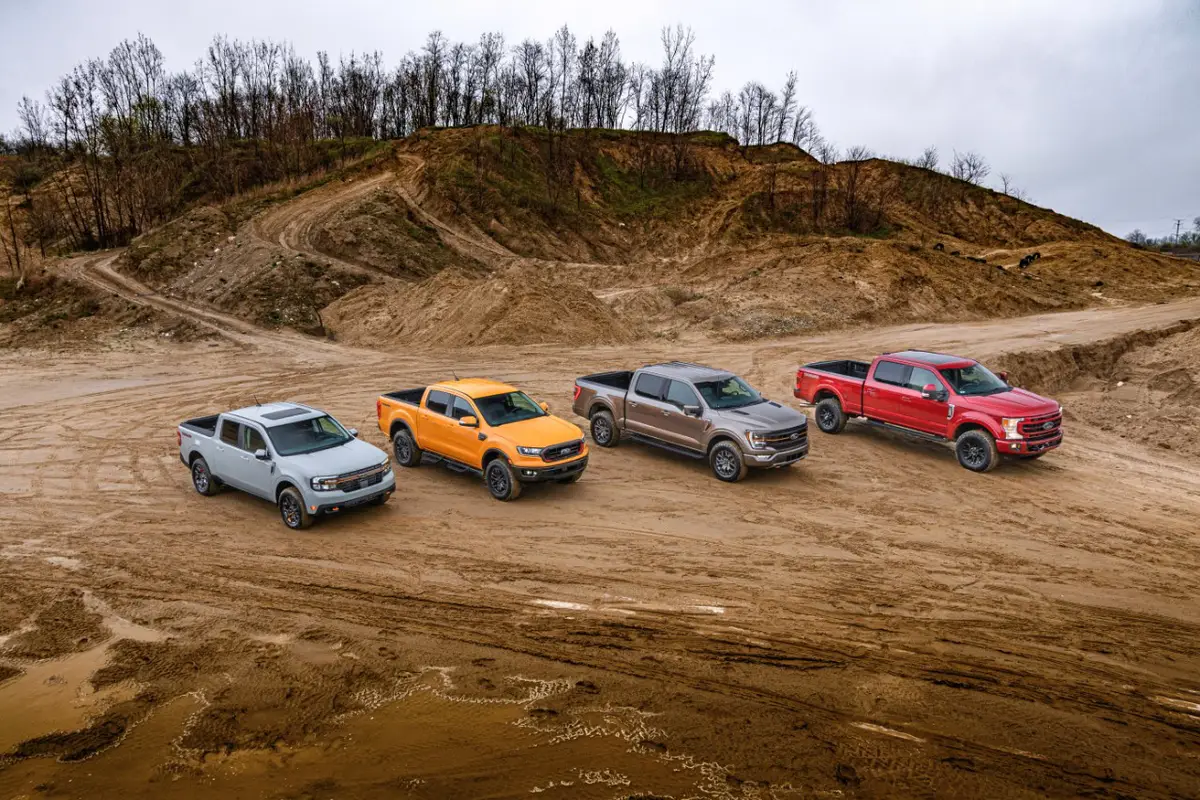
News
What Does Half-Ton, Three-Quarter-Ton, One-Ton Mean When Talking About Trucks?
By Aaron Bragman and Joe Bruzek
October 6, 2025
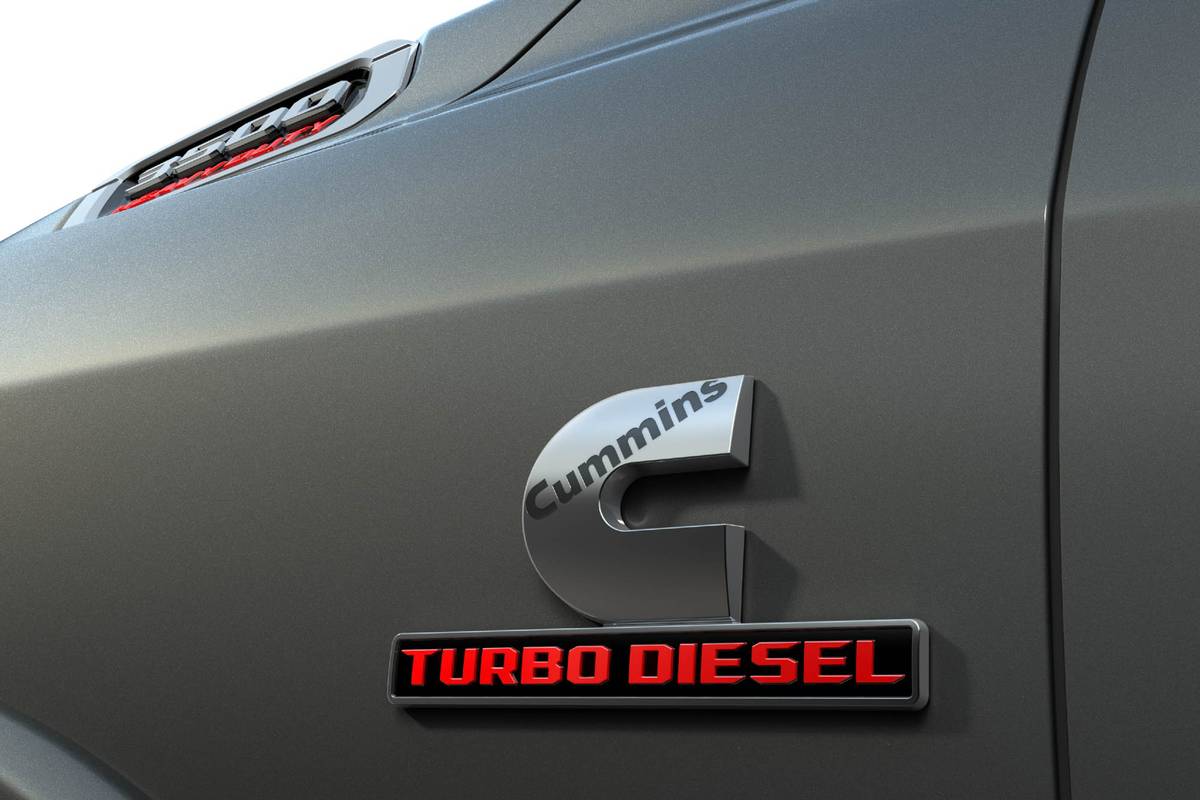
News
Pickup Trucks 101: Gas Vs. Diesel, Which Is Better?
By Aaron Bragman and Matt Barnes
October 6, 2025
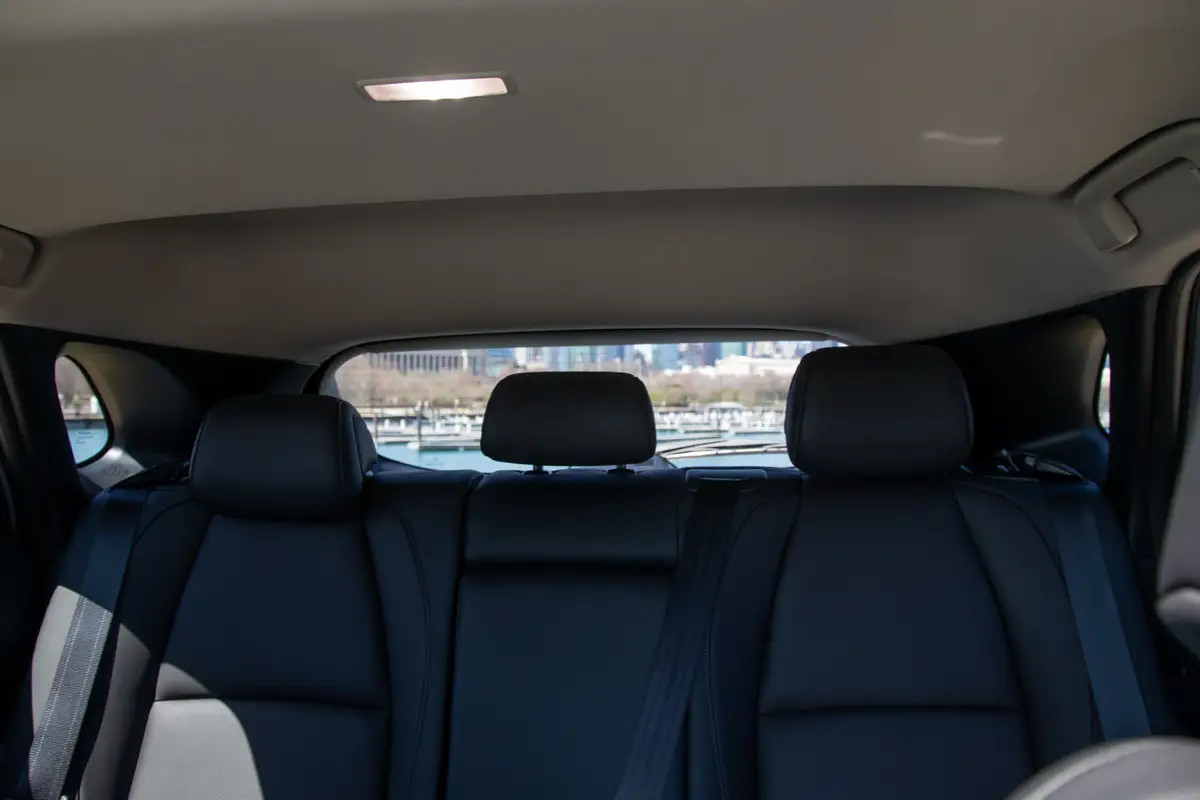
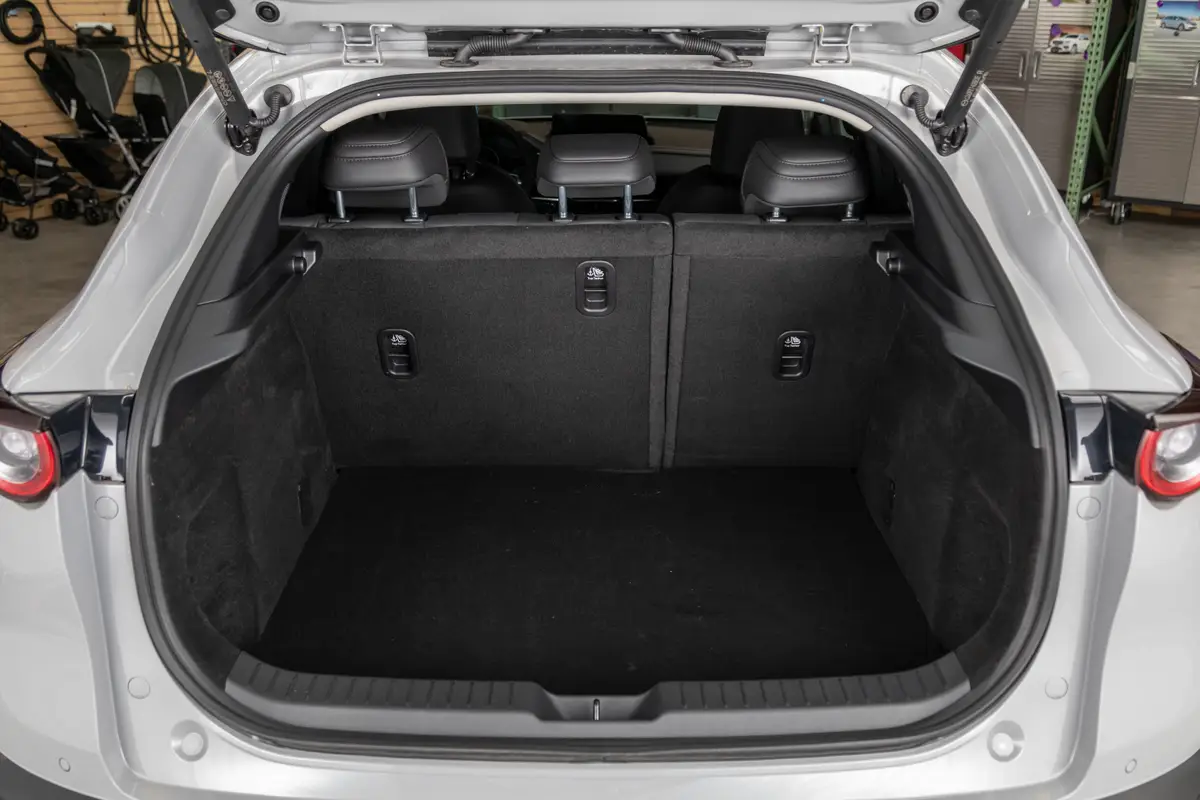
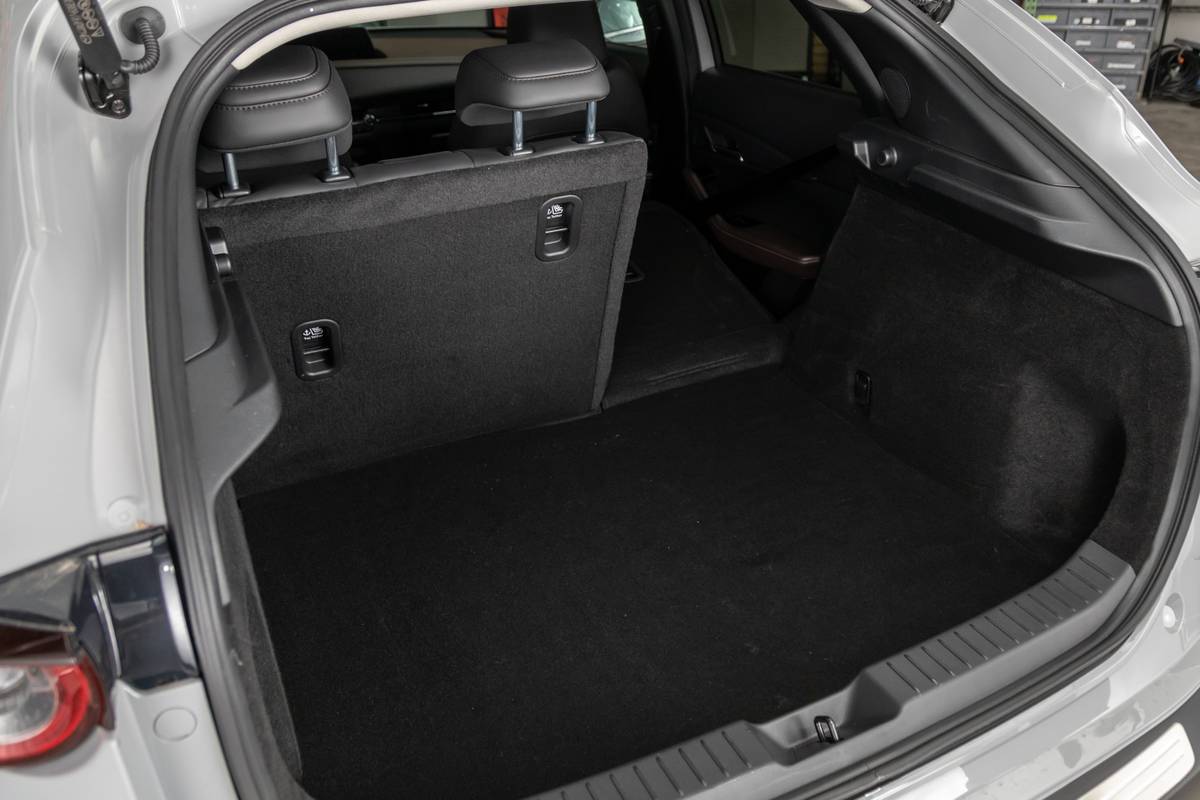
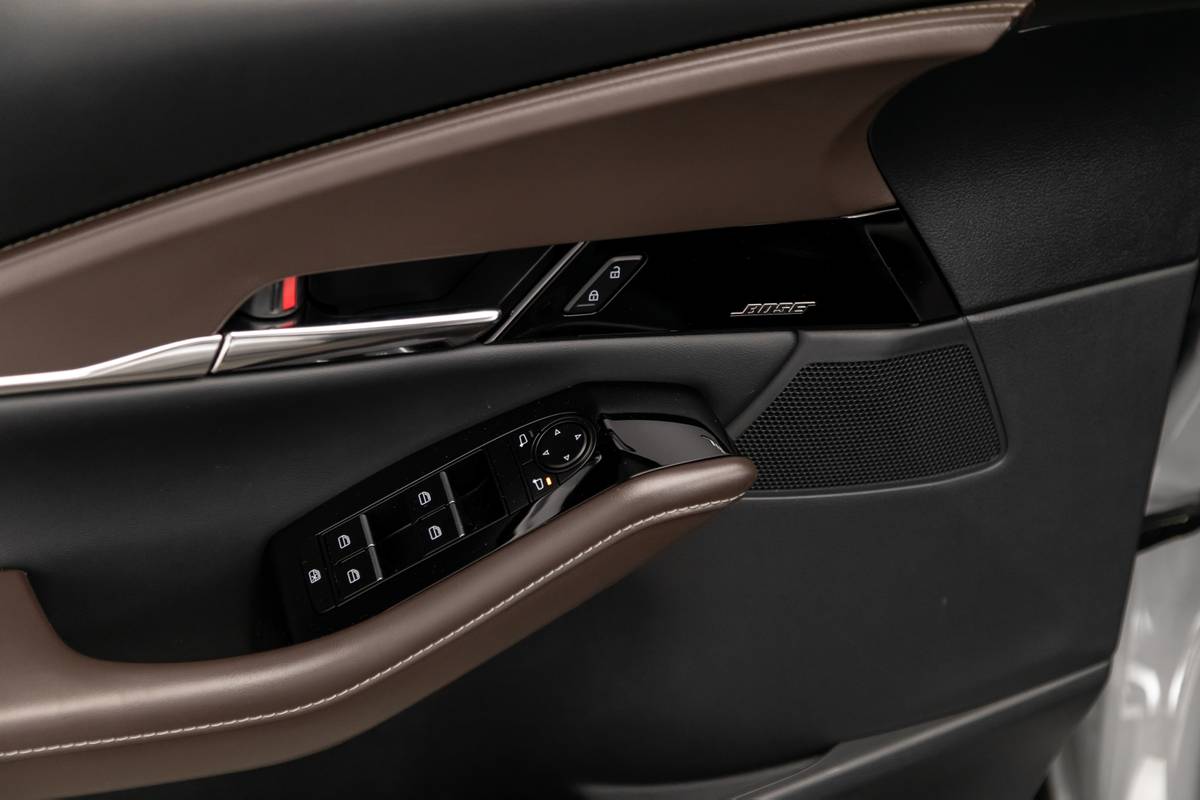
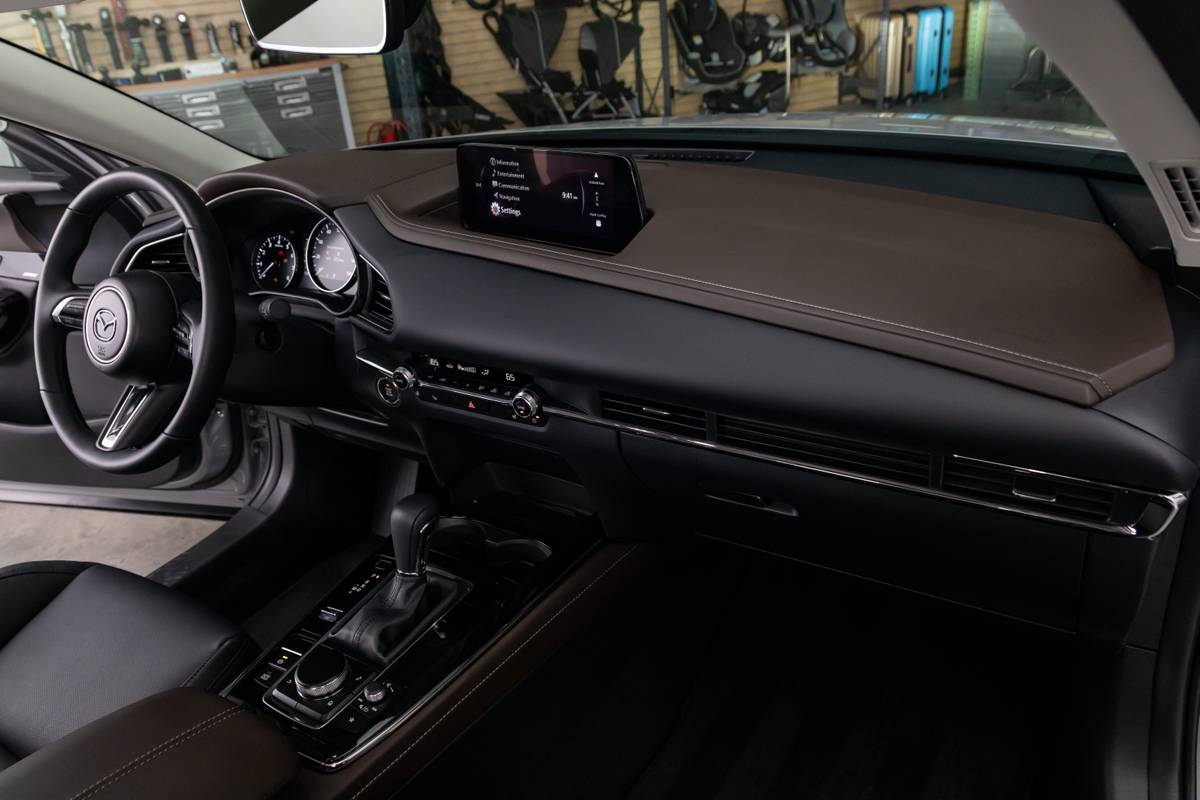
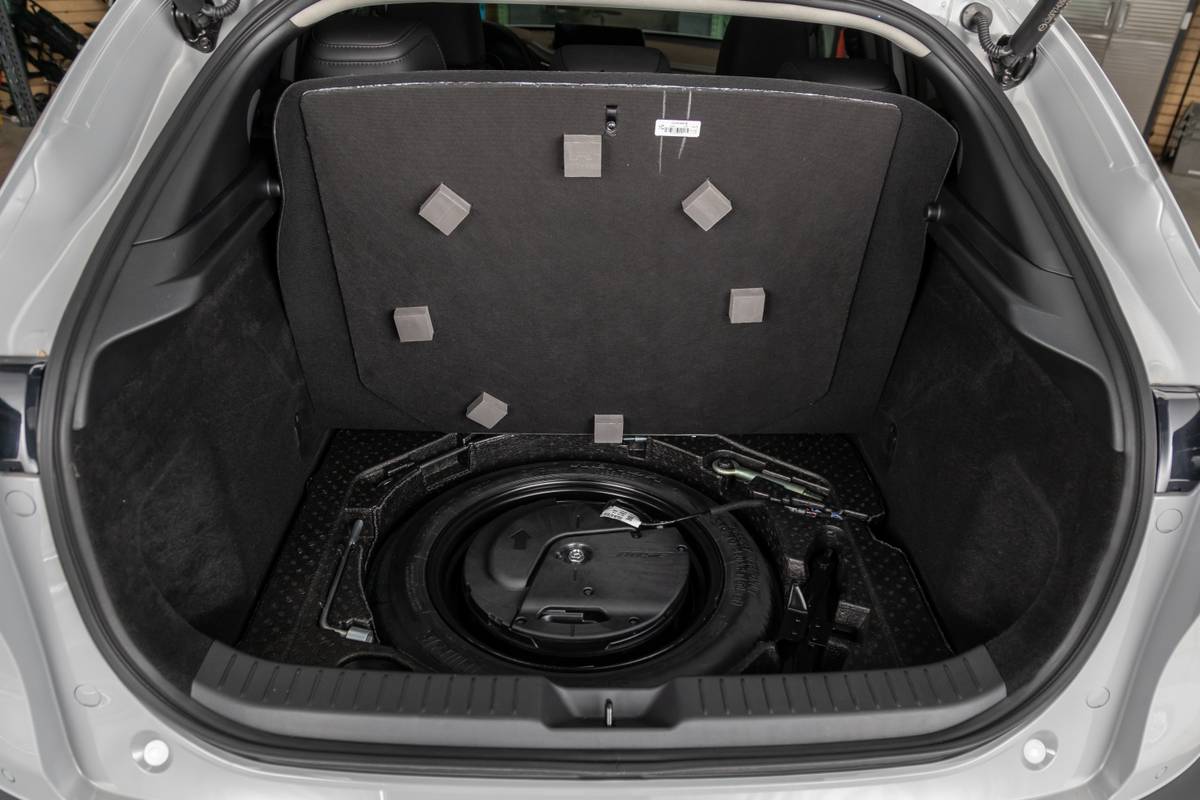
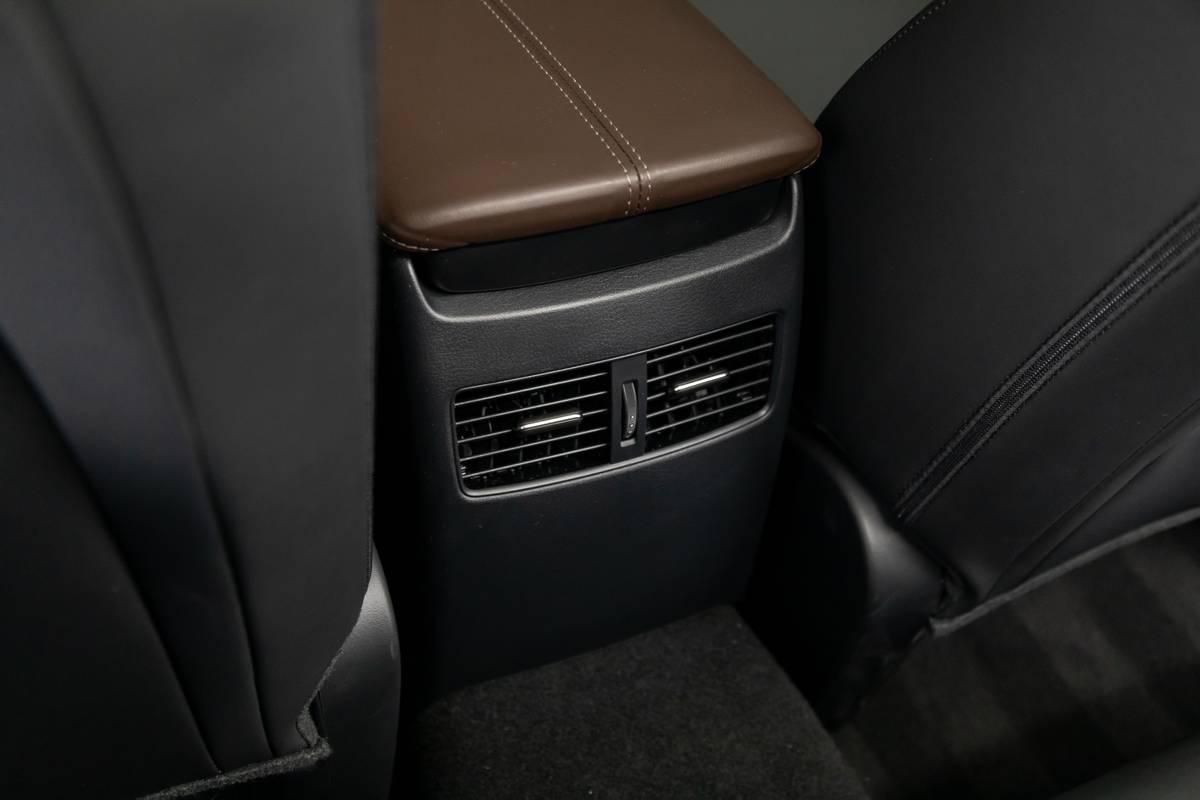
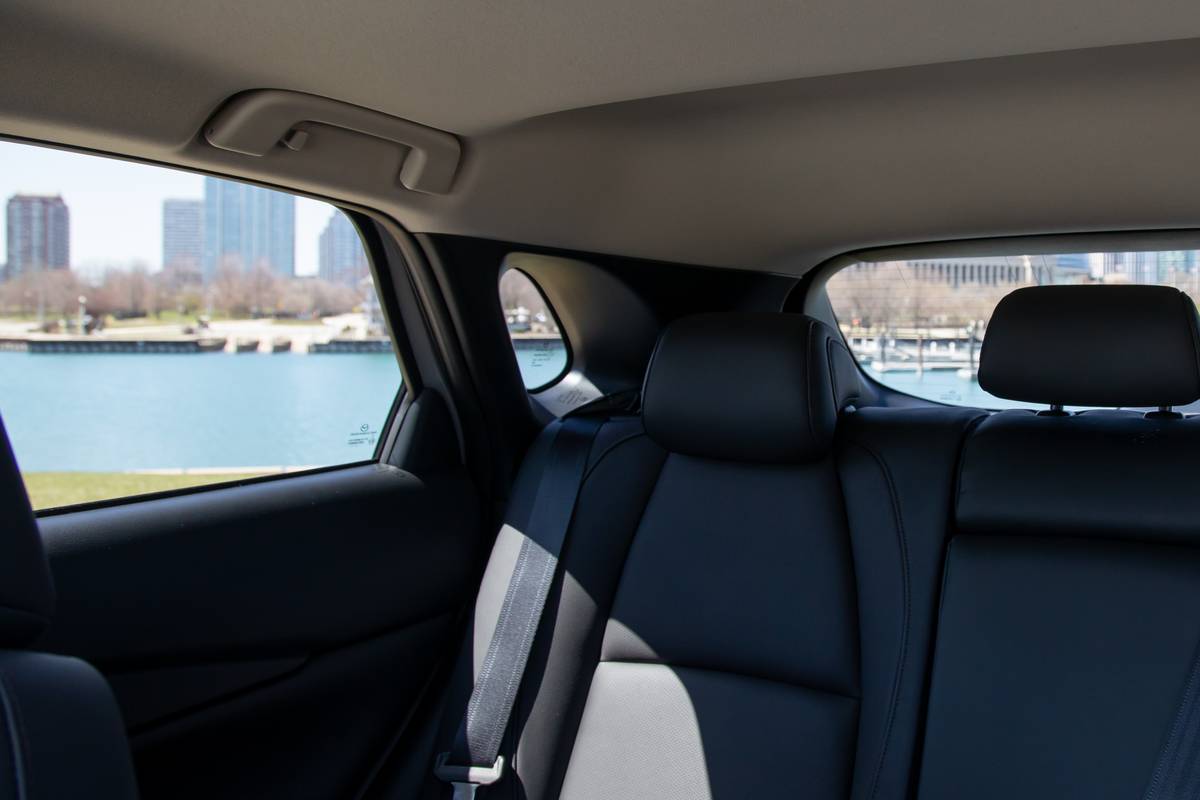
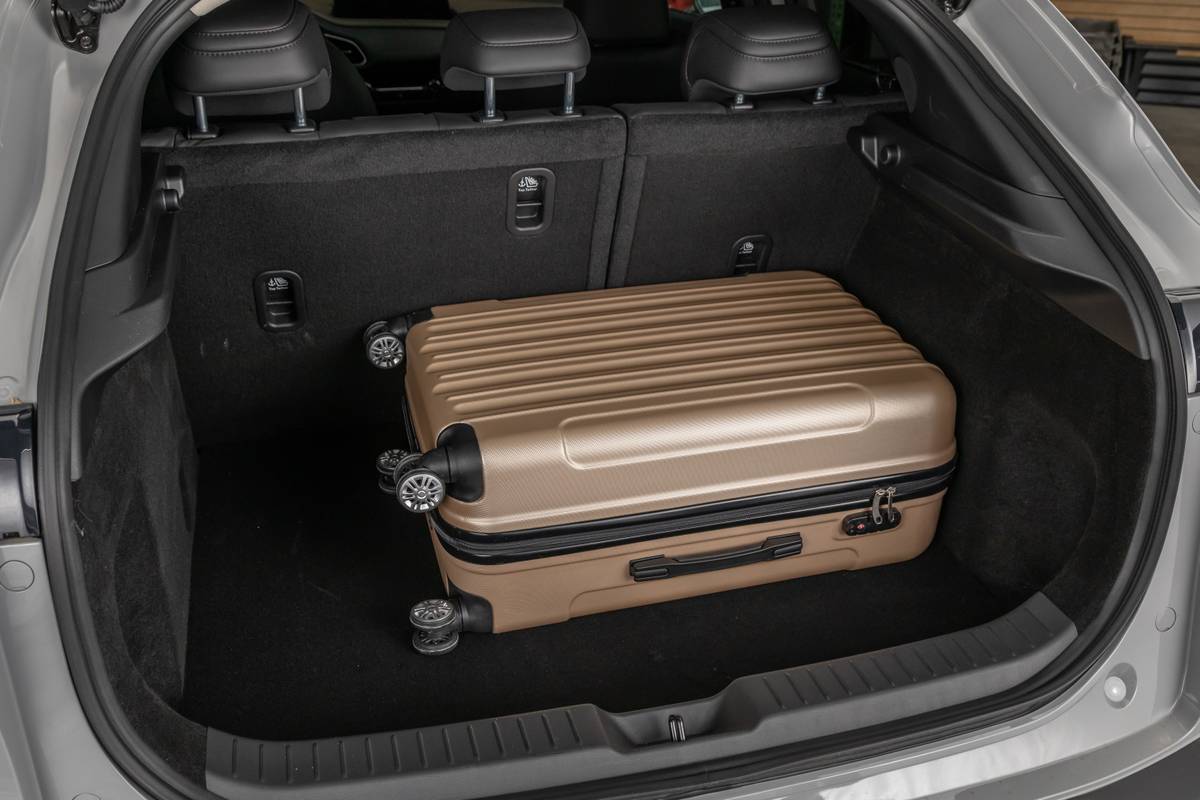
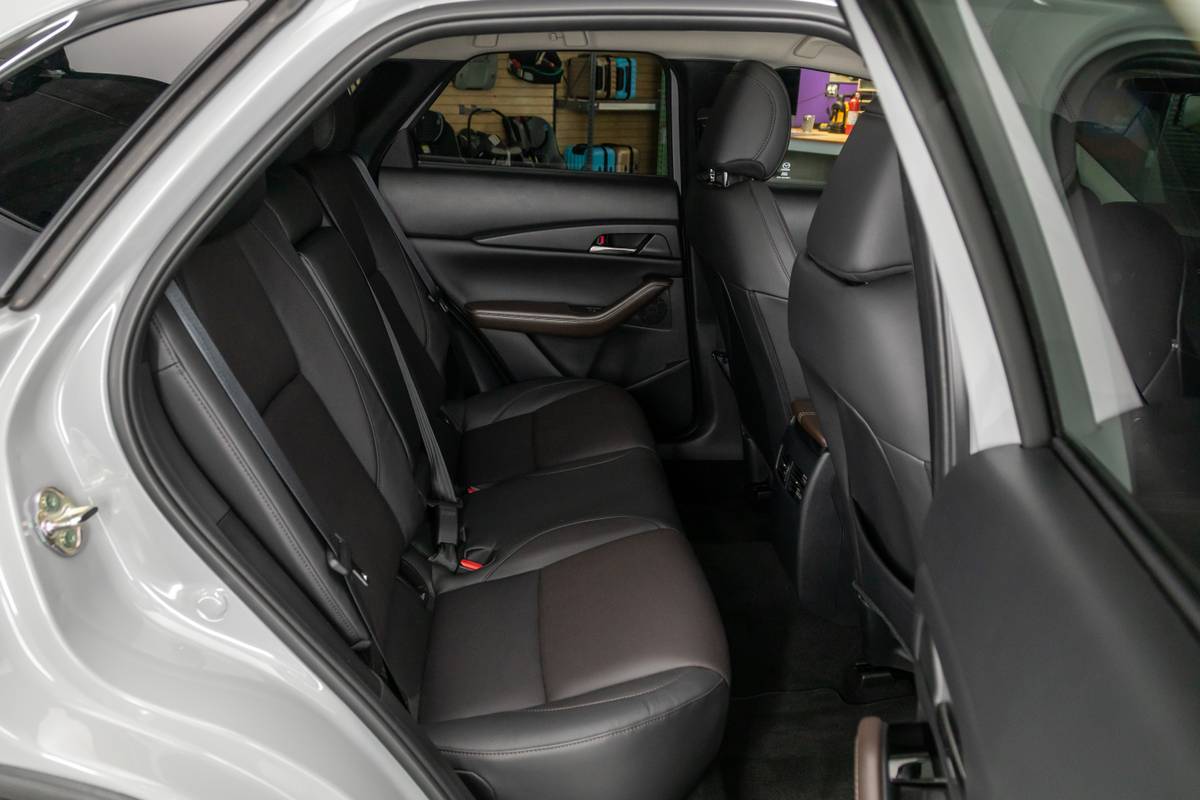

1 / 112025 Mazda CX-30 | Cars.com photo by Christian Lantry
The interior space, on the other hand, isn’t very generous. Though the CX-30’s sleek, bobtail body shape looks sporty, it’s not optimal for cargo capacity — and that low roofline and sloped rear window also mean rear visibility isn’t very good. The cabin is cozy for people, too. Backseat space is tight to start with, and legroom gets truly cramped when the front seats are adjusted more than halfway back.
I also have a specific tall-guy pet peeve. I’m 6 feet, 6 inches tall, so I need to have the front seats set all the way back in order to fit — and with the front seats in that position, the rear seatbacks can’t fold because they hit the front seatbacks. That means I have to perform the tedious task of moving the front seats up and back again every time I need to fold the rear seats to open up the CX-30’s maximum cargo space.
You can compare the CX-30’s cargo area with other small SUVs by checking our list of vehicle cargo measurements from our own independent testing. Spoiler alert: It’s toward the bottom of the list. Several subcompact SUVs offer more space for both people and cargo.
More From Cars.com:
- 2025 Mazda CX-5 Review: Pace Over Space
- 2025 Mazda CX-50 Hybrid Review: A Bit More Efficient, a Lot Less Fun
- What’s the Best Compact SUV for 2025?
- Research Mazda Vehicles
- Shop for a 2025 Mazda CX-30 Near You
How Is the Mazda CX-30’s Technology?
The CX-30 shares its infotainment interface with the rest of Mazda’s lineup, and our editors are not fans of the system. It uses a console-mounted control knob and buttons, which we find more distracting and tedious to use than a typical touchscreen-based system. The CX-30’s available 10.25-inch display does have touchscreen functionality, but strangely only when Apple CarPlay or Android Auto is being used — and the touchscreen is placed so far from the driver, it’s not easy to reach.
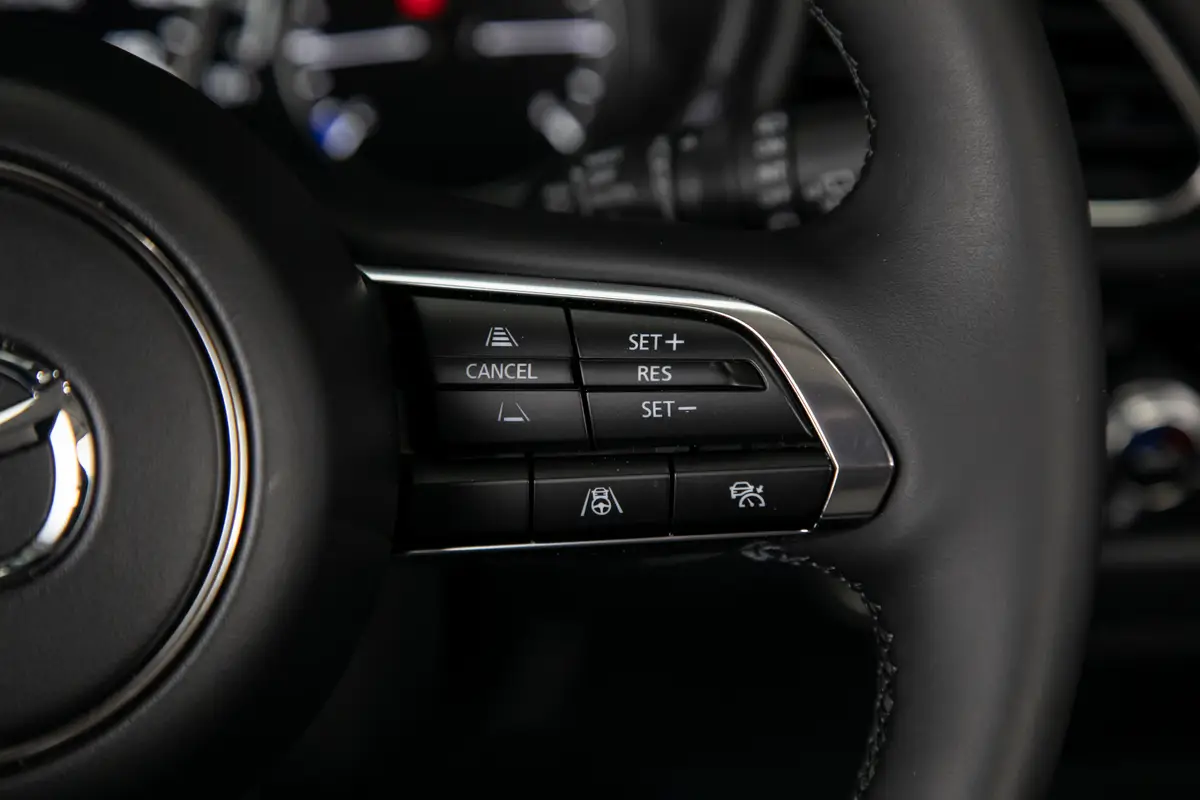
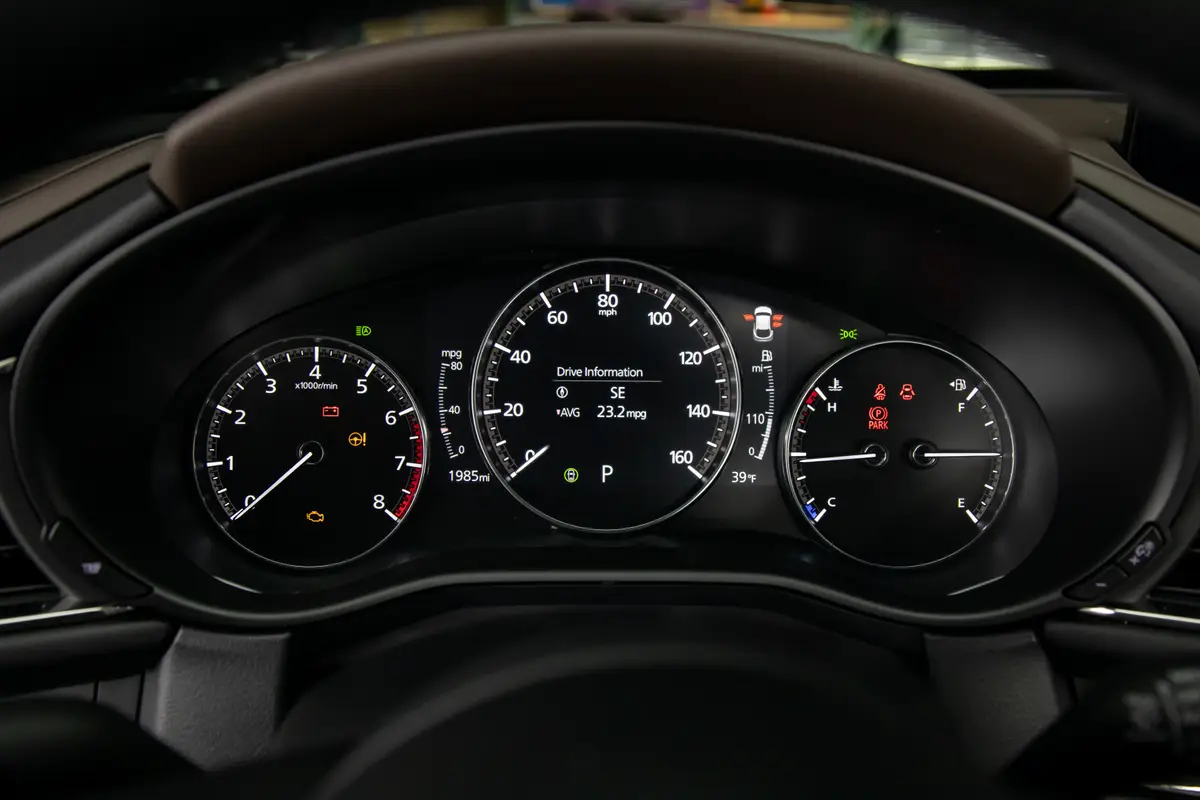



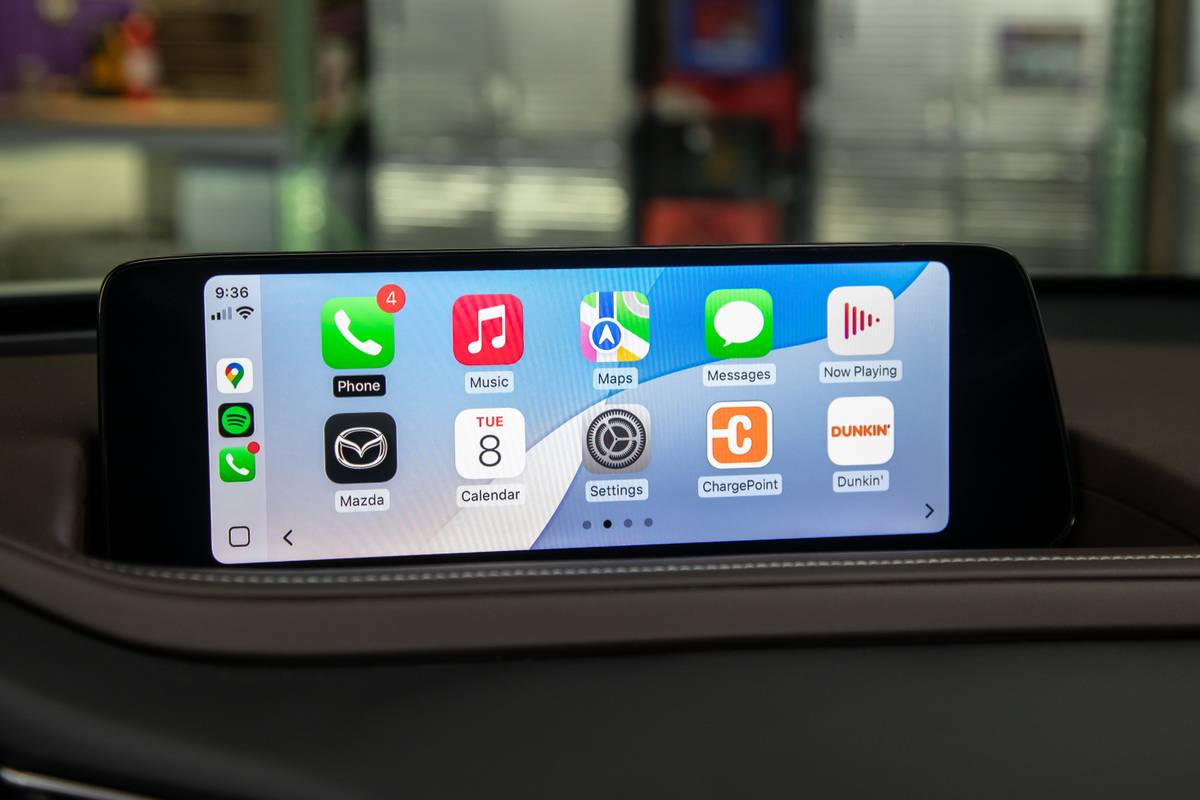


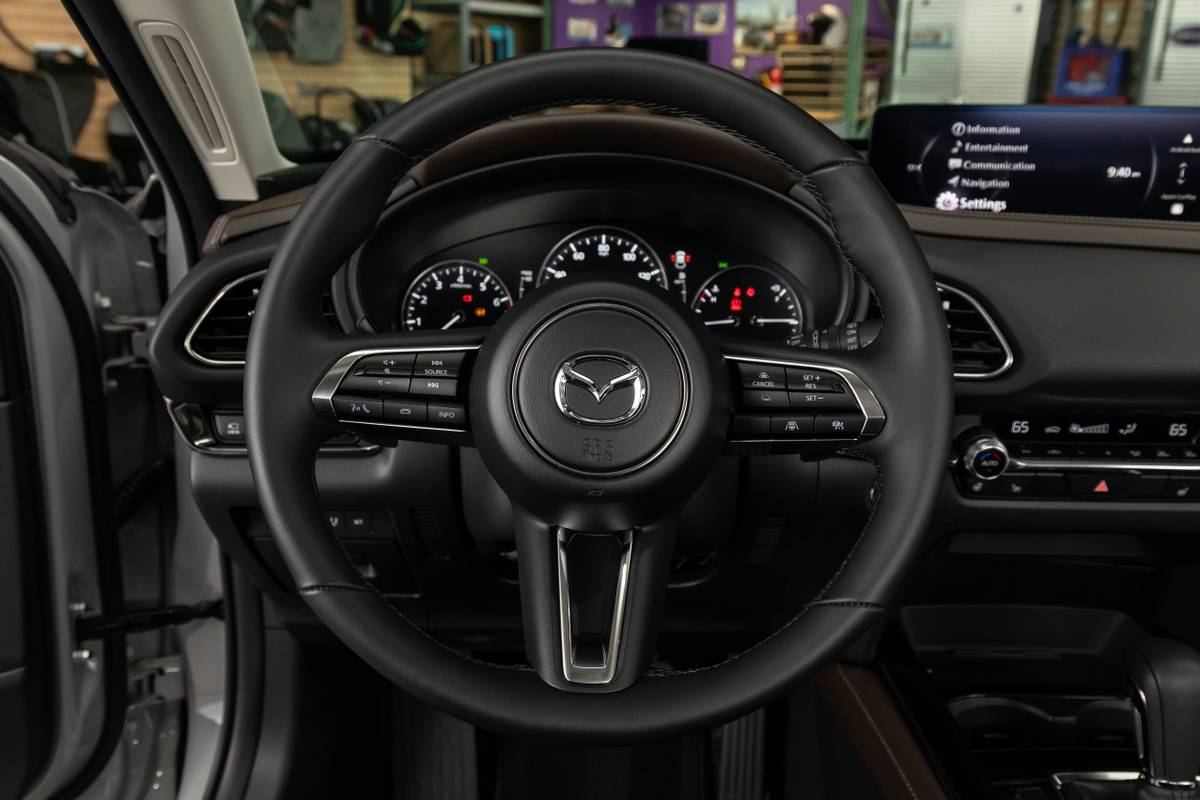

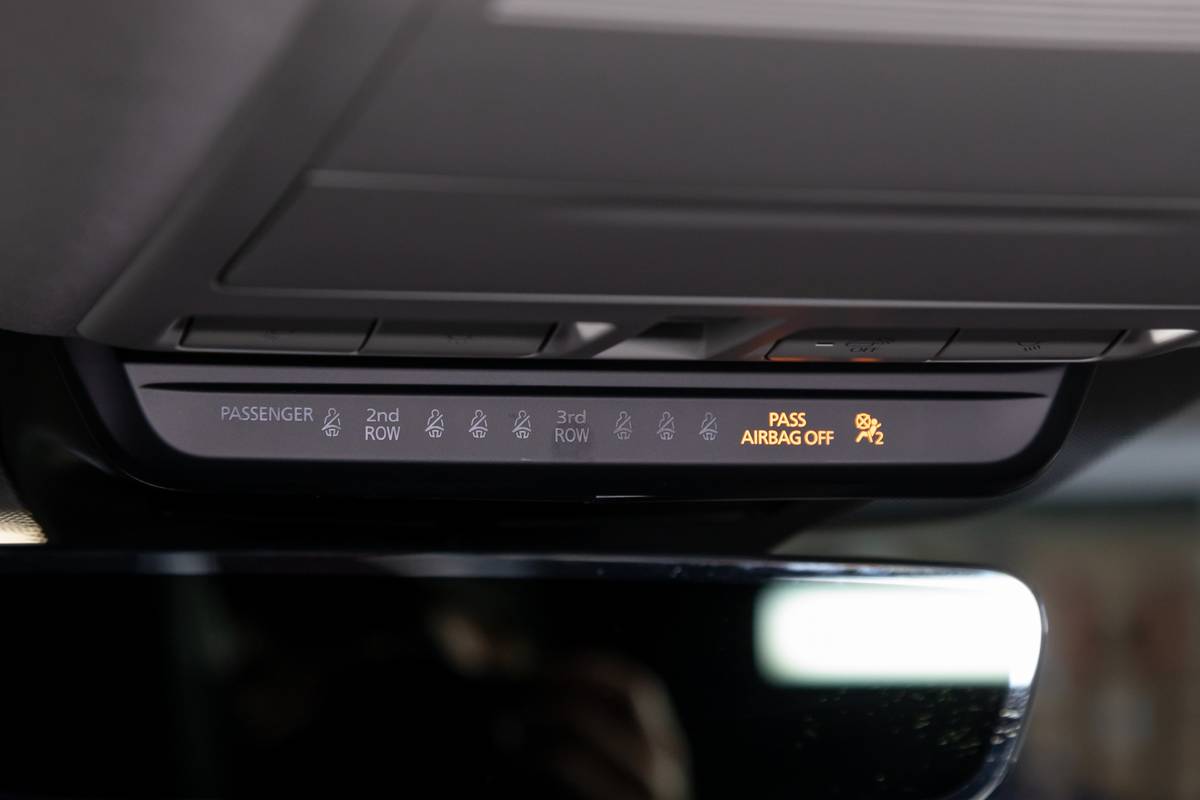
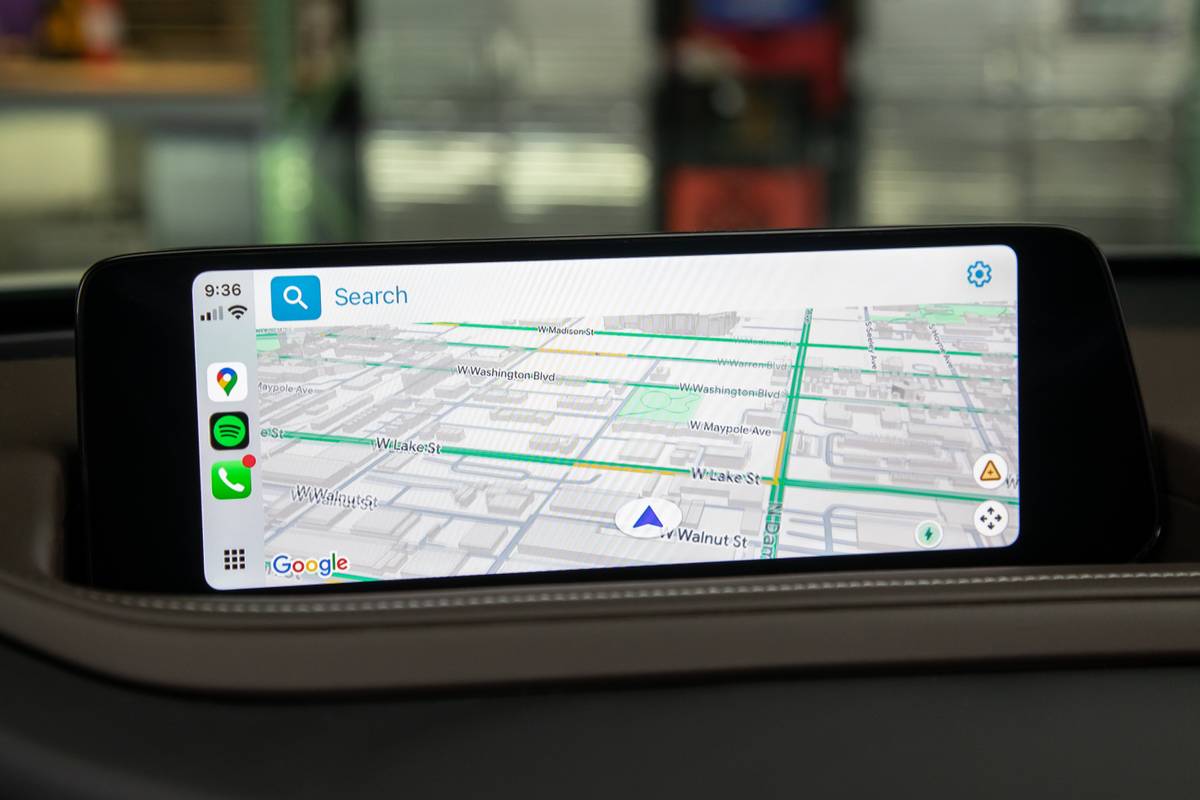
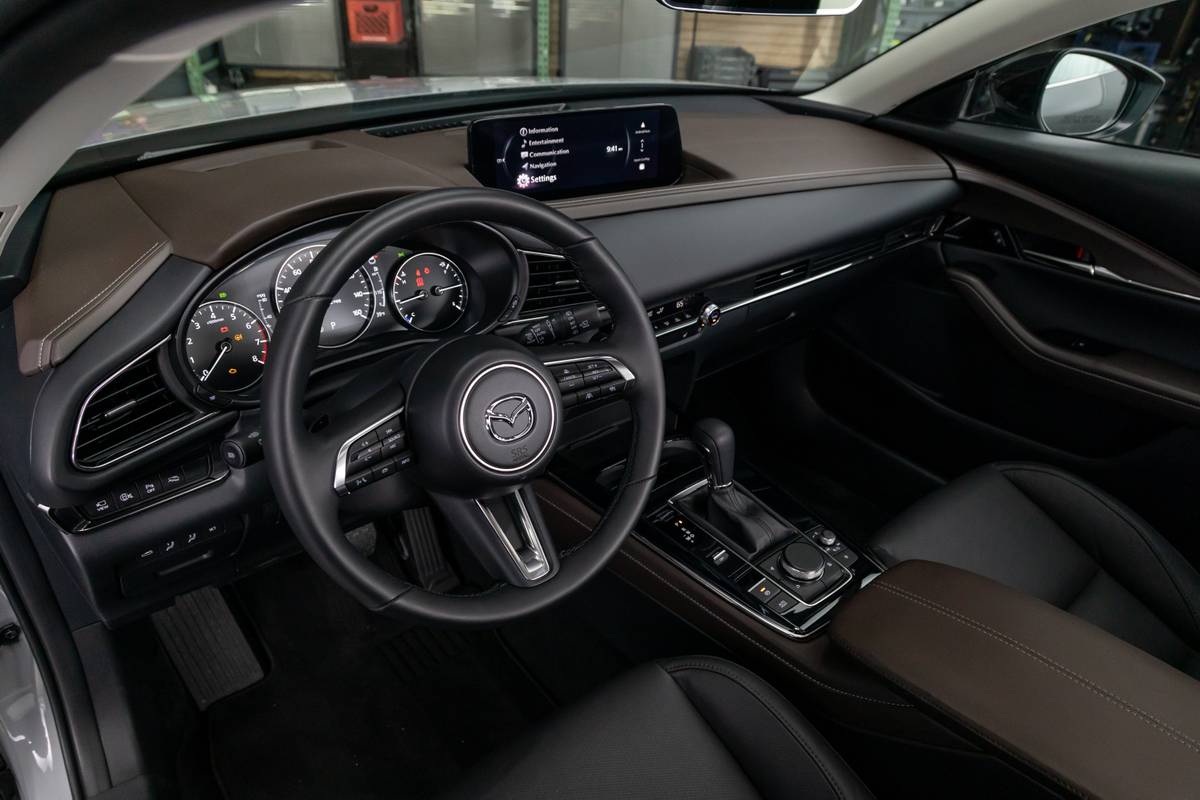
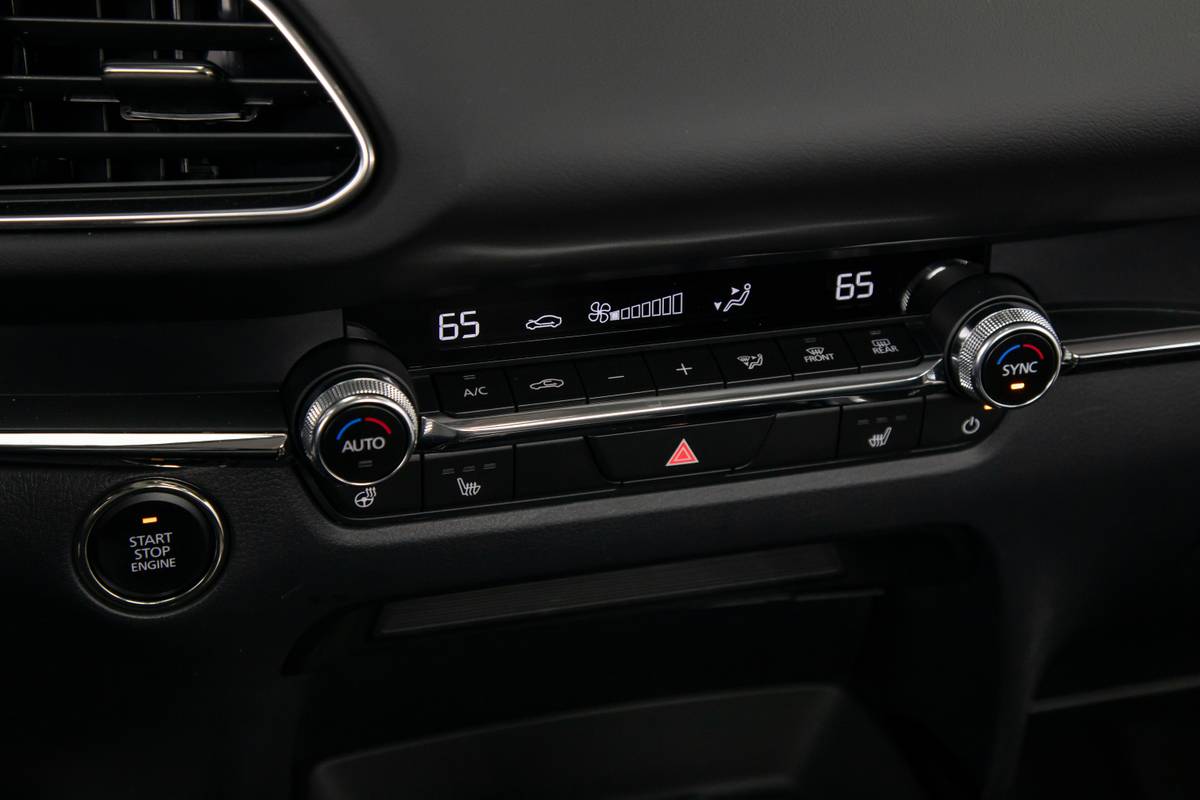

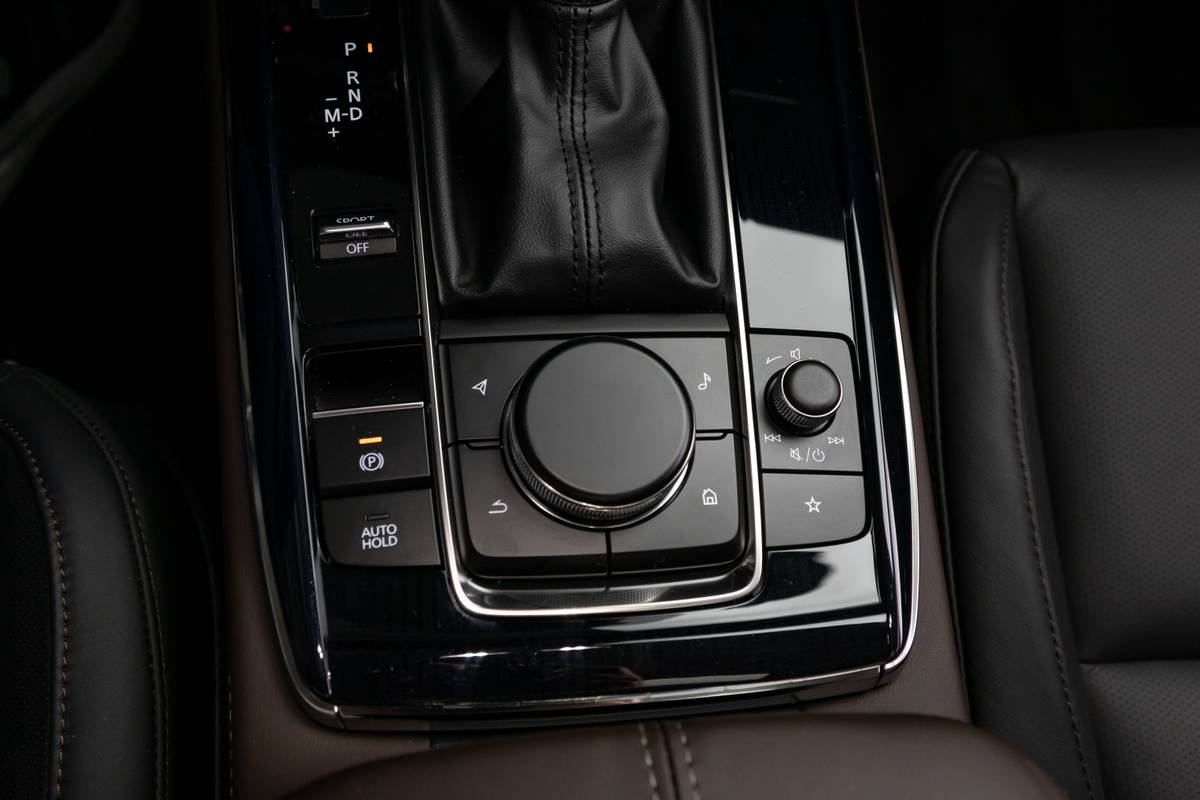
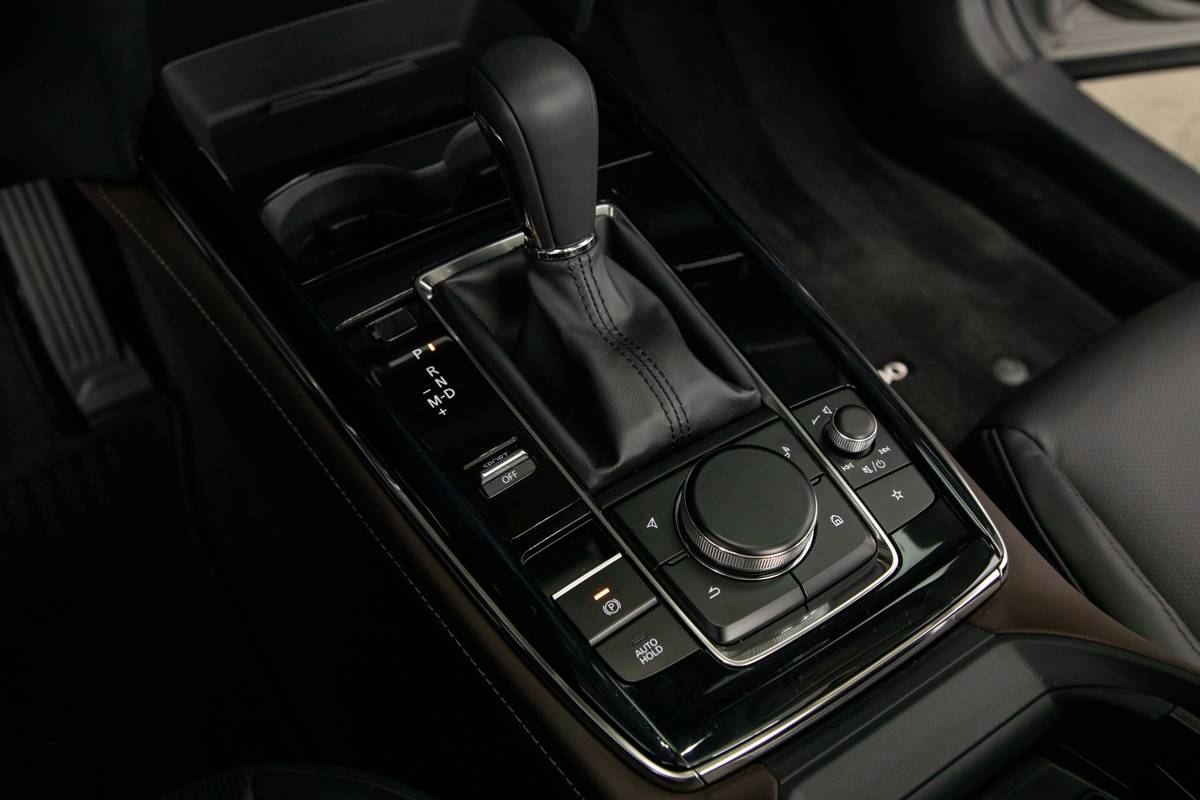
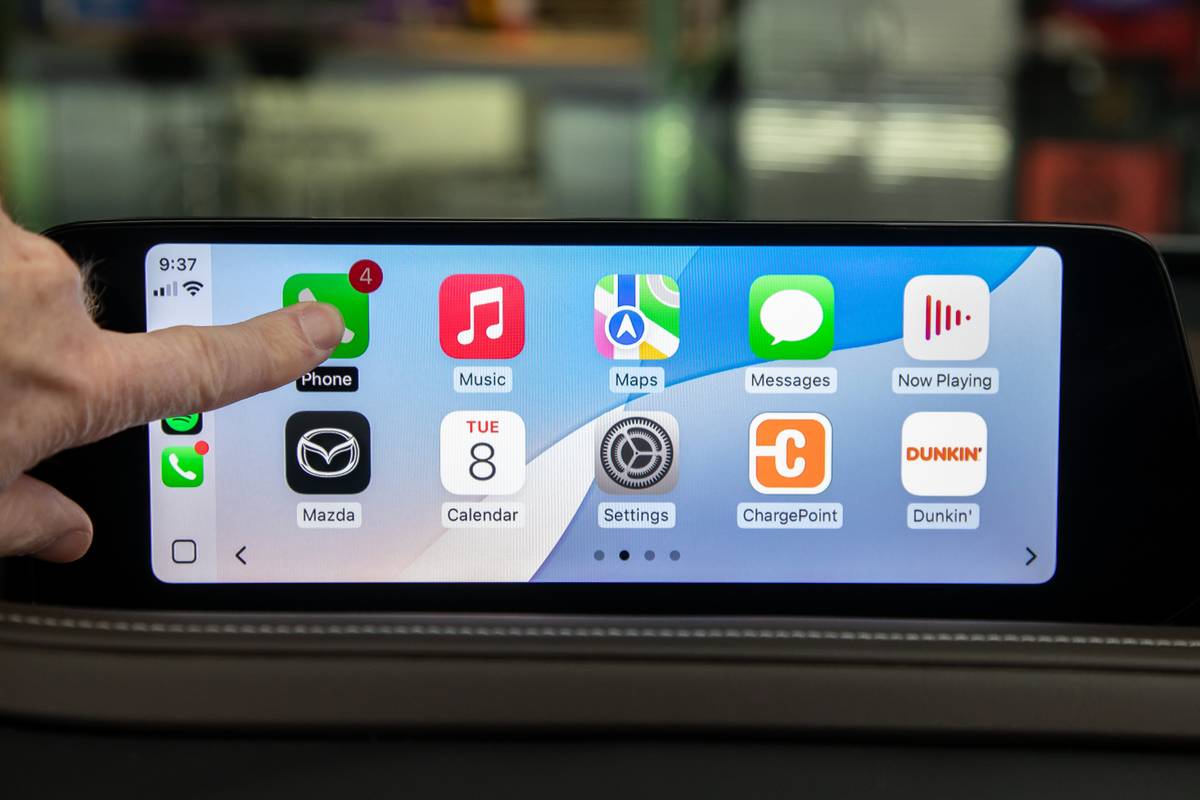

1 / 192025 Mazda CX-30 | Cars.com photo by Christian Lantry
Furthermore, Mazda’s infotainment software looks and feels outdated; it isn’t as robust or feature-rich as some competitors’ systems. And while I like the clean, easy-to-read layout of the CX-30’s combination digital-and-analog instrument panel, several rivals (including the Kona and Seltos) boast available fully digital gauge clusters with more features and configurability.
Should You Buy a Mazda CX-30?
That depends on your priorities. The 2.5 Turbo Premium Plus trim we tested starts at $38,570 (all prices include destination), and that’s essentially loaded. The only options are extra-cost paint (which adds $450 or $595, depending on the color), a $230 interior lighting kit and other accessories, including all-weather floormats. That’s well above the CX-30’s starting price of $26,615, but it still comfortably undercuts most of its European luxury rivals. The Countryman S starts around $40,000 and the Q3, X1, GLA and XC40 start in the low to mid-40s.
The fact that the CX-30 Turbo stacks up to those luxury rivals as well as it does means it’s well worth considering if you value a sporty driving experience and upscale trimmings more than passenger and cargo space in your subcompact SUV.
Cars.com’s Editorial department is your source for automotive news and reviews. In line with Cars.com’s long-standing ethics policy, editors and reviewers don’t accept gifts or free trips from automakers. The Editorial department is independent of Cars.com’s advertising, sales and sponsored content departments.

Senior Research Editor
2025 Land Rover Range Rover Sport PHEV Review: Pleasantly Plush Plug-In

By Brian Normile
May 12, 2025
Land Rover Range Rover Sport 2025 P550 PHEV Autobiography | Cars.com photo by Christian Lantry
Is the Range Rover Sport Autobiography PHEV a Good Luxury SUV?
- With lush and comfortable seating for five, an effortlessly powerful plug-in hybrid powertrain, more than 50 miles of silent all-electric range and pillowy ride comfort, the 2025 Land Rover Range Rover Sport lives up to its reputation as one of the best of the best luxury SUVs.
How Does the Range Rover Sport Autobiography PHEV Compare With Other Luxury SUVs?
- Despite the “Sport” in its name, the Range Rover Sport is not as sharp or as focused on performance as the Porsche Cayenne E-Hybrid or BMW XM. On top of that, the Range Rover’s reliance on its 13.1-inch touchscreen display to control vehicle functions is more reminiscent of Tesla than of typical British luxury. All that said, nothing surpasses the Range Rover Sport’s ride or interior comfort.
Despite its relatively humble beginnings, the Land Rover Range Rover is now synonymous with luxury, and the third-generation Range Rover Sport aims to deliver a bit of sporty flair while maintaining the opulence of its bigger-bodied sibling.
The 2025 Range Rover Sport offers shoppers a wealth of customization options, including several powertrains available in various trim levels. For this review, I drove a plug-in hybrid Autobiography — the most luxurious Range Rover Sport trim — with an as-tested price of $128,865 (all prices include destination). That’s a lot of money no matter how you slice it, but it sounds reasonable compared with the high-performance SV Edition Two, which starts at $182,325.
Related: 2024 Land Rover Range Rover Sport SV Edition Two: The One You Can Buy
What I found in the Autobiography was something very close to the ideal luxury vehicle — and one of the best PHEVs on the market. Not everything in the 2025 Range Rover Sport is roses, however, so read on.
Related Video:https://players.brightcove.net/1578086878/HyOJ1bP6_default/index.html?videoId=6372594206112
How Much Does the 2025 Range Rover Sport Cost?
- SE: $85,325
- Dynamic SE: $92,425
- Autobiography: $120,325
- SV Edition Two: $182,325
Prices vary considerably from trim to trim, but one thing is clear: The Range Rover Sport is not cheap — and that’s before you add any options. What’s interesting about Land Rover’s pricing structure, however, is the pedestal it places the twin-turbo V-8 on. At the Dynamic SE level, a twin-turbocharged inline-six-cylinder engine is standard, and while it costs an extra $4,300 to get the 454-horsepower PHEV powertrain, it’ll be another $18,900 to get the 523-hp V-8. In the Autobiography, meanwhile, the 543-hp PHEV is $4,700 less than the V-8 despite having 19 more ponies. Perhaps that’s because the V-8 is actually quicker, likely because of another significant factor.
How Much Does the 2025 Range Rover Sport Weigh?
- SE: 5,090 pounds
- Dynamic SE, 3.0-liter six-cylinder: 5,090
- Dynamic SE, V-8: 5,020
- Dynamic SE, PHEV: 5,860
- Autobiography, V-8: 5,020
- Autobiography, PHEV: 6,025
- SV Edition Two: 5,475
The Range Rover Sport is hefty no matter which trim or powertrain you choose, but the Autobiography PHEV we drove tipped the scales at over three tons. The weight is noticeable when you’re driving, giving the SUV an incredibly solid feeling.
How Does the 2025 Range Rover Sport Drive?
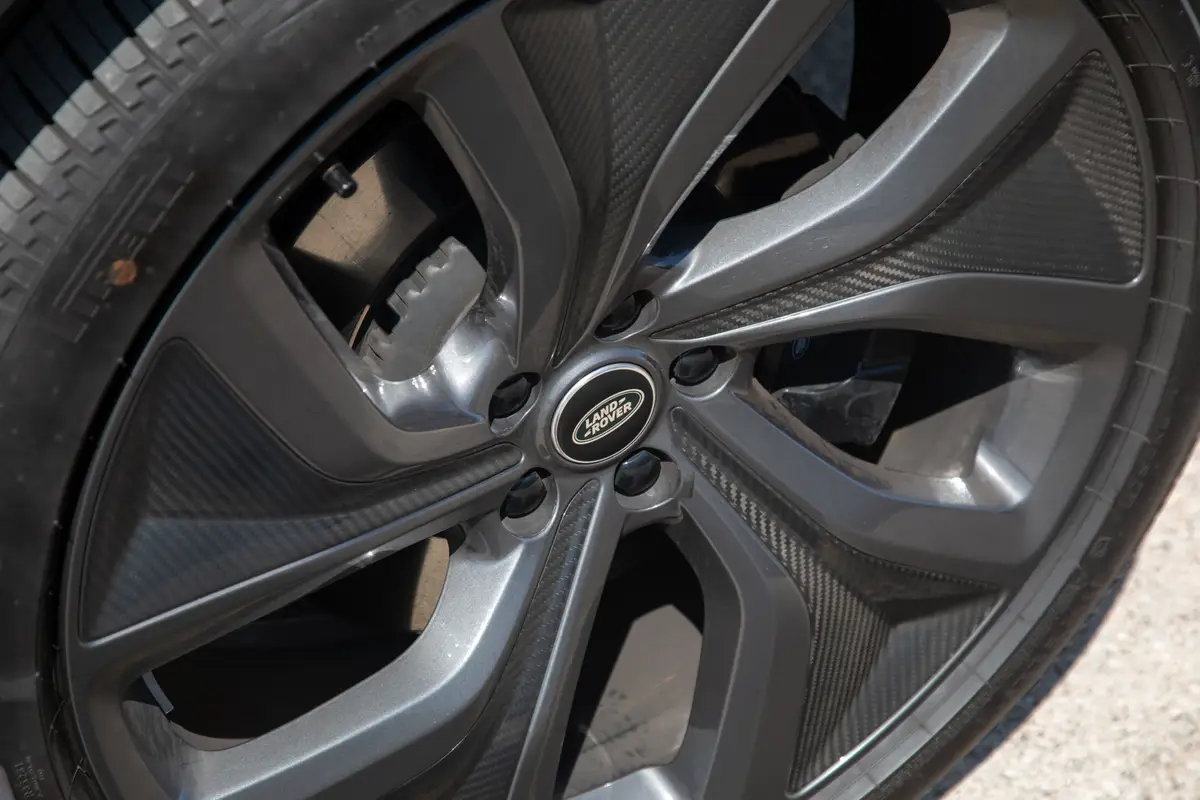
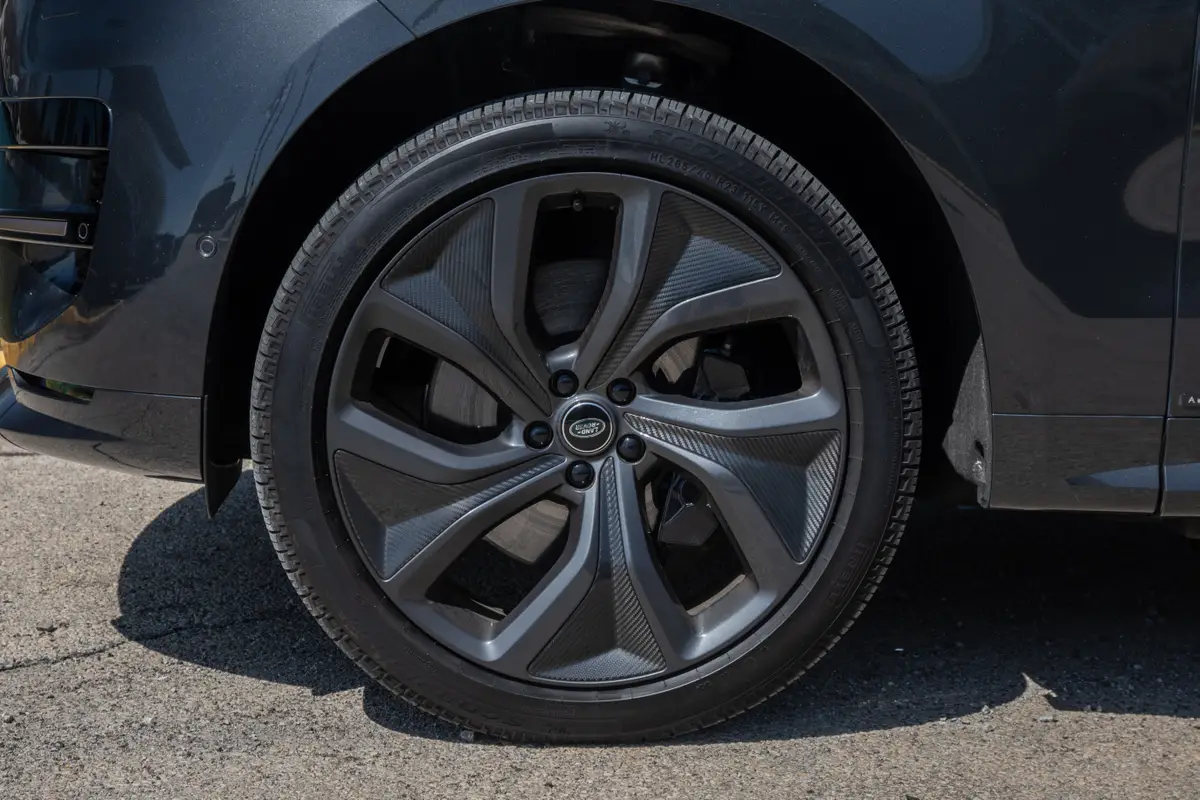
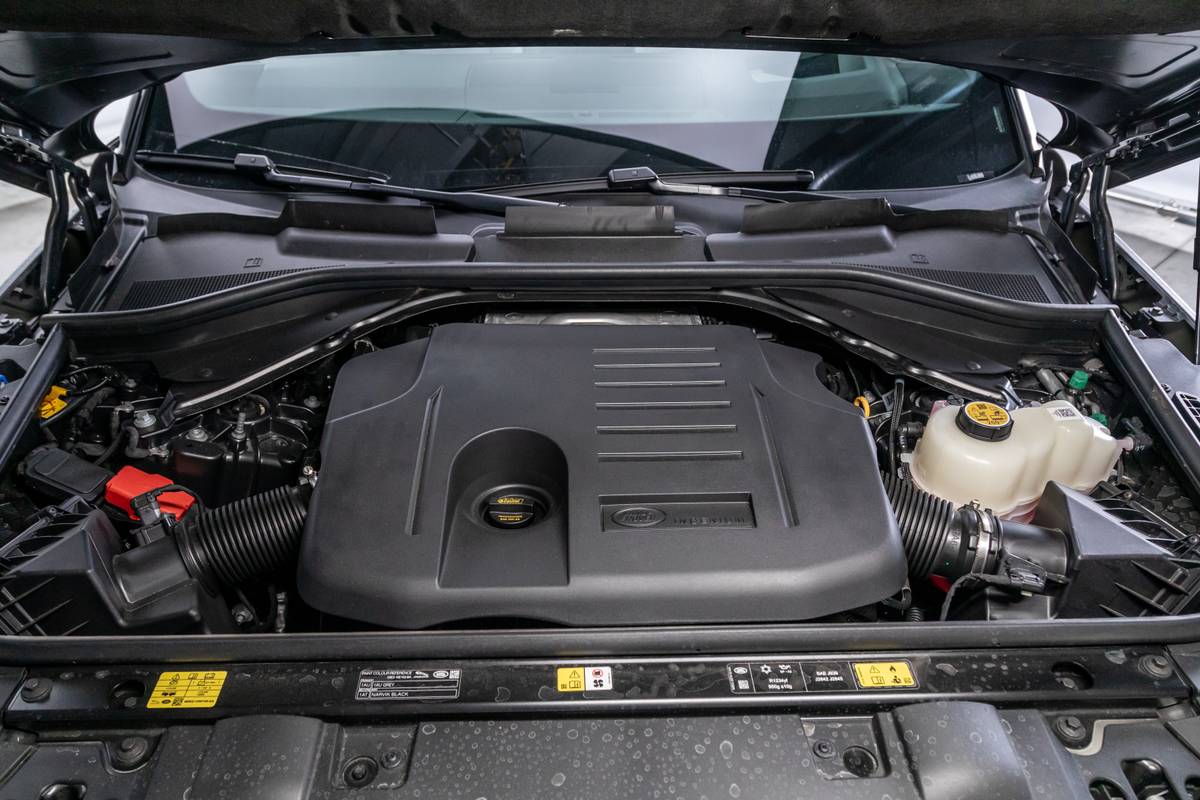
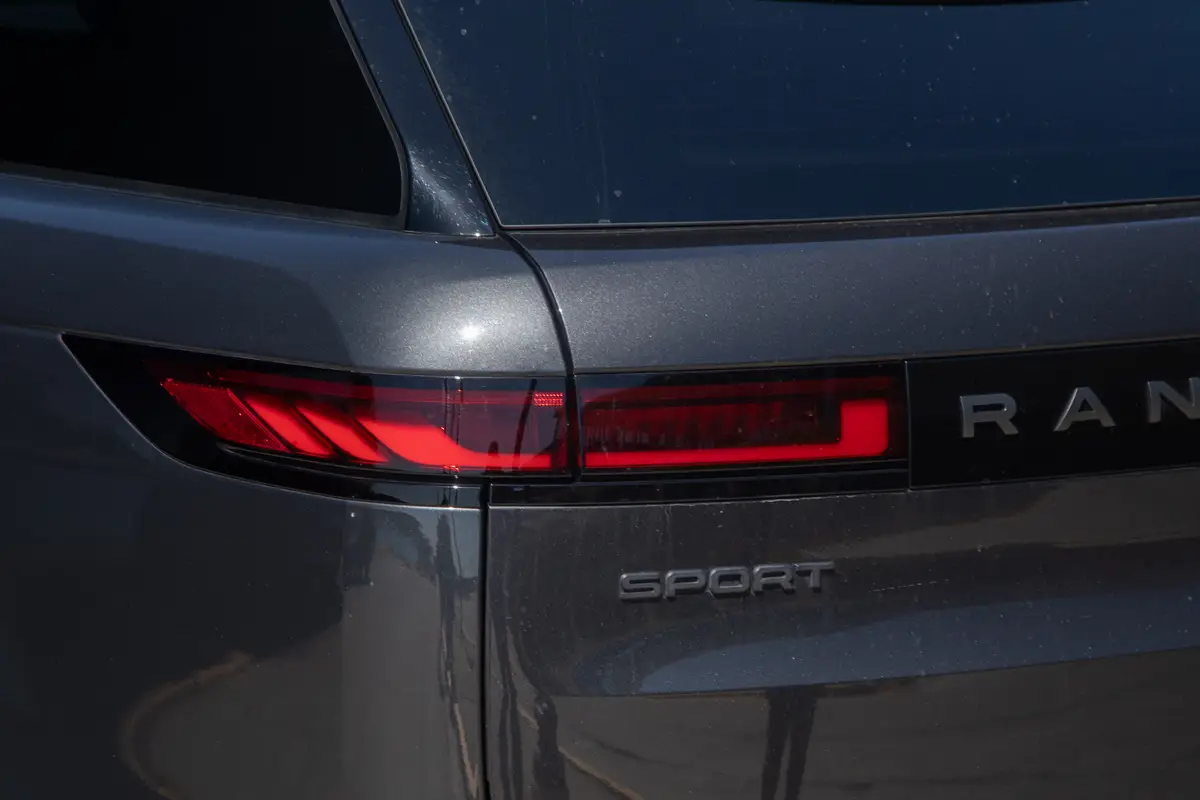
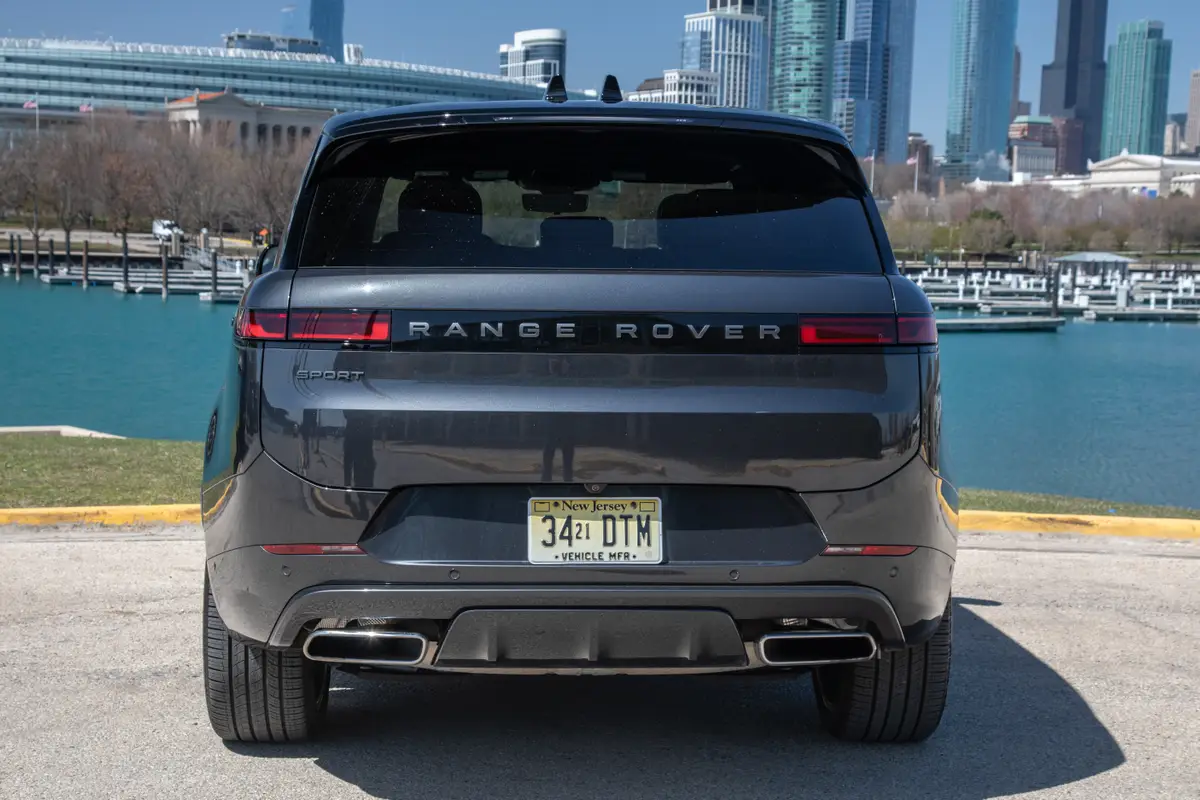
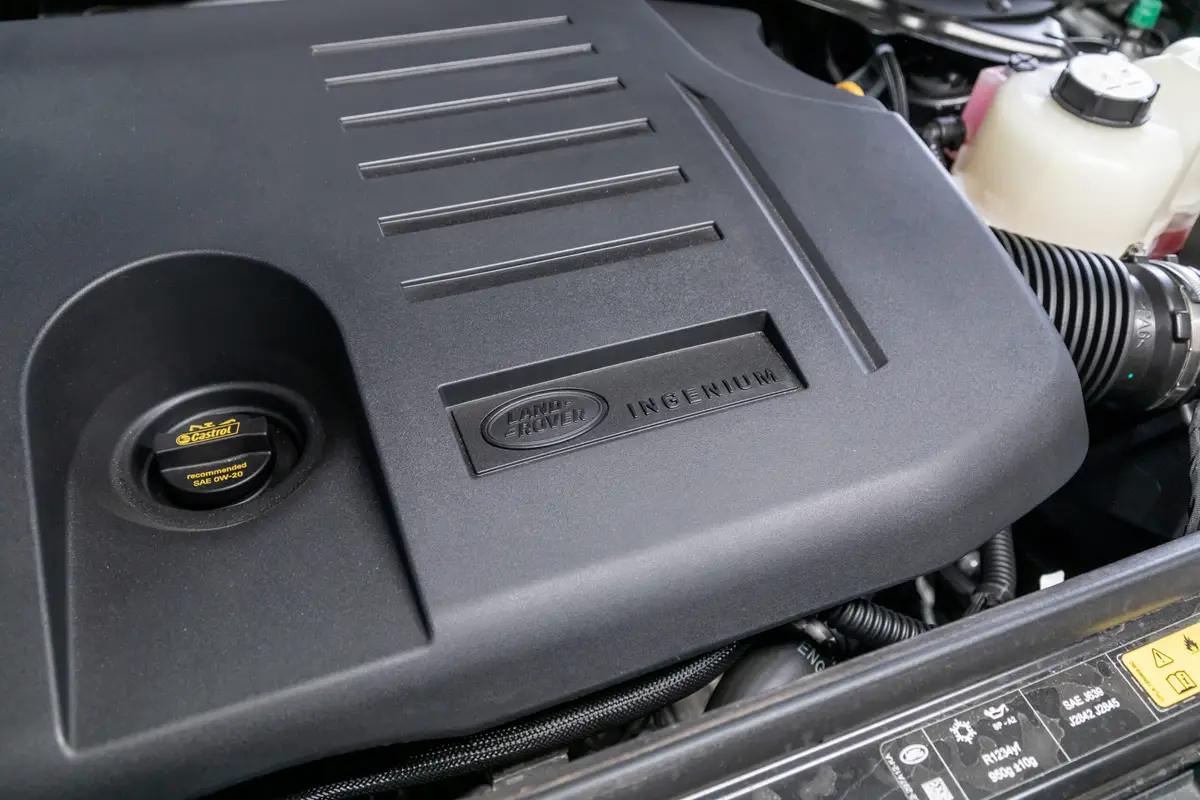
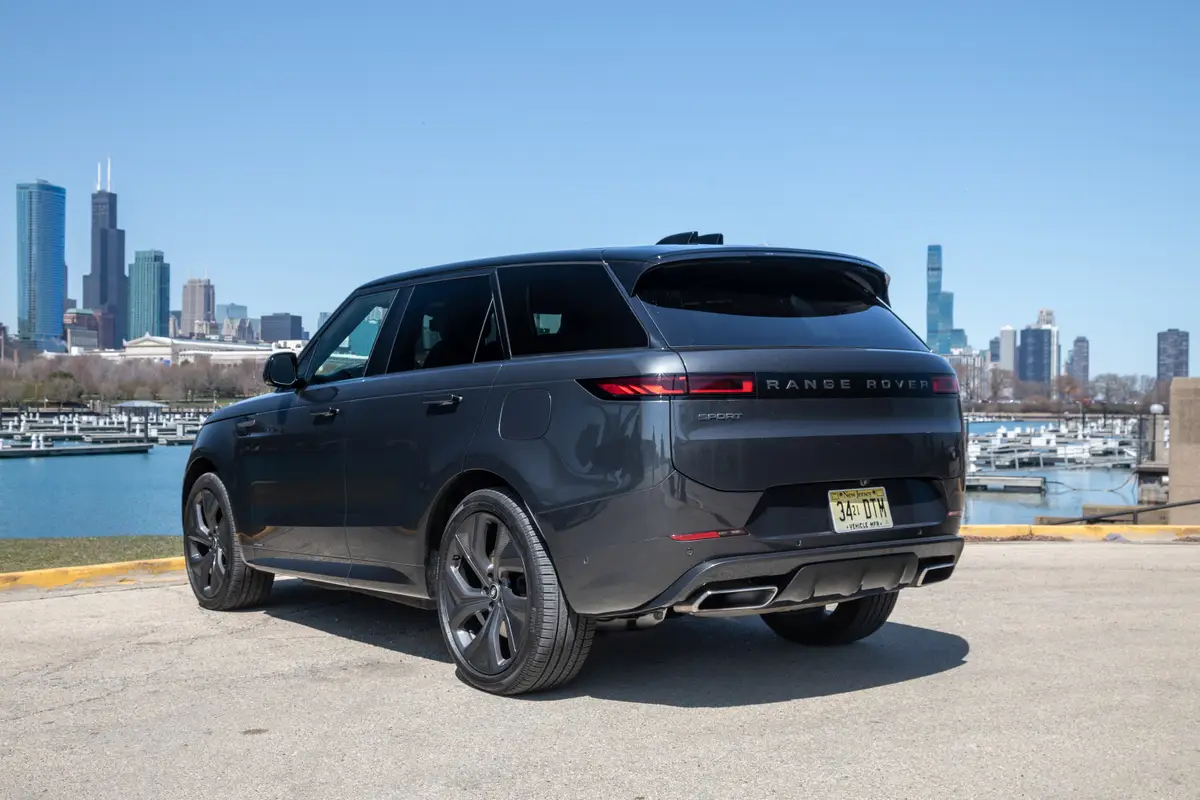
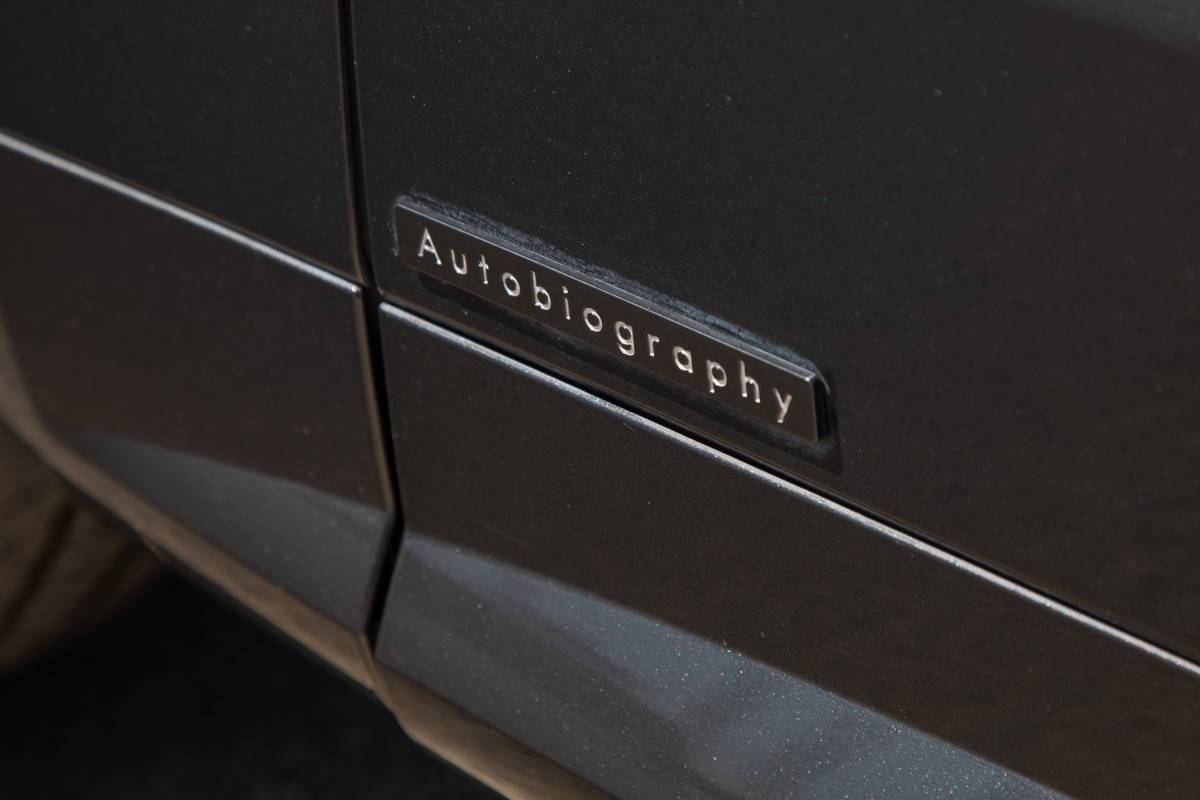
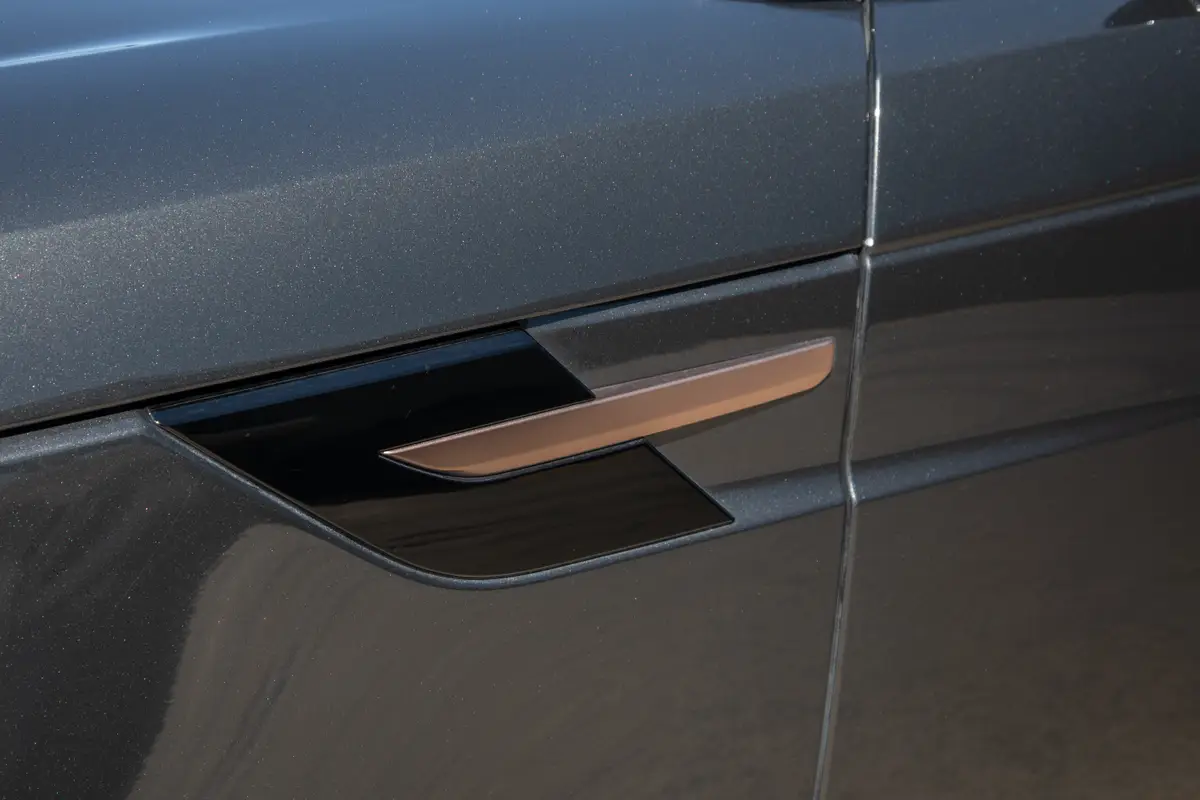
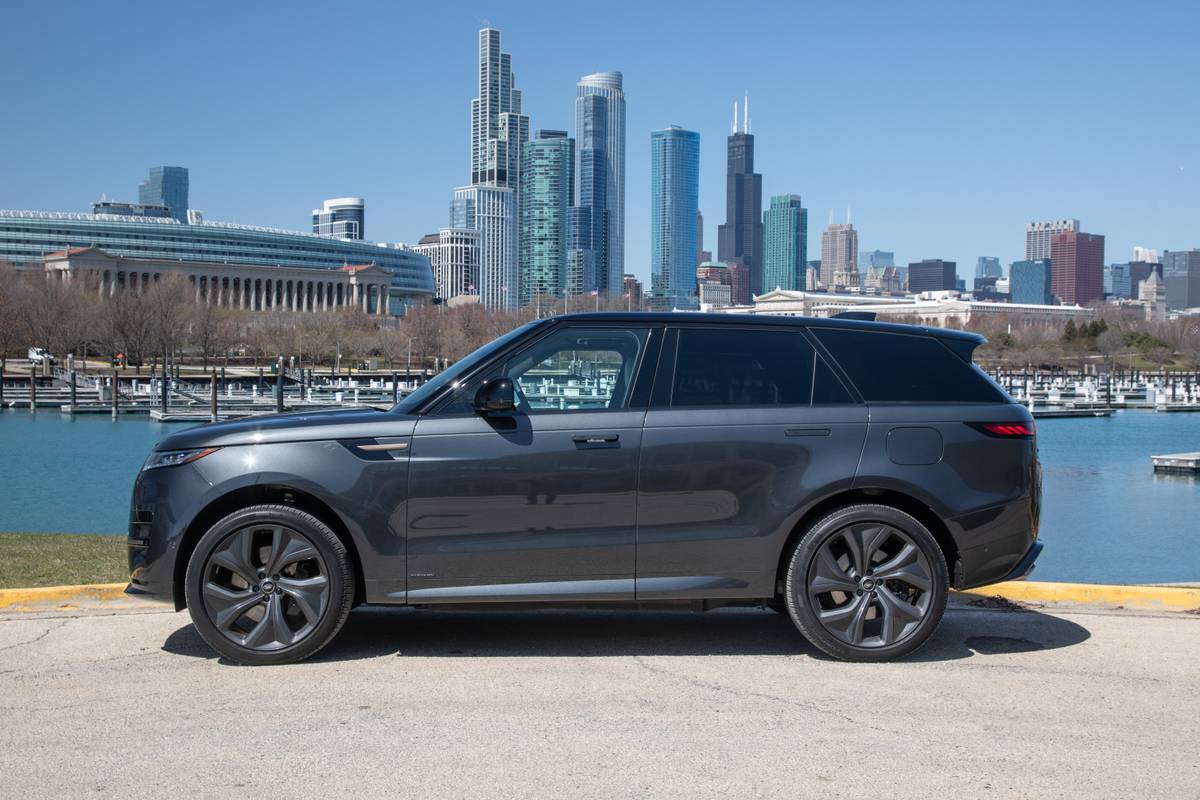
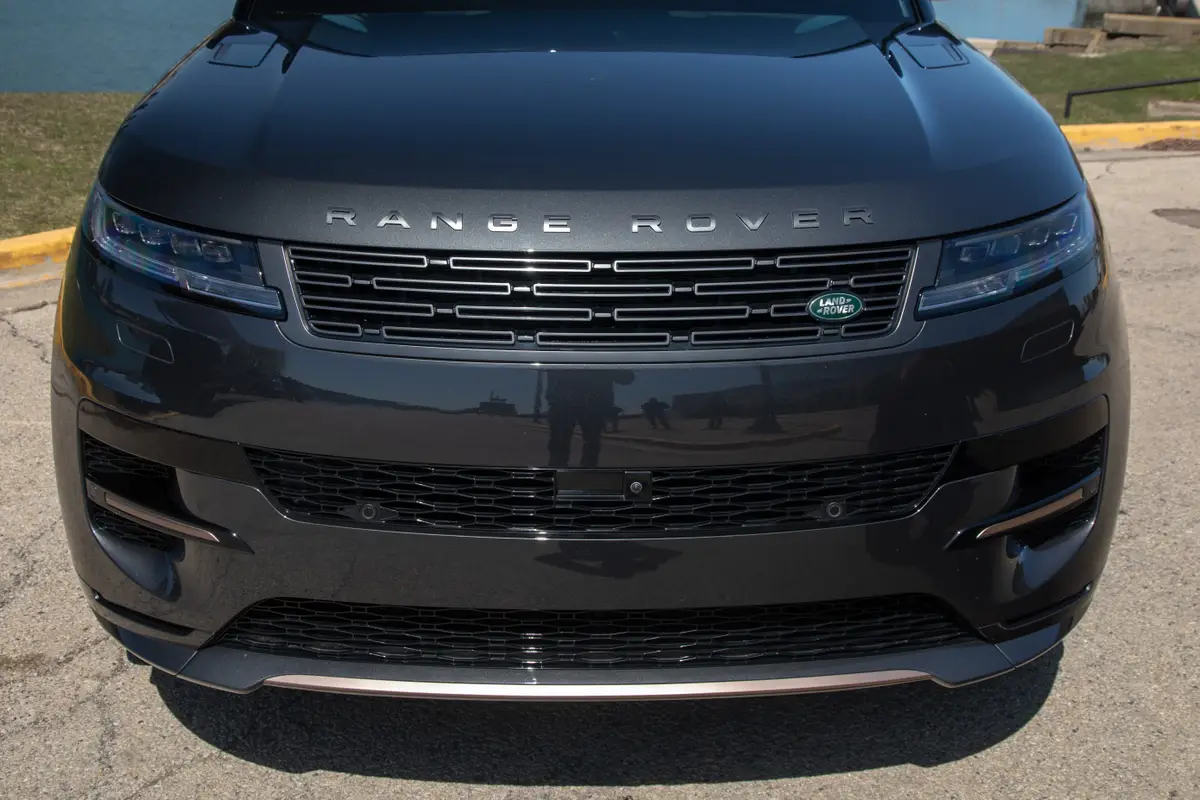

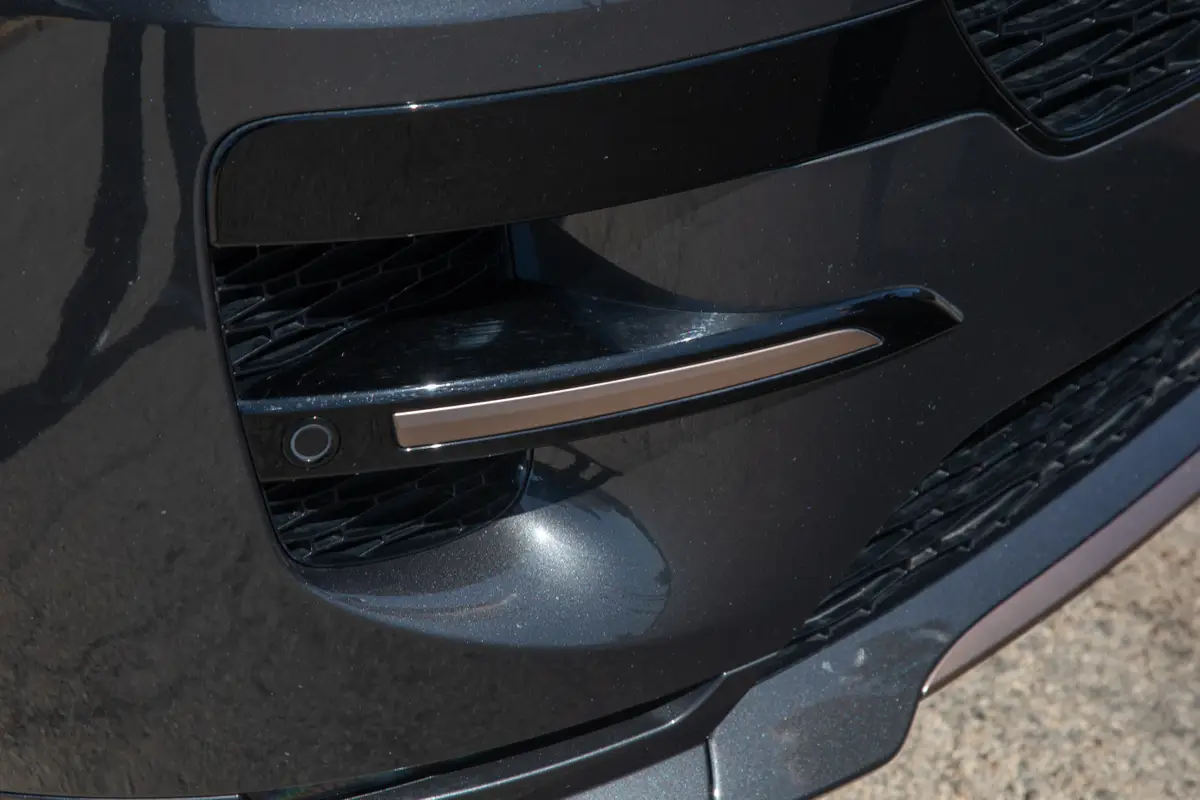
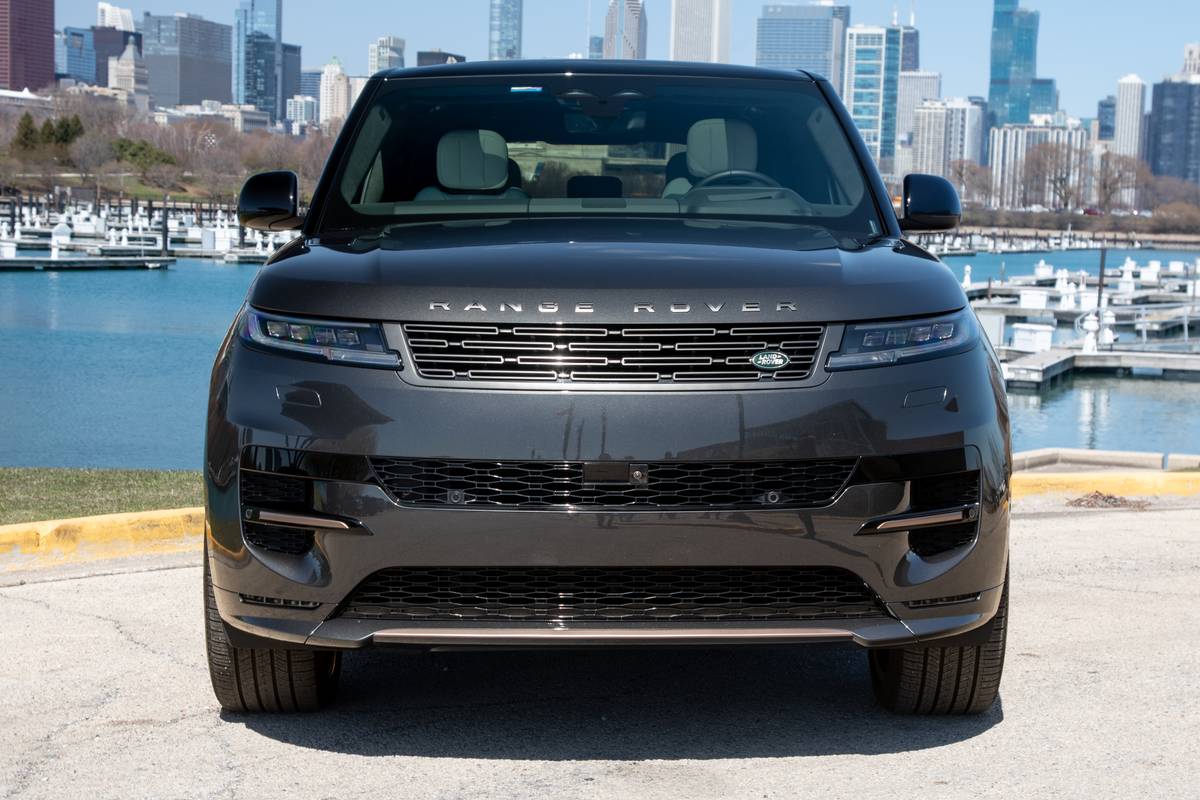
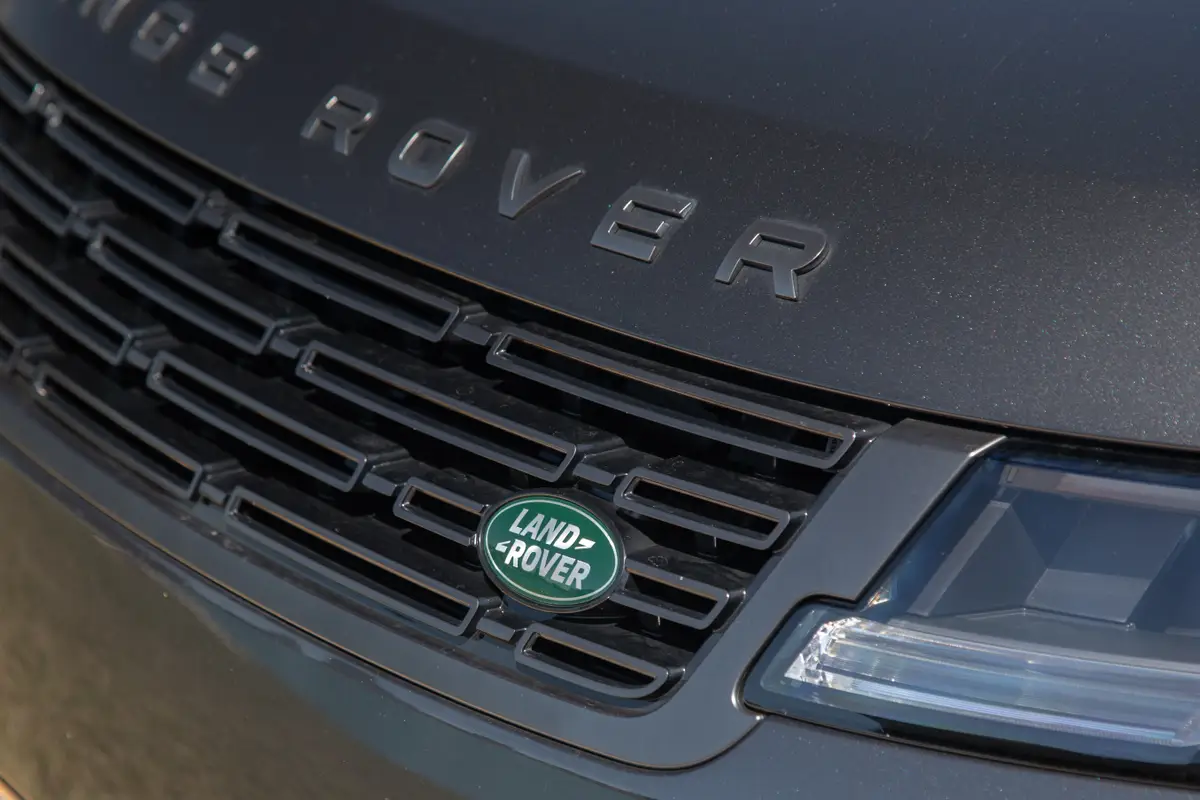
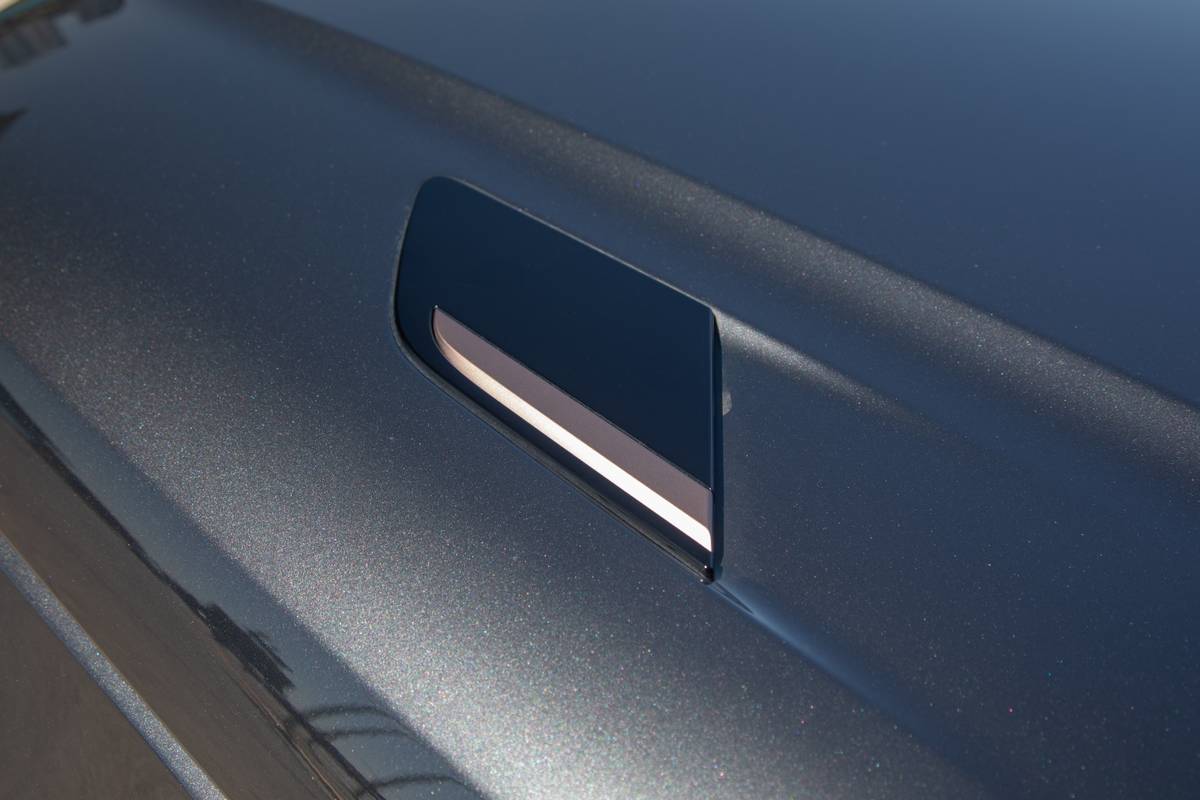
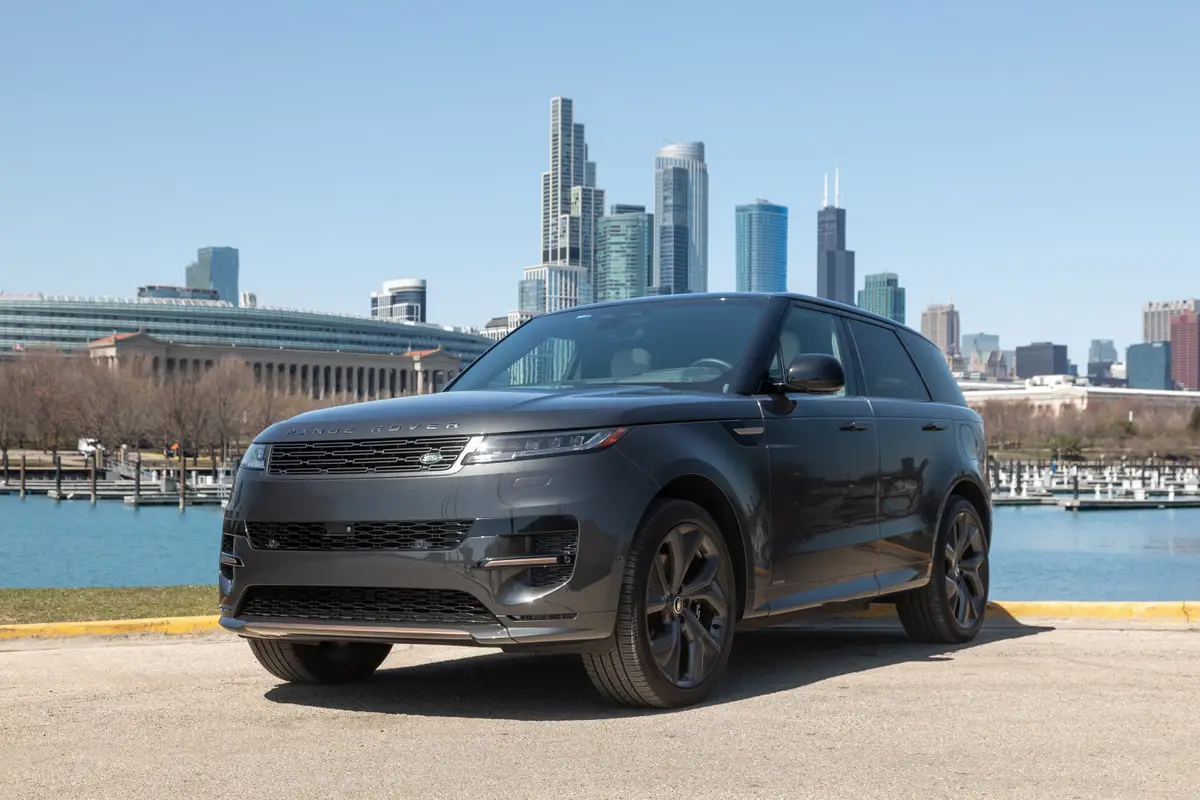
1 / 17Land Rover Range Rover Sport 2025 P550 PHEV Autobiography | Cars.com photo by Christian Lantry
About the make
Land Rover
Early Land Rovers were utilitarian off-road vehicles, but the British brand has evolved into a luxury marque that offers a range of SUVs.
Latest news

News
Cheaper Tesla Model Y Expected to Debut Oct. 7
By Jared Gall
October 6, 2025

News
What Does Half-Ton, Three-Quarter-Ton, One-Ton Mean When Talking About Trucks?
By Aaron Bragman and Joe Bruzek
October 6, 2025

News
Pickup Trucks 101: Gas Vs. Diesel, Which Is Better?
By Aaron Bragman and Matt Barnes
October 6, 2025
While the PHEV’s heft is noticeable, the weight of the battery pack helps keep its center of gravity relatively low. And even with three-plus tons of weight, the Autobiography PHEV’s 543 hp and 590 pounds-feet of torque is more than enough to make it feel quick. Land Rover quotes its 0-60 mph time at 4.7 seconds, which certainly feels accurate. What it never really feels like, though, is a sports car. Power delivery is smooth, not aggressive. It’s the kind of vehicle that feels effortless to drive — so effortless you’ll need to be careful not to accidentally exceed the speed limit.
There’s also minimal sportiness in the rest of the driving experience, despite the “Sport” in this SUV’s name. Instead, the adaptive air suspension produces a ride that one of our editors compared to a Maybach — and the comparison is apt. Even the Autobiography’s optional 23-inch wheels and tires don’t ruin the ride comfort; they produce firm impacts but don’t upset occupants. If your goal is a cushy ride, though, I’d suggest skipping the 23-inch wheels — and the standard 22-inch wheels — and choosing the 21s instead; while it’s weird to call 21-inch wheels “small,” smaller wheels usually offer better ride comfort.
The steering is communicative, but not sharp like a Cayenne’s, and braking feel is more vague than I’d like from a canyon carver. Even so, both are acceptable for everyday use. Available all-wheel steering compensates for the Range Rover Sport’s bulkiness in tight parking lots and makes highway lane changes quick and easy.
How Much All-Electric Range Does the 2025 Range Rover Sport Autobiography PHEV Have?
- Up to 53 miles of EPA-estimated all-electric range
By opting for the plug-in powertrain, buyers increase the luxuriousness of the Range Rover Sport experience. With over 50 miles of all-electric range, including at highway speeds, owners get a serene and nearly silent driving experience, with enough range to potentially cover both directions of a daily commute without charging in between. And when the gas engine does kick in, the hybrid system’s transition between the inline-six-cylinder gas engine and electric power is seamless. If you’re not looking at the tachometer, you may not even know the gas engine is running. When operating in hybrid mode, the Range Rover Sport Autobiography PHEV gets an EPA-estimated 21 mpg combined.
Charging is straightforward, and it only takes about five hours on a Level 2 home charger to bring the battery from empty to 100% (when charging at its maximum rate of 7 kilowatts). Somewhat confusingly, the PHEV also offers DC fast charging at speeds up to 43 kW; owners with hybrids are unlikely to seek out DC fast chargers given they have a gas engine for extended trips — and even with fast-charging, it will still take close to an hour to recharge the 31.8-kilowatt-hour battery from 0% to 80%. Given the choice between fast-charging and filling up, I have a feeling most owners will choose to save time and just stop for gas.
How Nice Is the 2025 Range Rover Sport’s Interior?
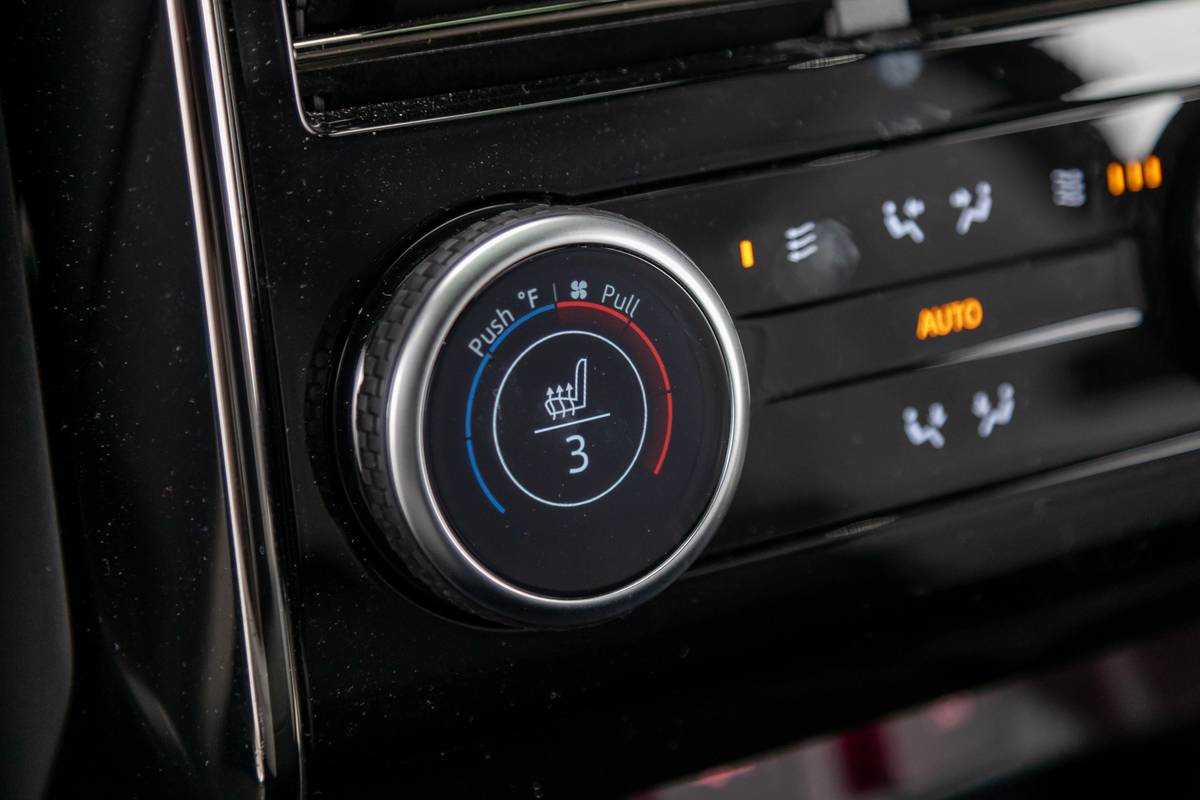
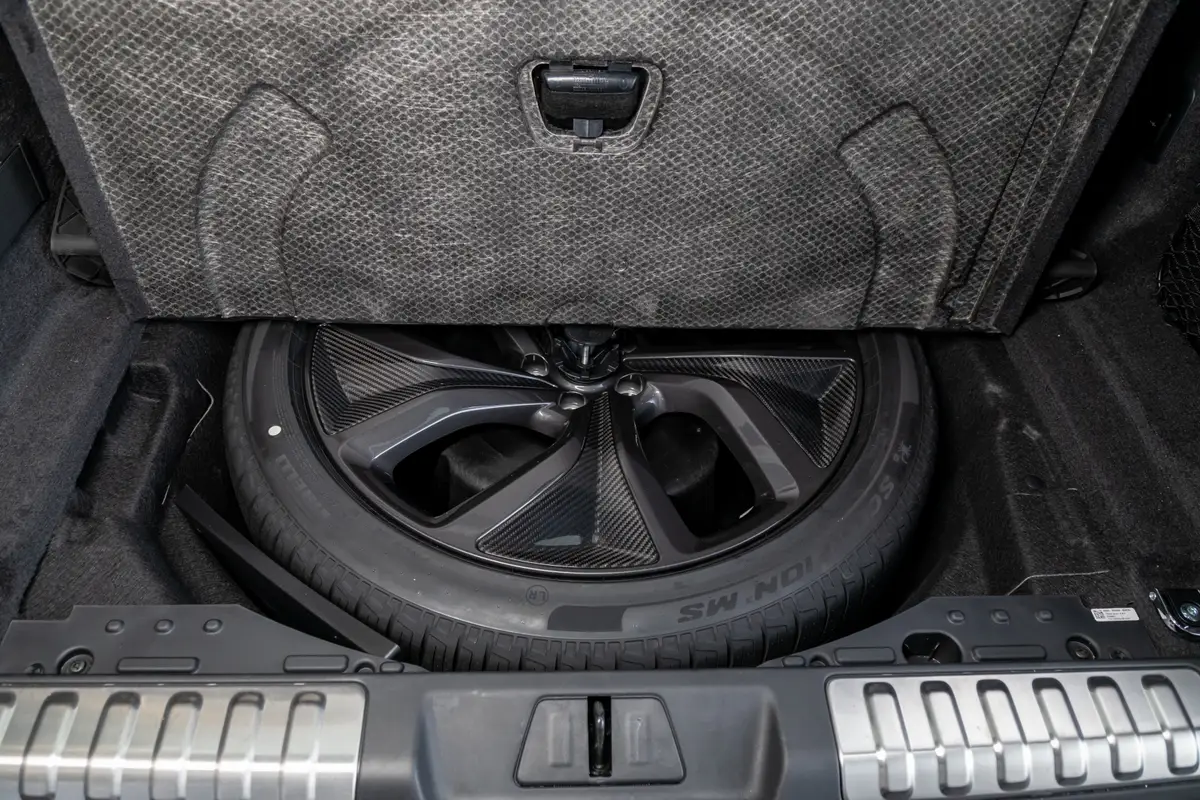
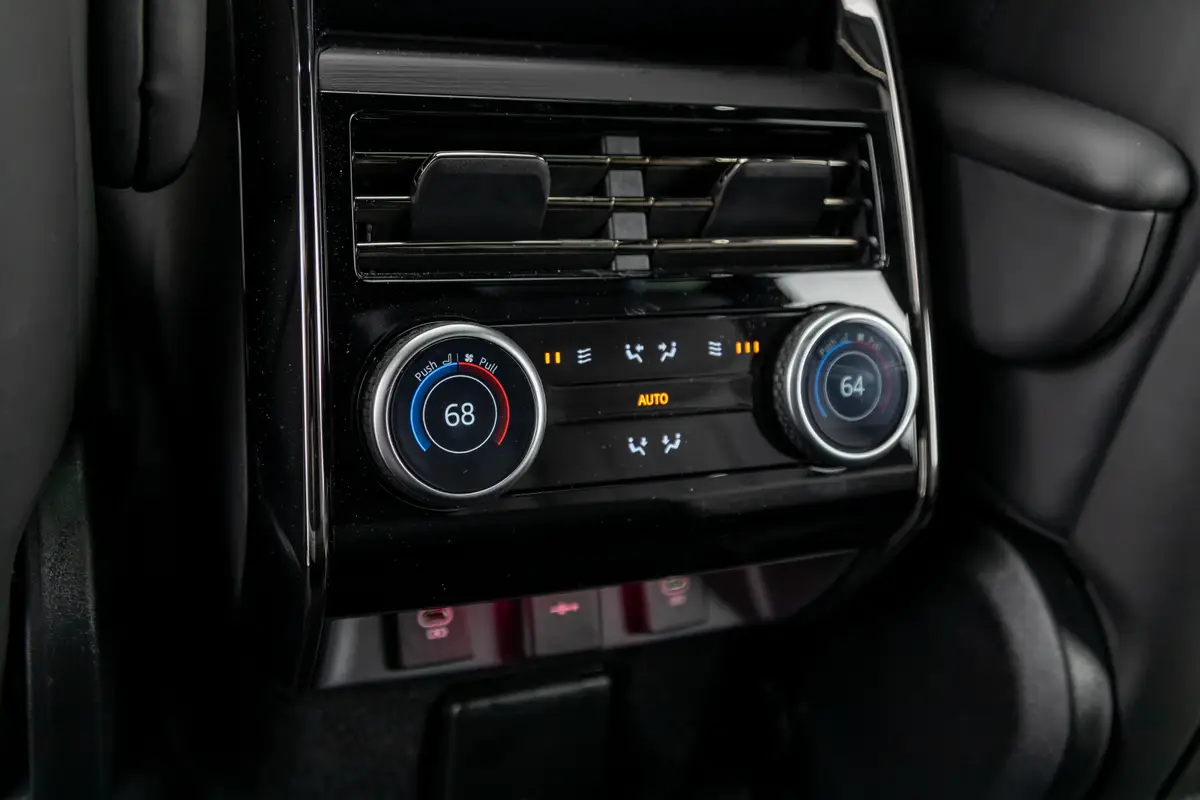
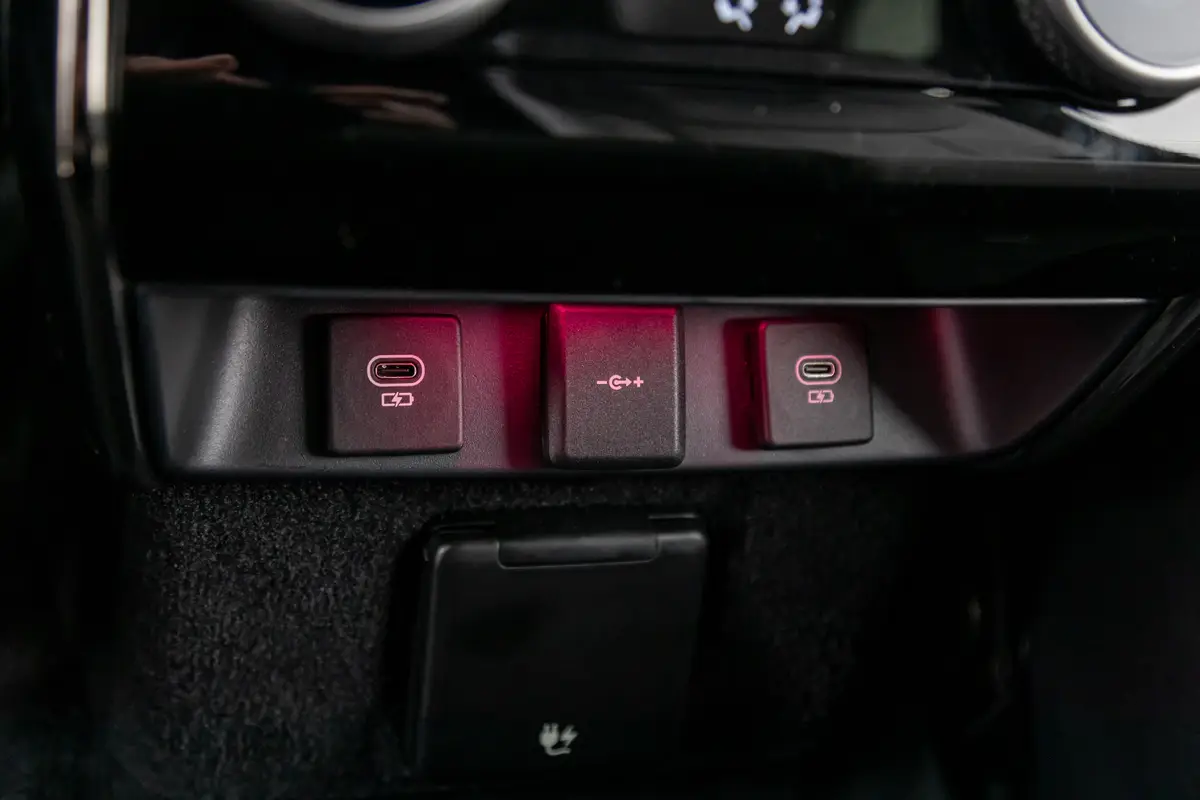
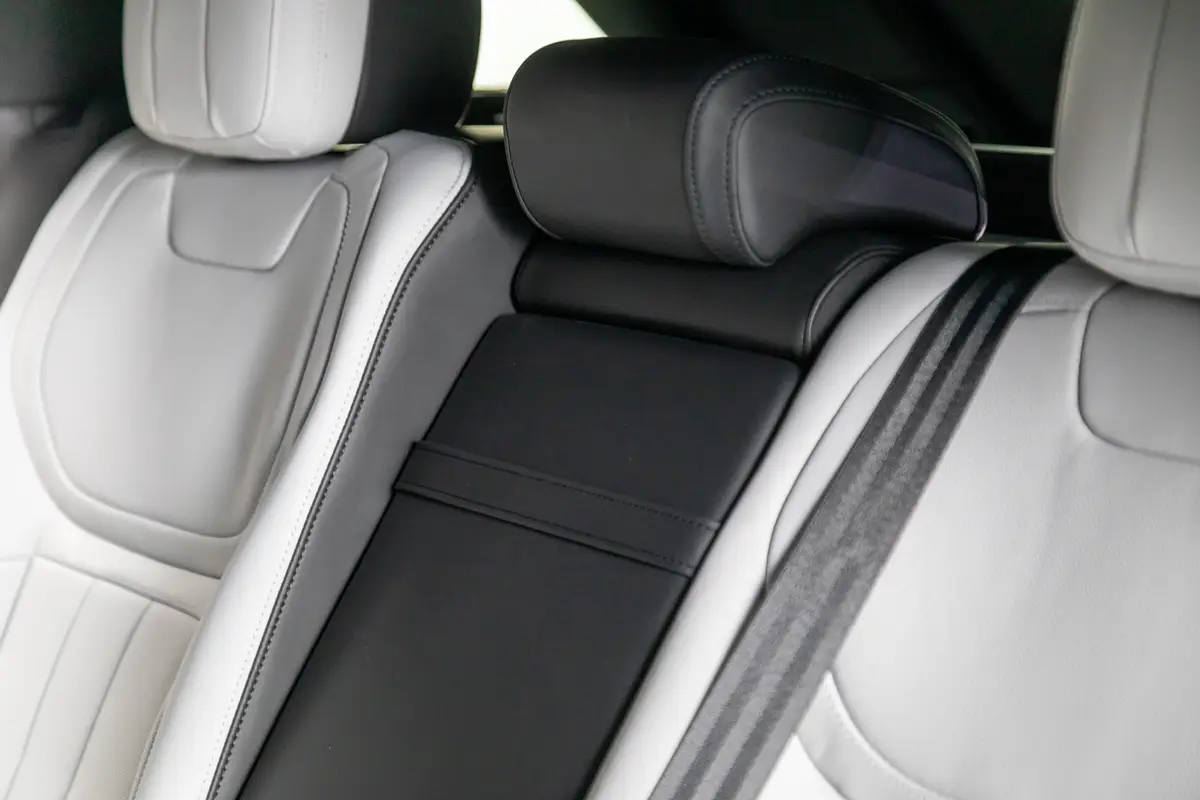
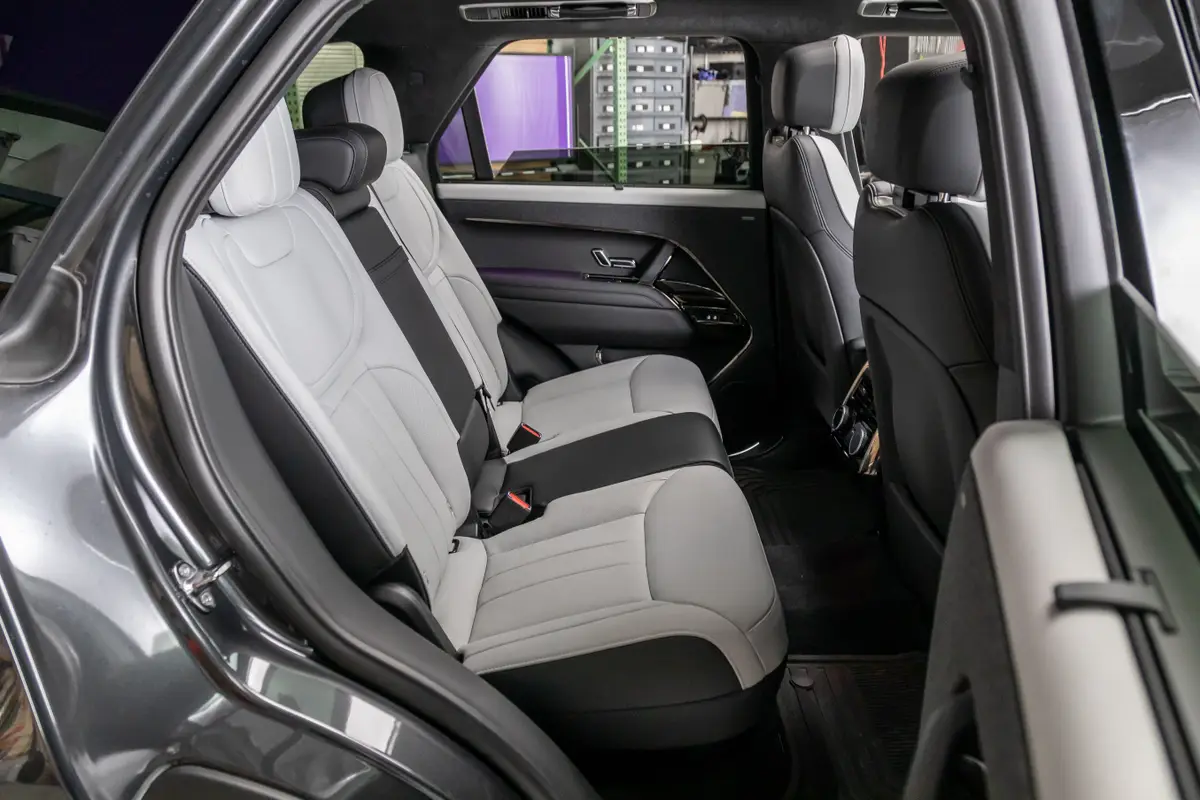
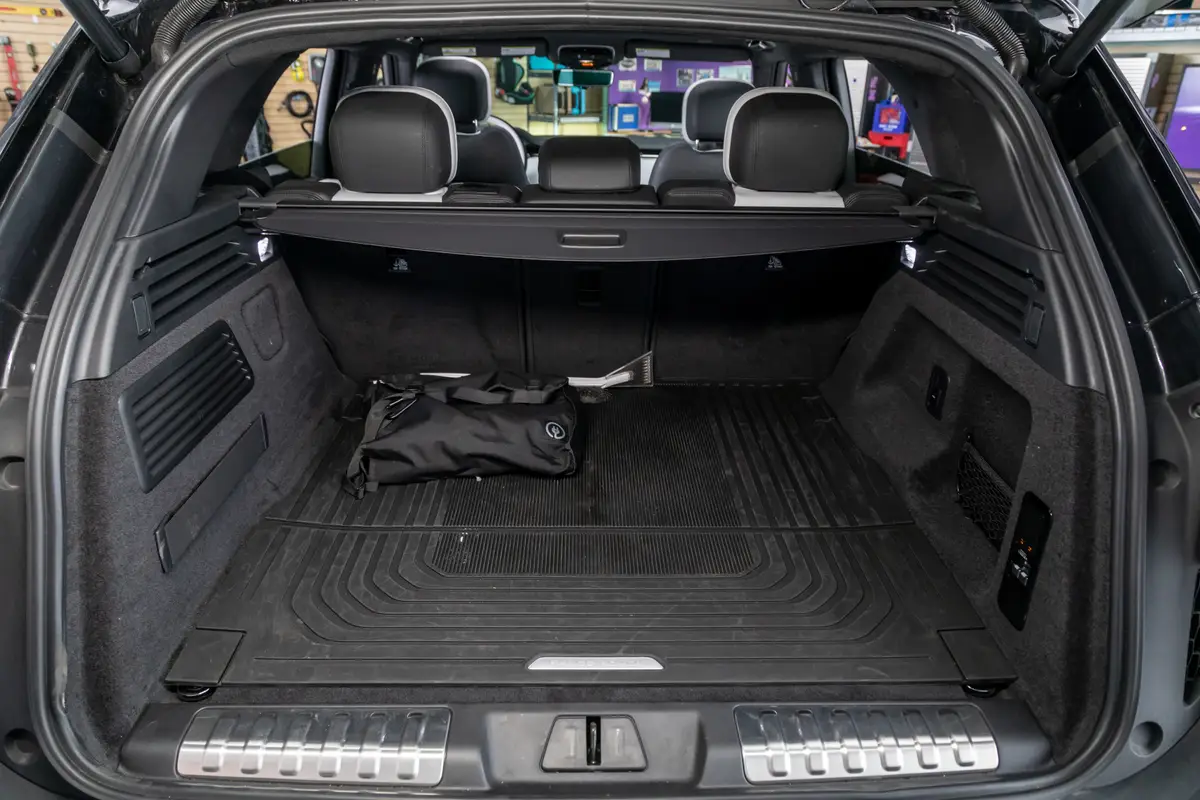
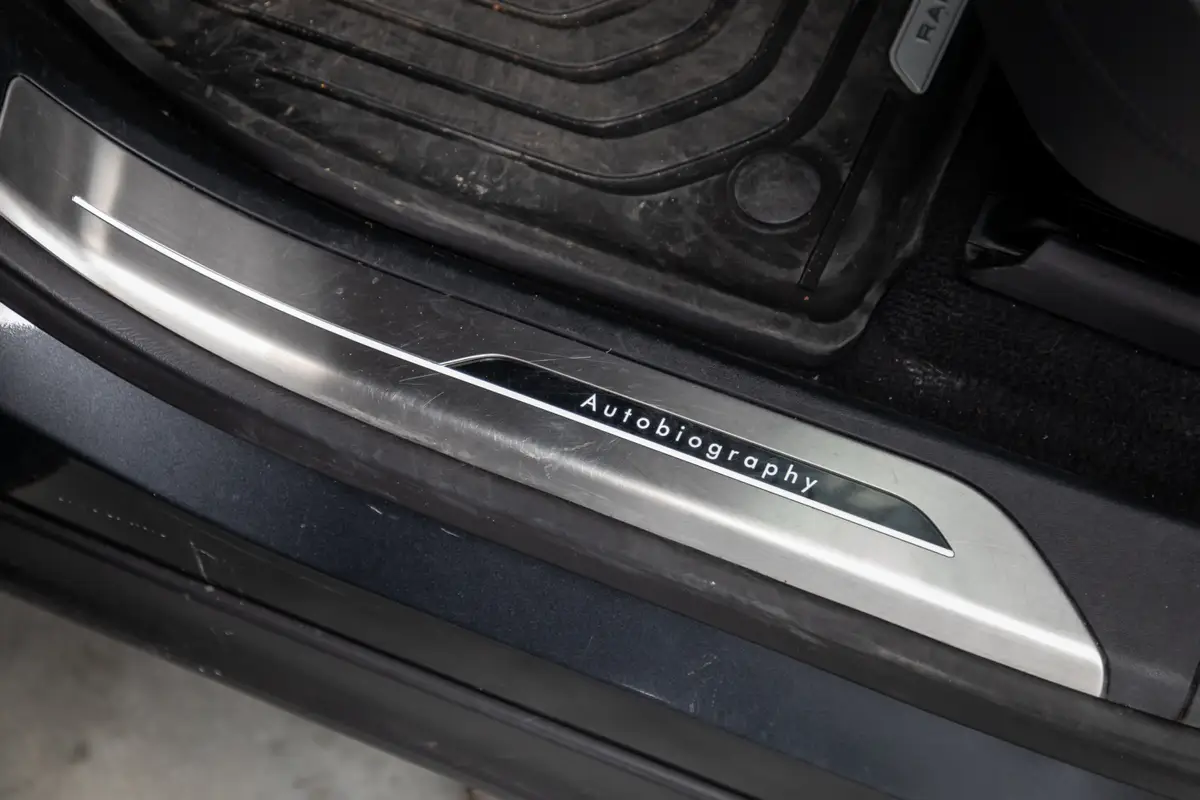
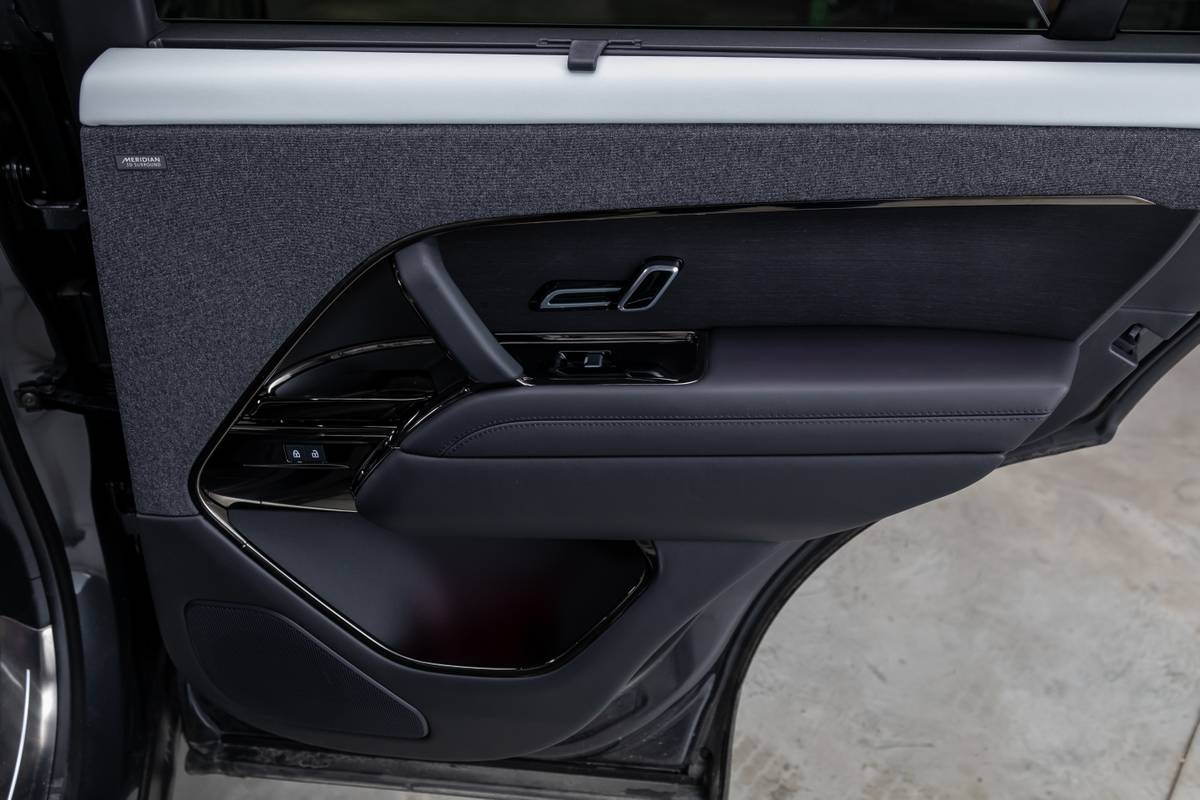
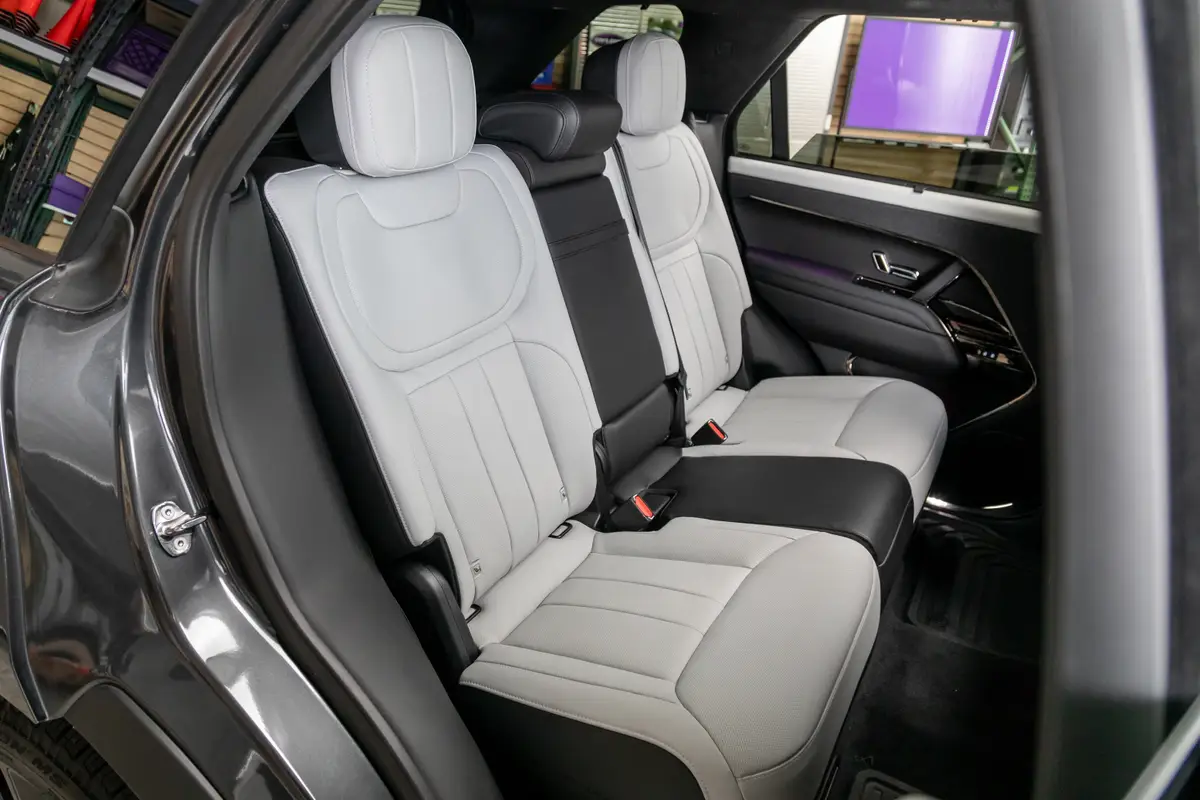
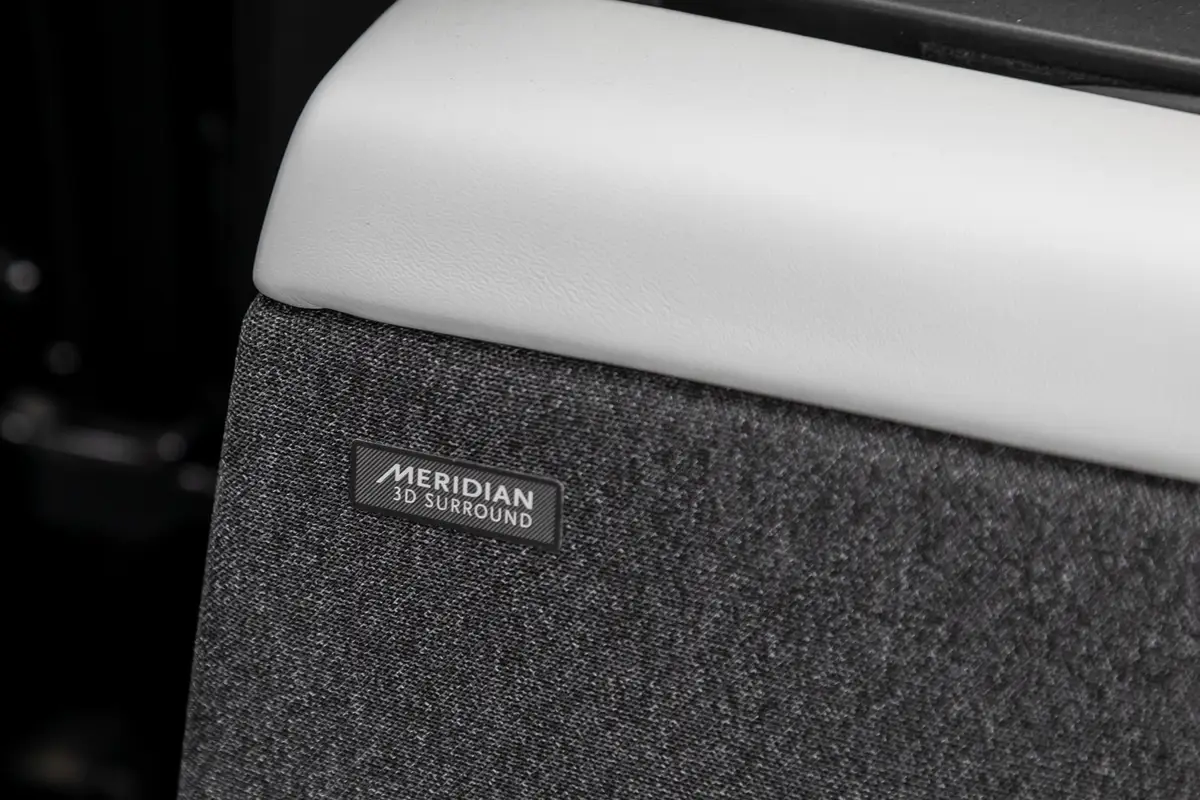
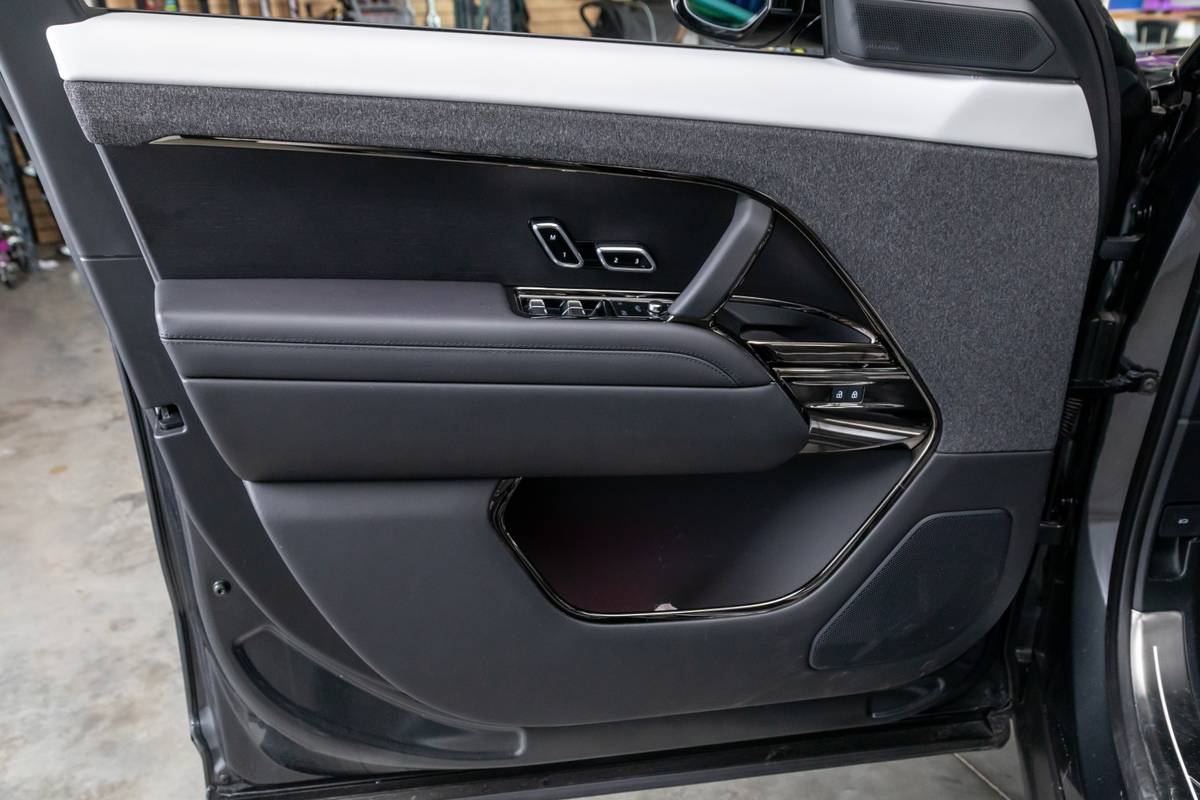
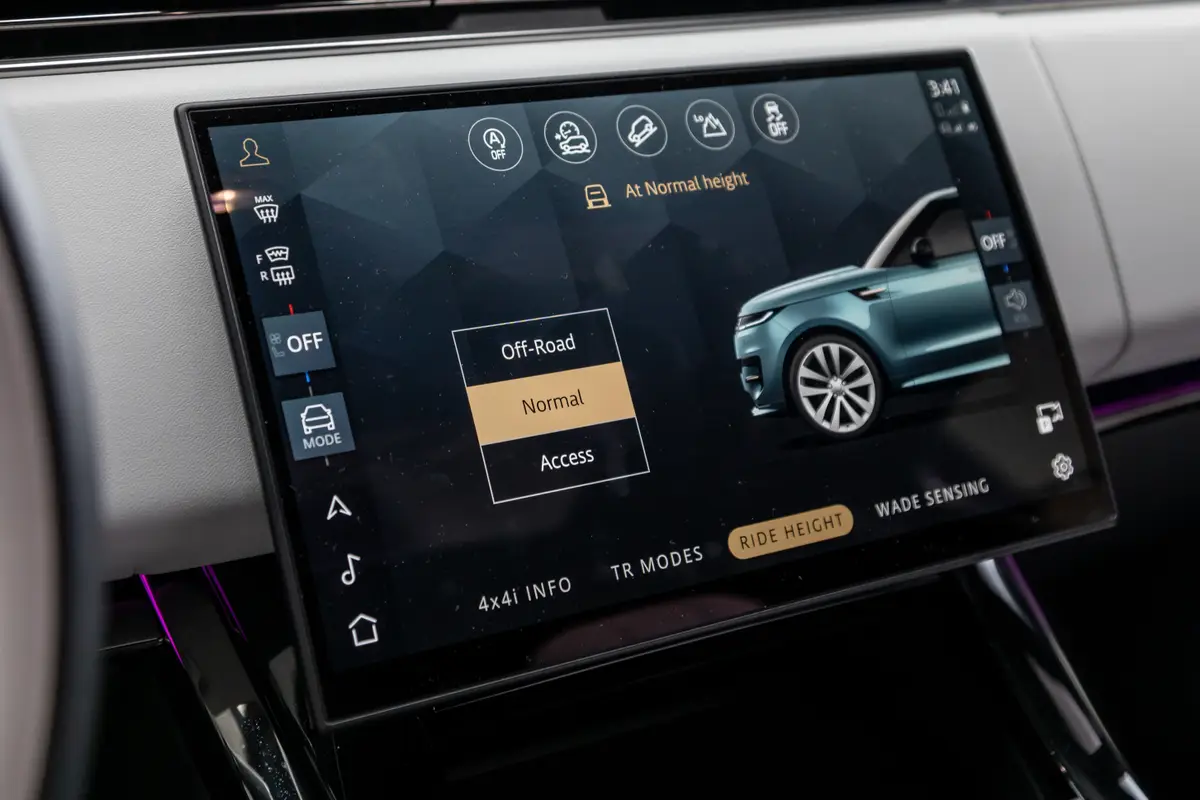

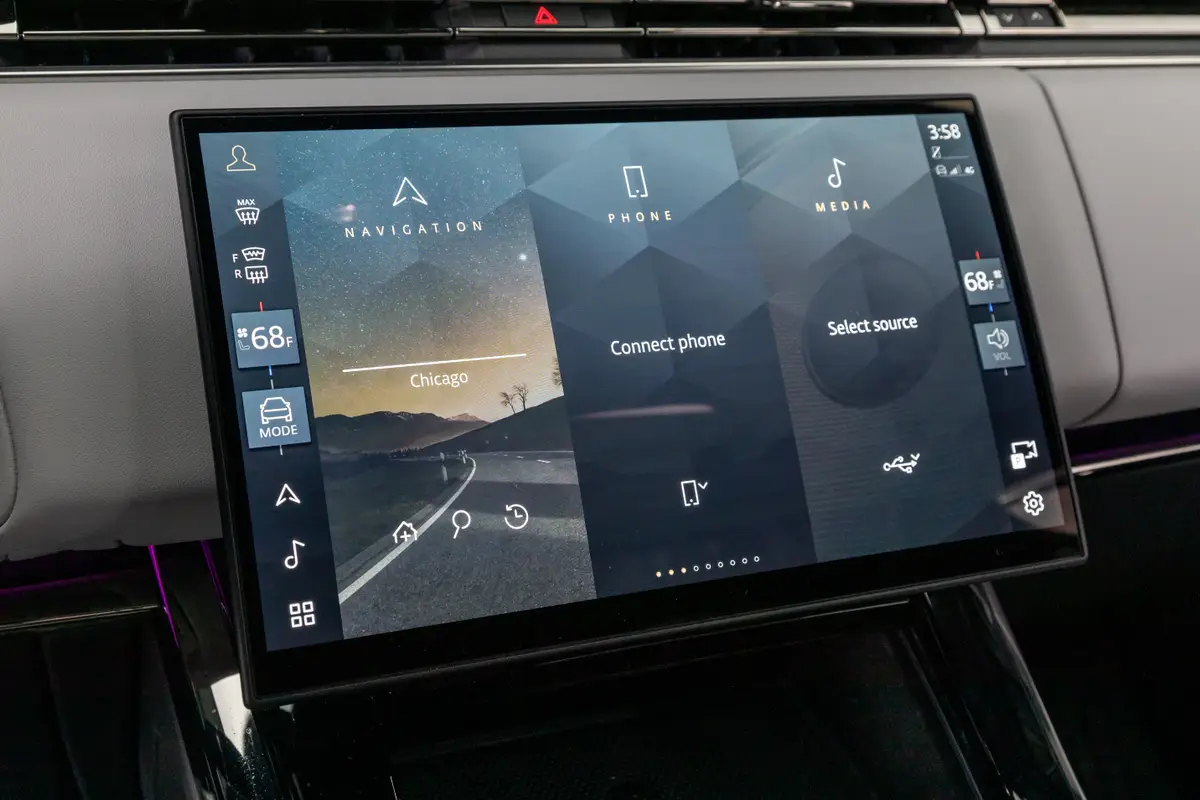
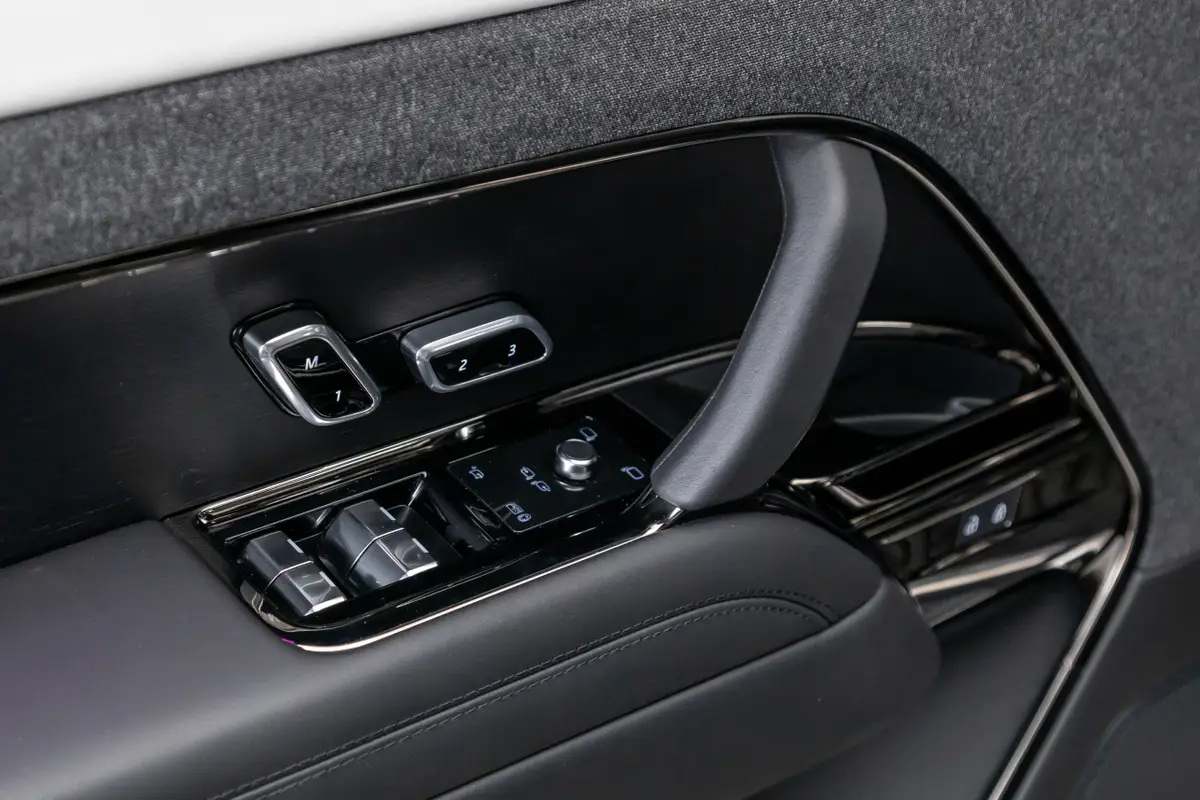
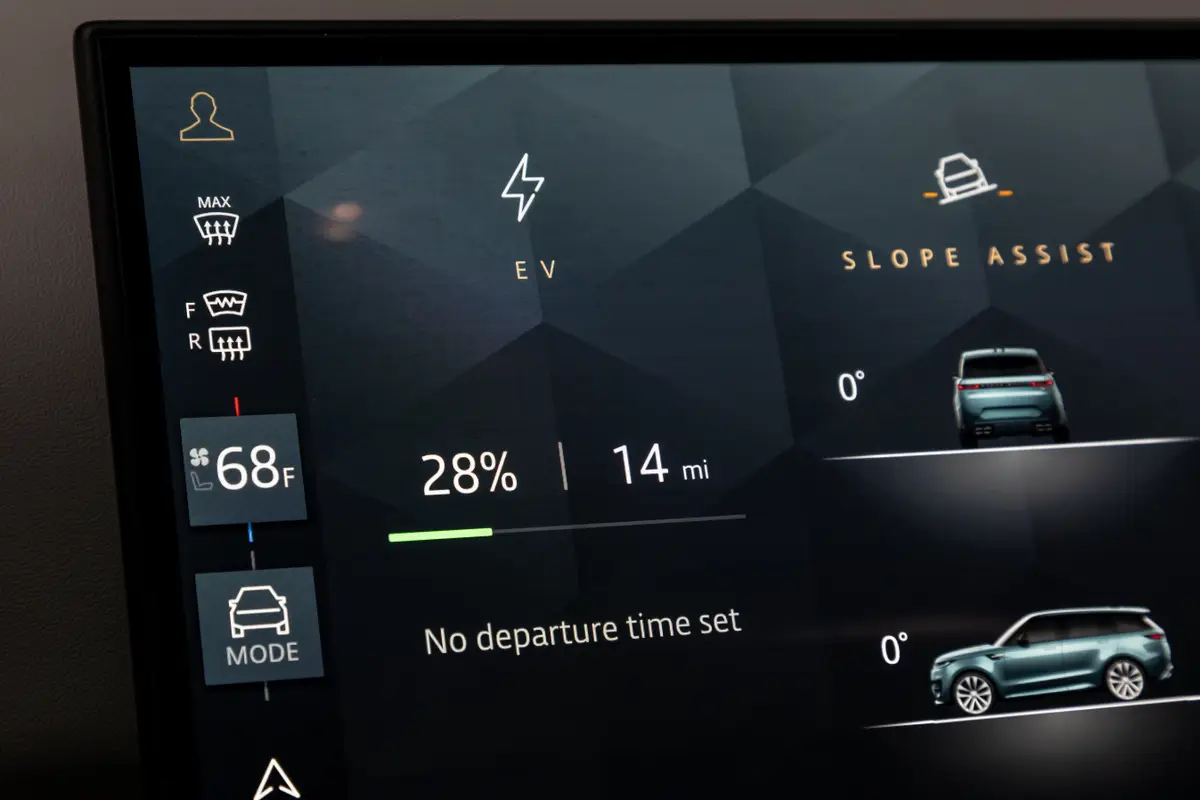
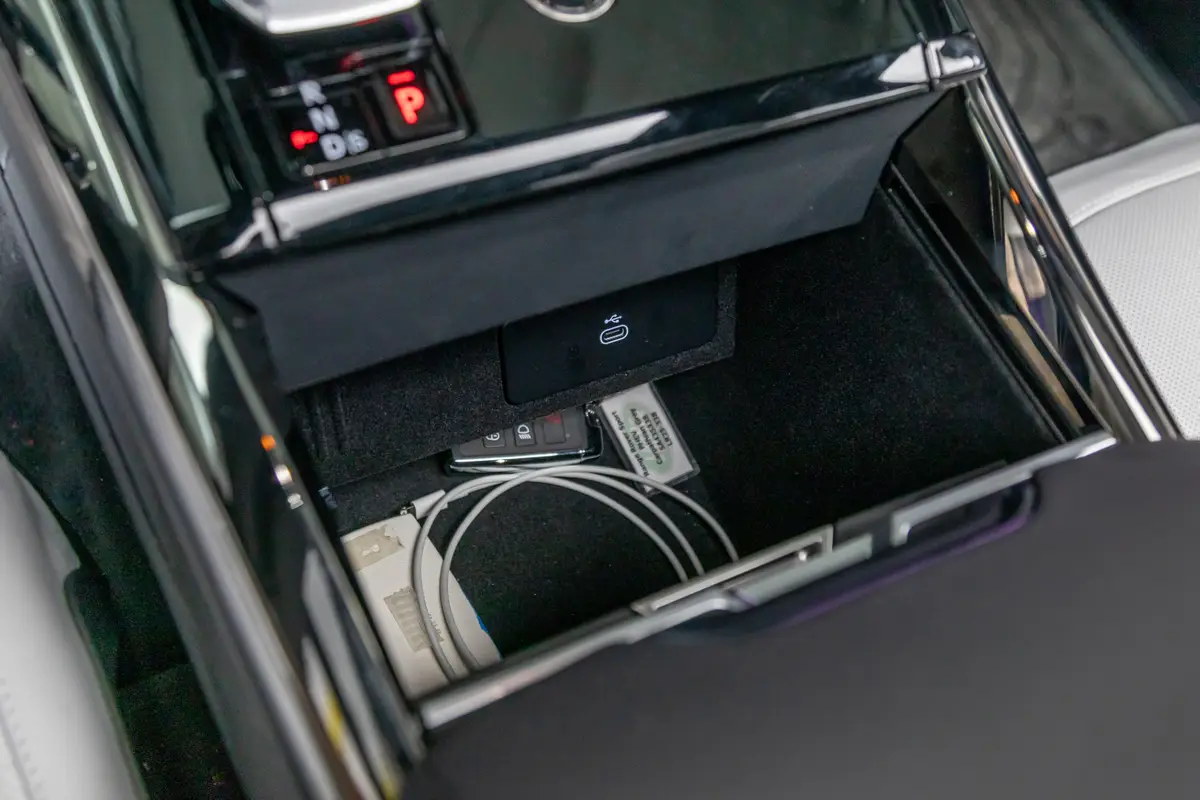
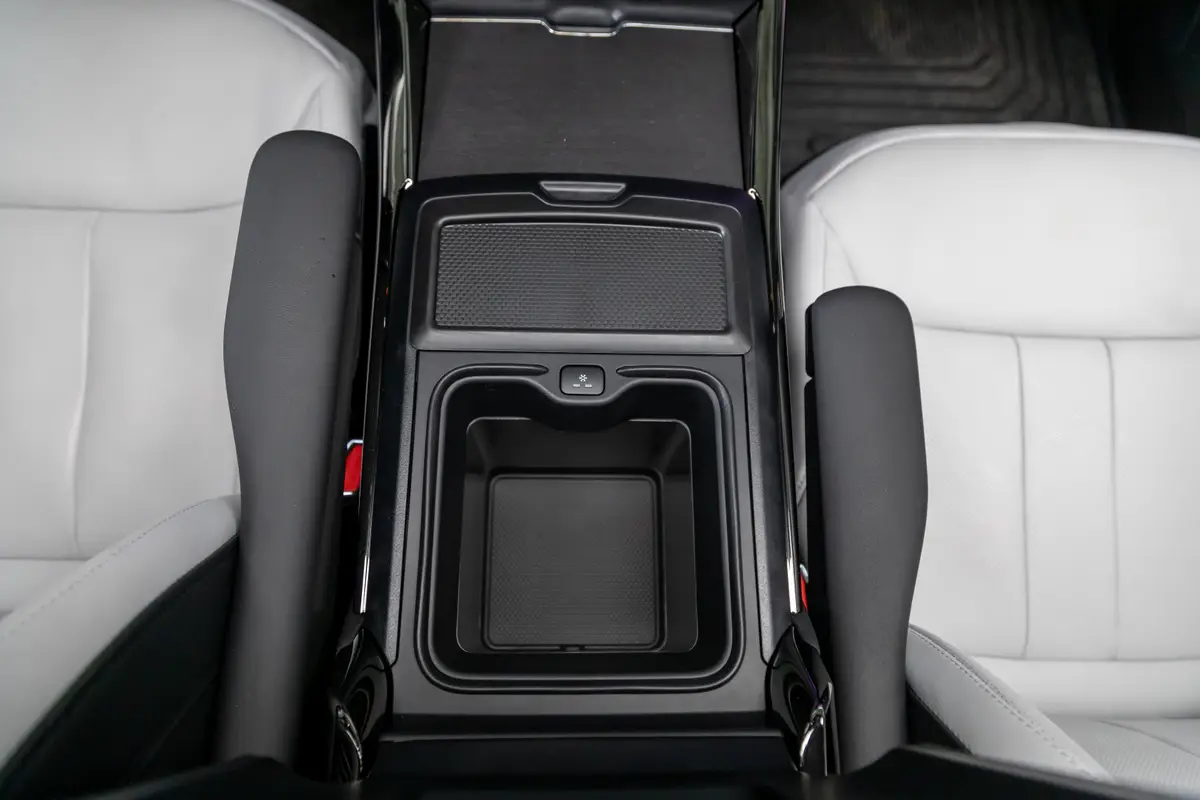
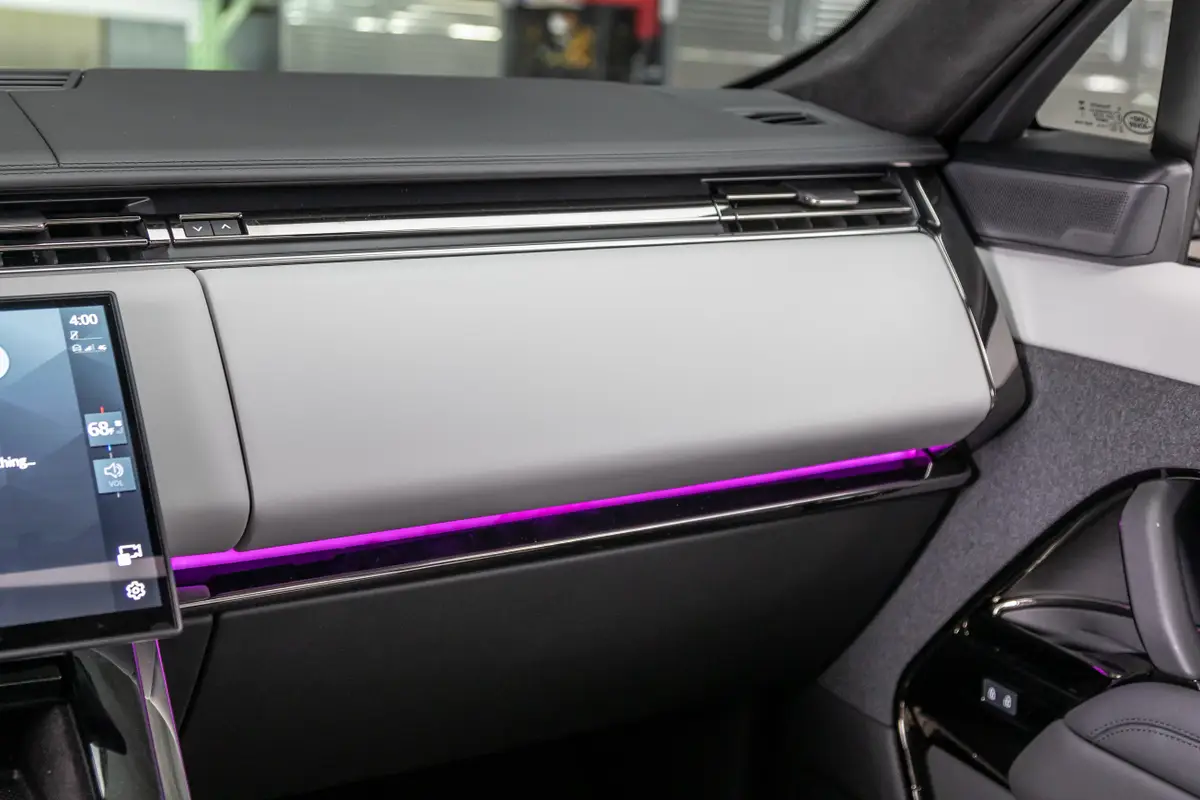
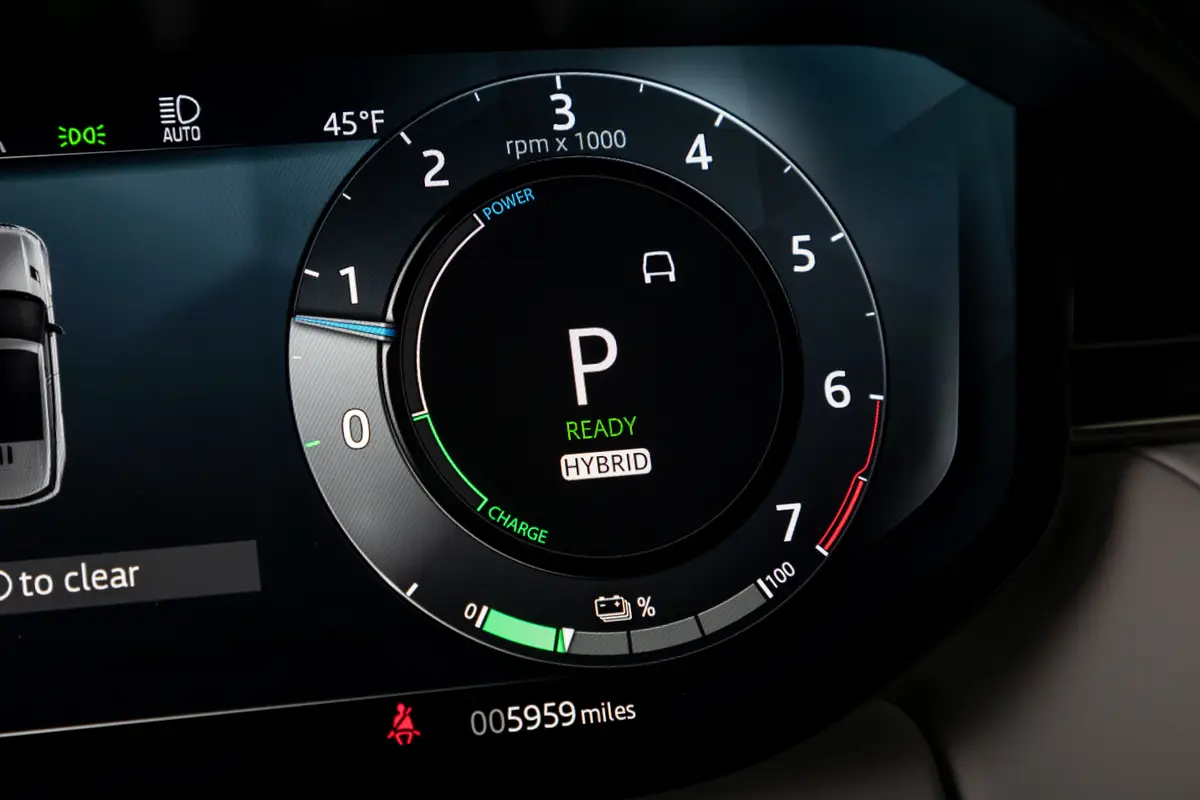

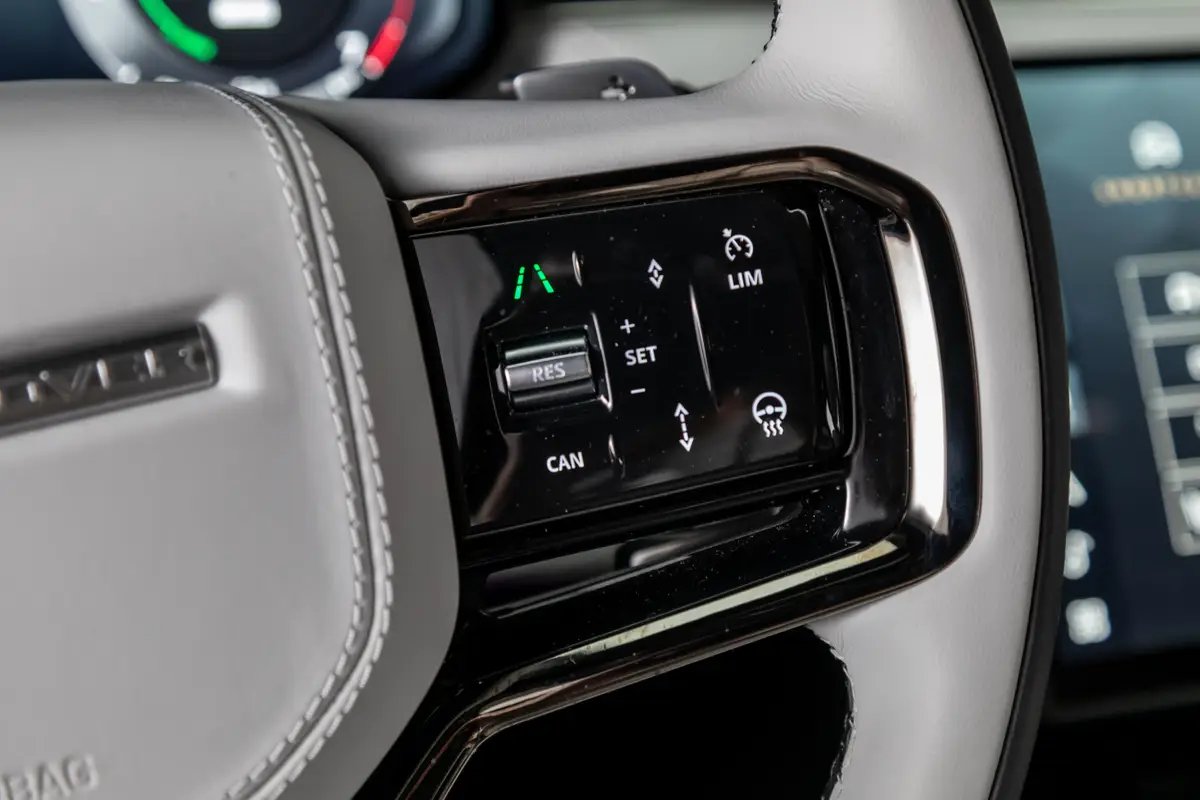
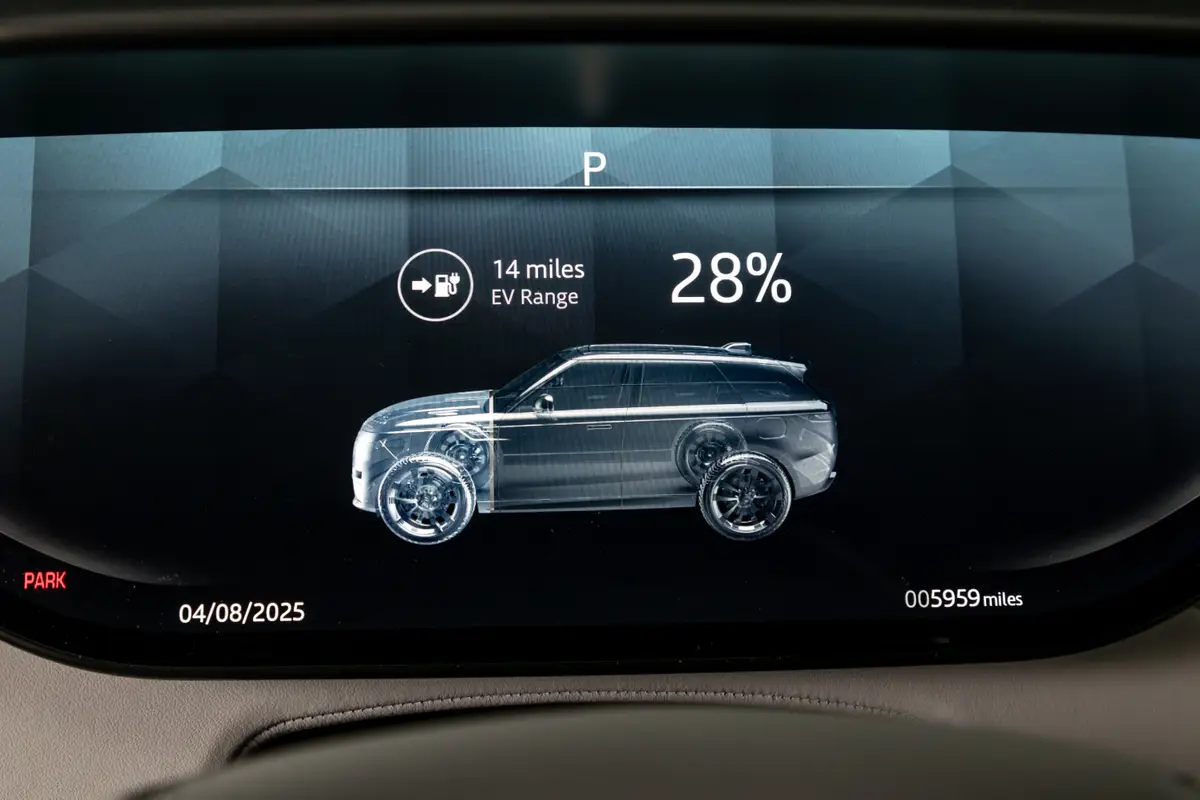
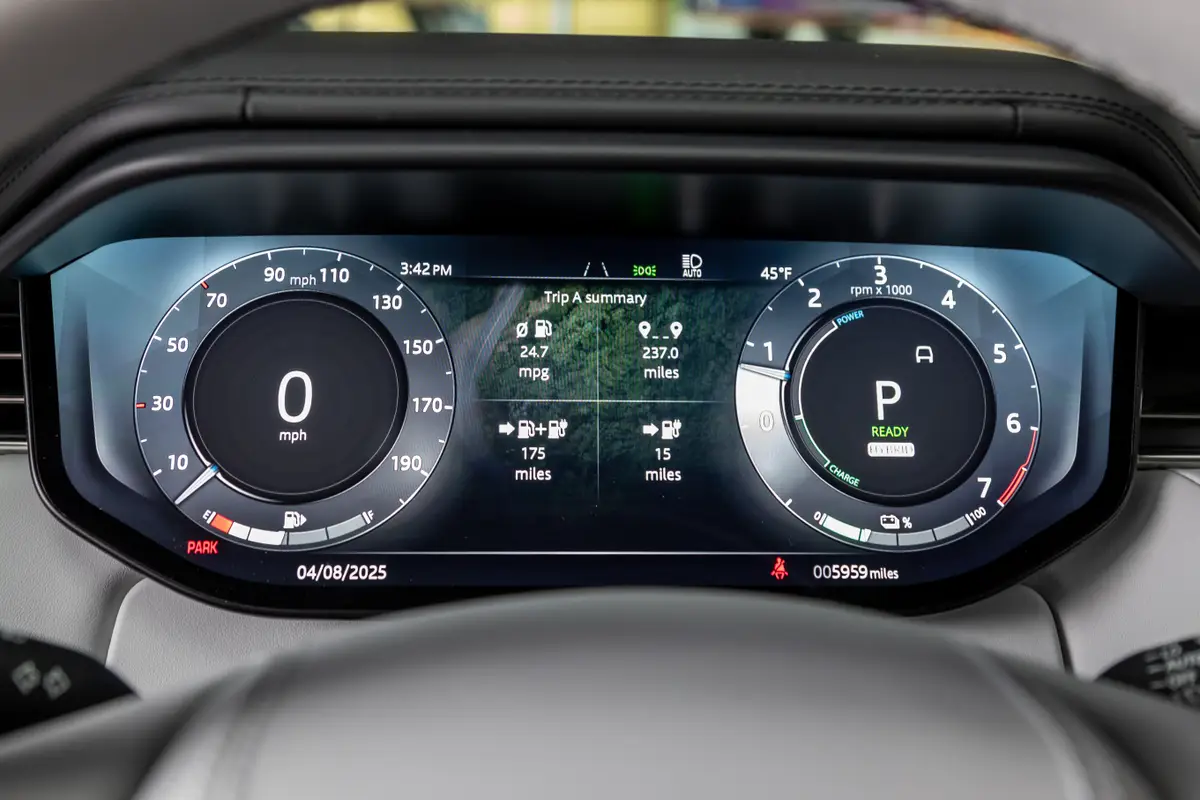
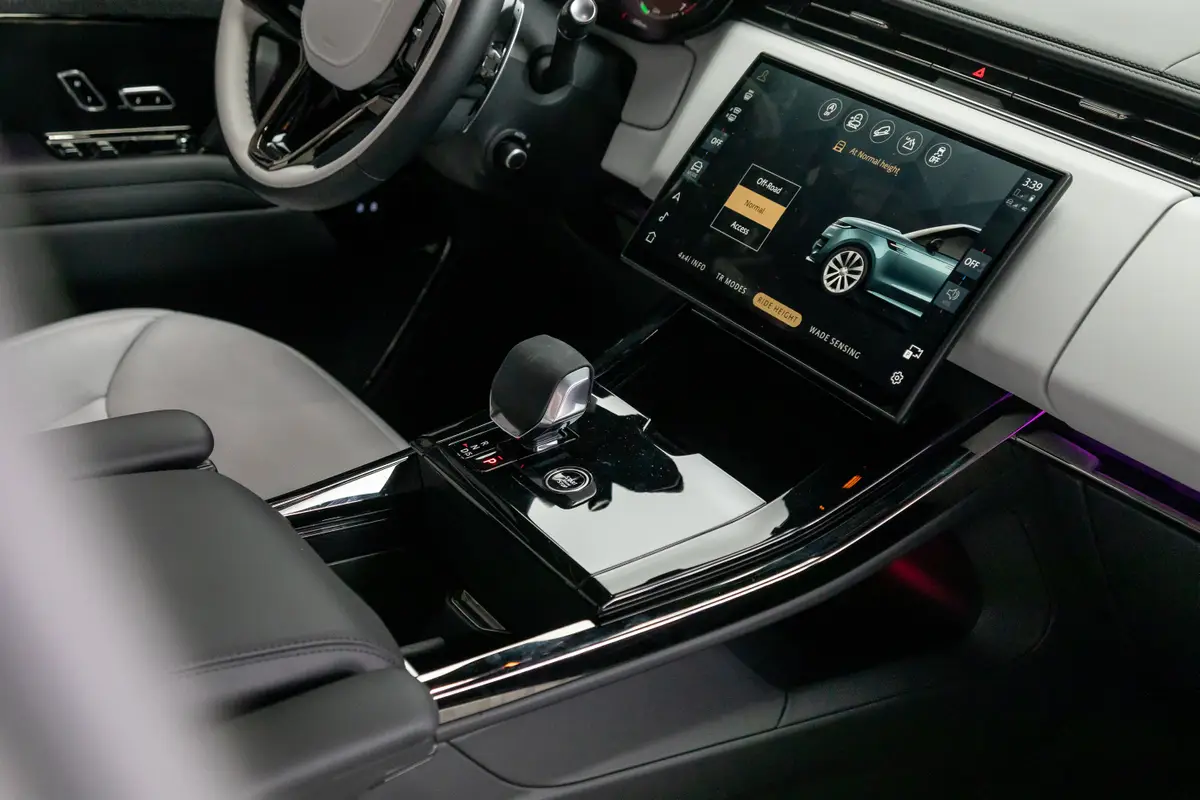
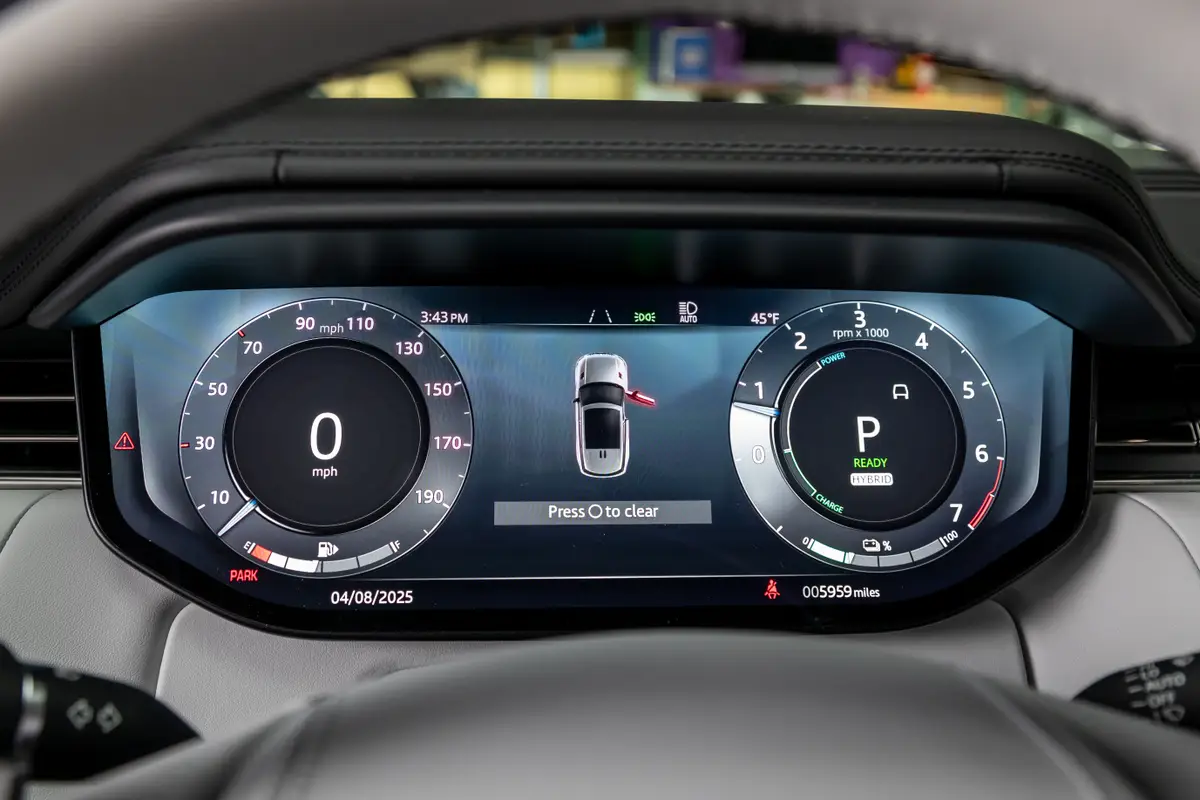
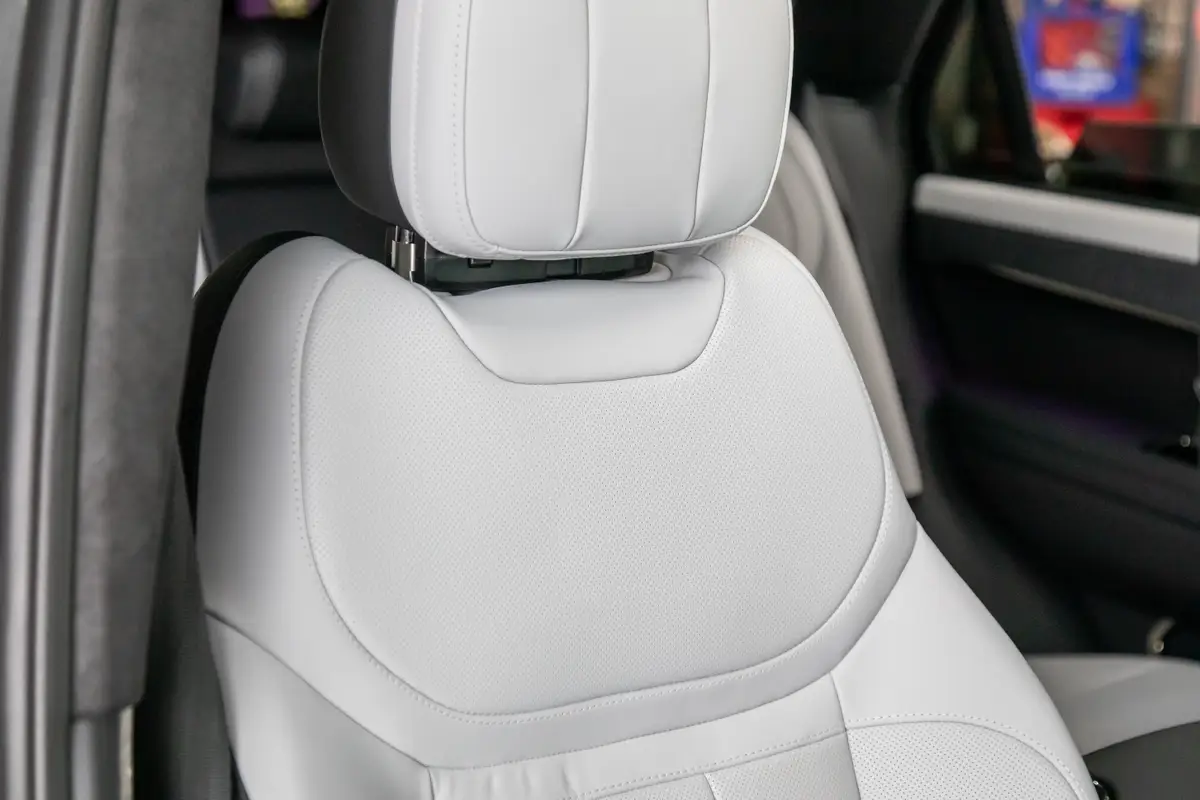

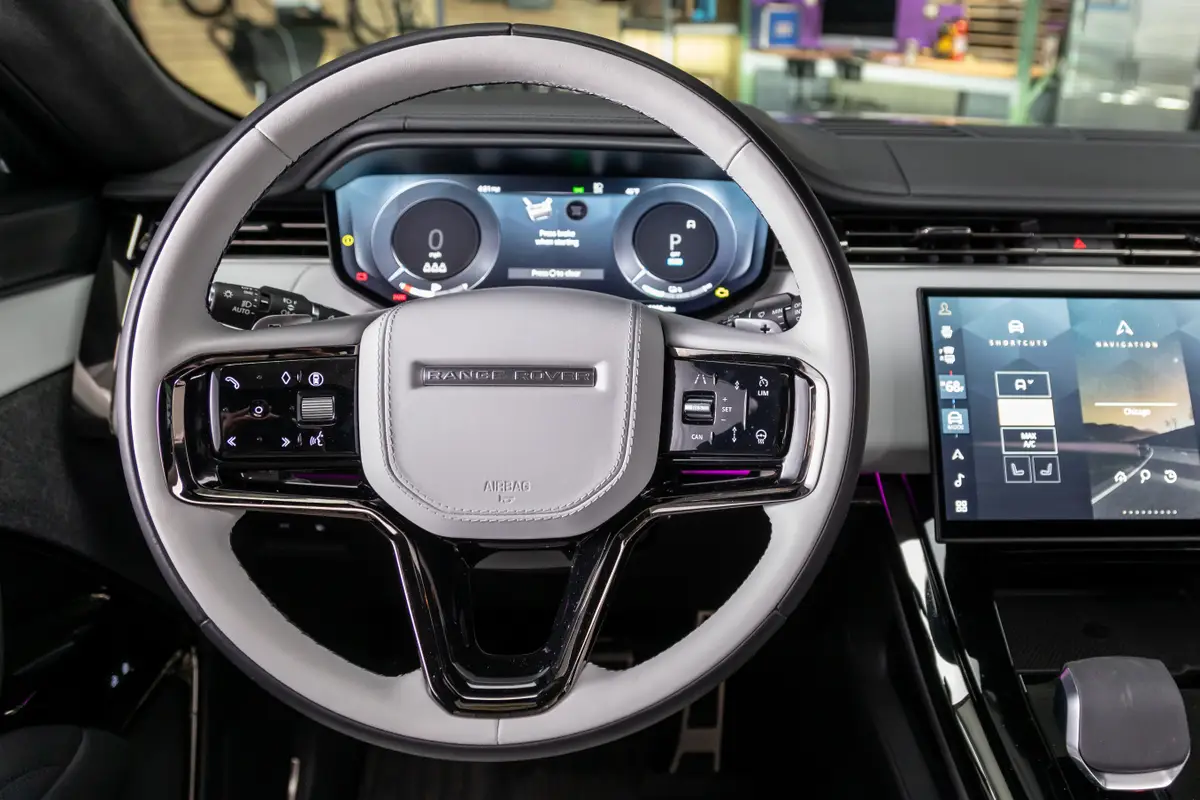
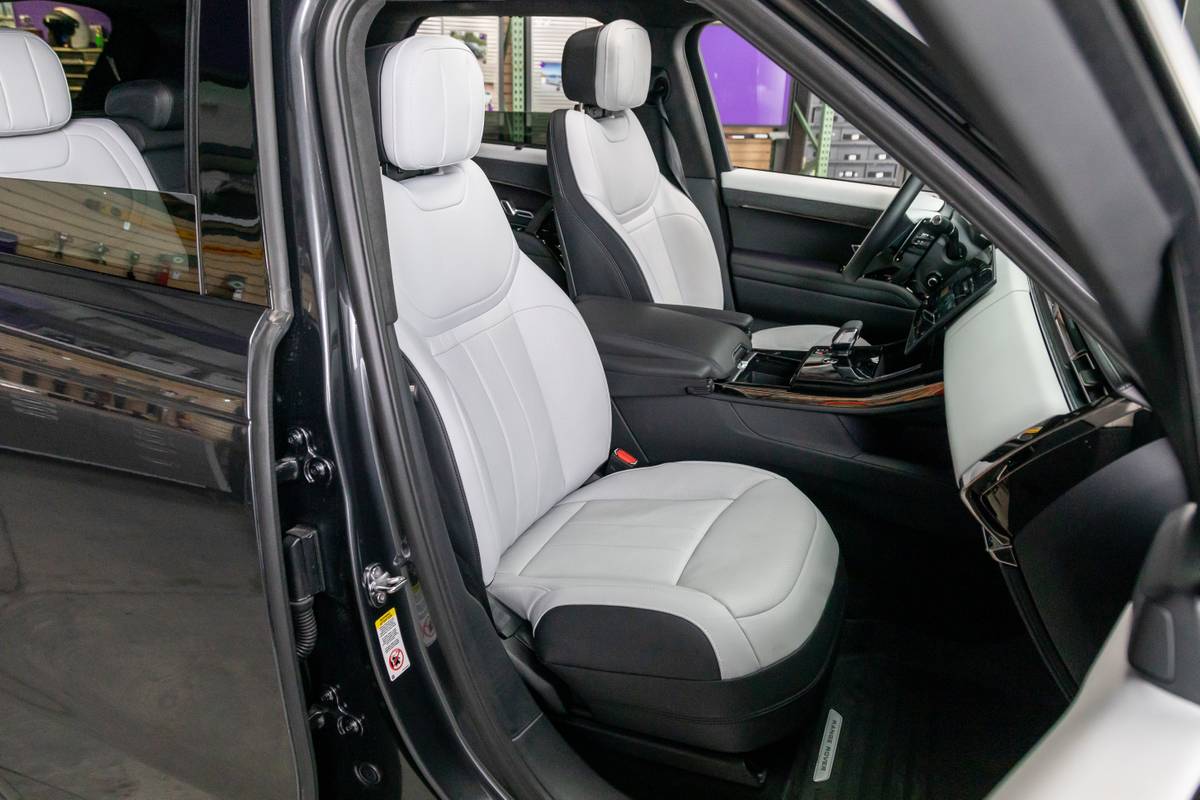
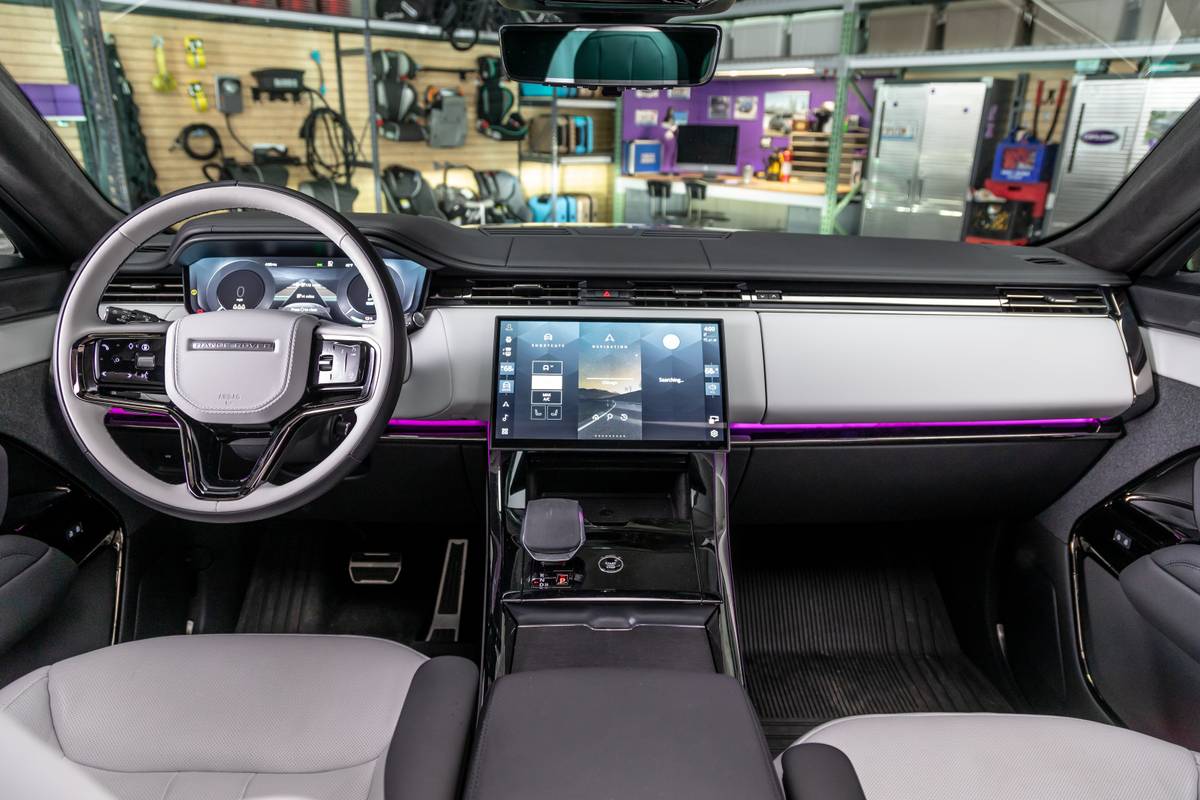

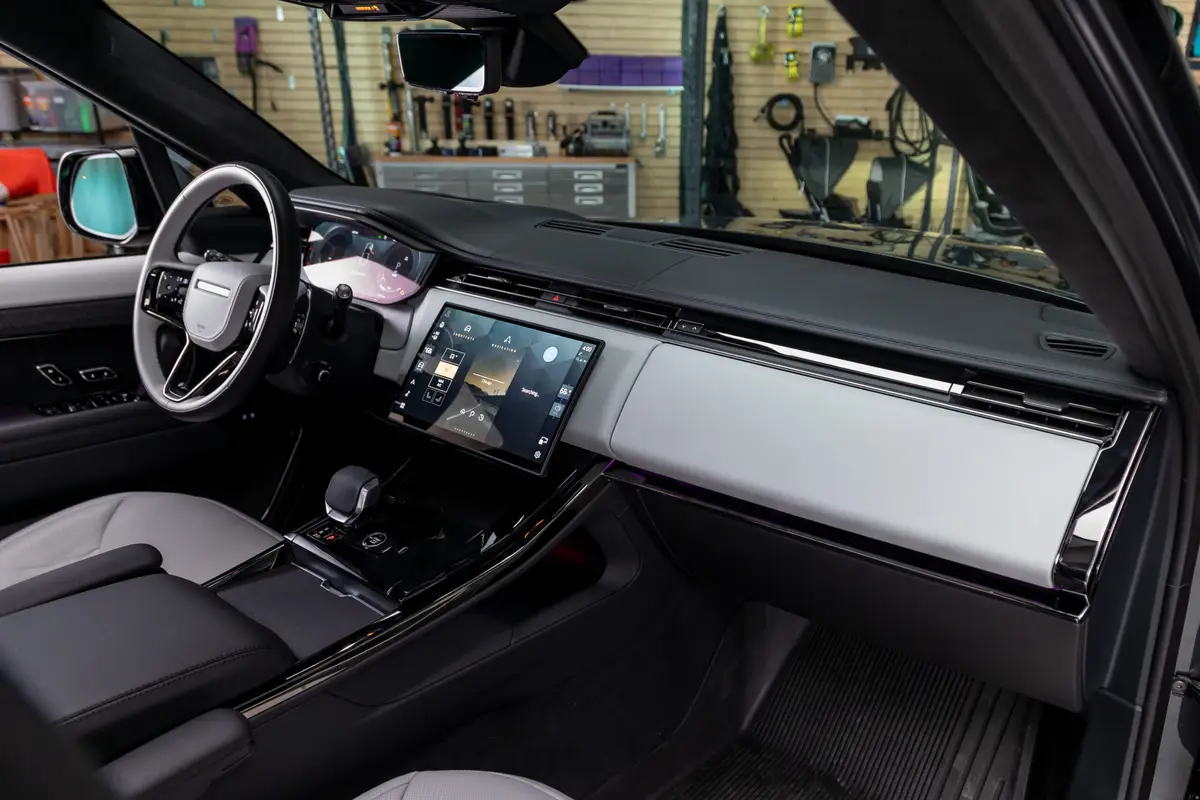
1 / 34Land Rover Range Rover Sport 2025 P550 PHEV Autobiography | Cars.com photo by Christian Lantry
With what feels like well-stuffed lounge chairs for front seats, the Range Rover Sport Autobiography coddles occupants up front, and its semi-aniline leather upholstery looks and feels fantastic. The same is true in the backseat, which has a power-recline feature for when your passengers really need to relax.
The glaring issues with the interior, and what keep me from calling the Autobiography a perfect luxury vehicle, are the center console and touchscreen. The piano-black console is a genuine fingerprint magnet, and it lacks useful storage spaces of any kind. The cooler compartment is nice to have but very small, and other small-item storage is hard to find. And while the 13.1-inch touchscreen works well and is fairly intuitive, it contains all the controls for the audio and climate systems, and it can be distracting to operate while driving.
The touchscreen does provide haptic feedback and requires a meaningful finger press to perform functions, making it harder to adjust something you didn’t intend to, but that changes when using Apple CarPlay. In that application, the screen reverts to a more traditional, feedback-less touchscreen. Switching between the native functions and smartphone mirroring during my time driving the Range Rover Sport inevitably resulted in either over- or under-enthusiastic “button” presses, which was annoying. Adding haptic feedback to CarPlay may be an Apple problem, not a Land Rover one, but I wish whoever can fix it would do so sooner rather than later.
More From Cars.com:
- What Should I Know About Driving My 4×4 in the Snow?
- 2025 Land Rover Defender Octa Is a British Raptor
- Is the 2023 Land Rover Range Rover Sport a Good Luxury SUV? 5 Pros and 5 Cons
- Research the 2025 Land Rover Range Rover Sport
- Shop for a 2025 Land Rover Range Rover Sport Near You
Is the 2025 Range Rover Sport Autobiography PHEV Worth Its Price?
It’s rare for me to feel like a six-figure car is actually worth its astronomical price, but the Range Rover Sport PHEV offers such an excellent driving experience and outstanding luxury that, in this case, it’s worth nearly every penny. If a car could dream, this is what every PHEV would dream of being. Lots of folks may dream of owning a Range Rover someday, but if you’re lucky enough to afford one now, you probably won’t be disappointed with this one.
Cars.com’s Editorial department is your source for automotive news and reviews. In line with Cars.com’s long-standing ethics policy, editors and reviewers don’t accept gifts or free trips from automakers. The Editorial department is independent of Cars.com’s advertising, sales and sponsored content departments.



